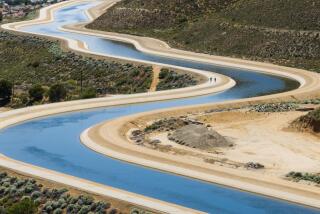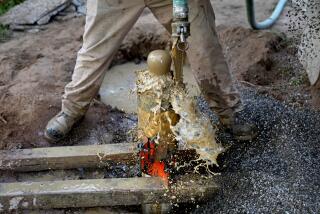Readers React: Animal agriculture is drought intolerant
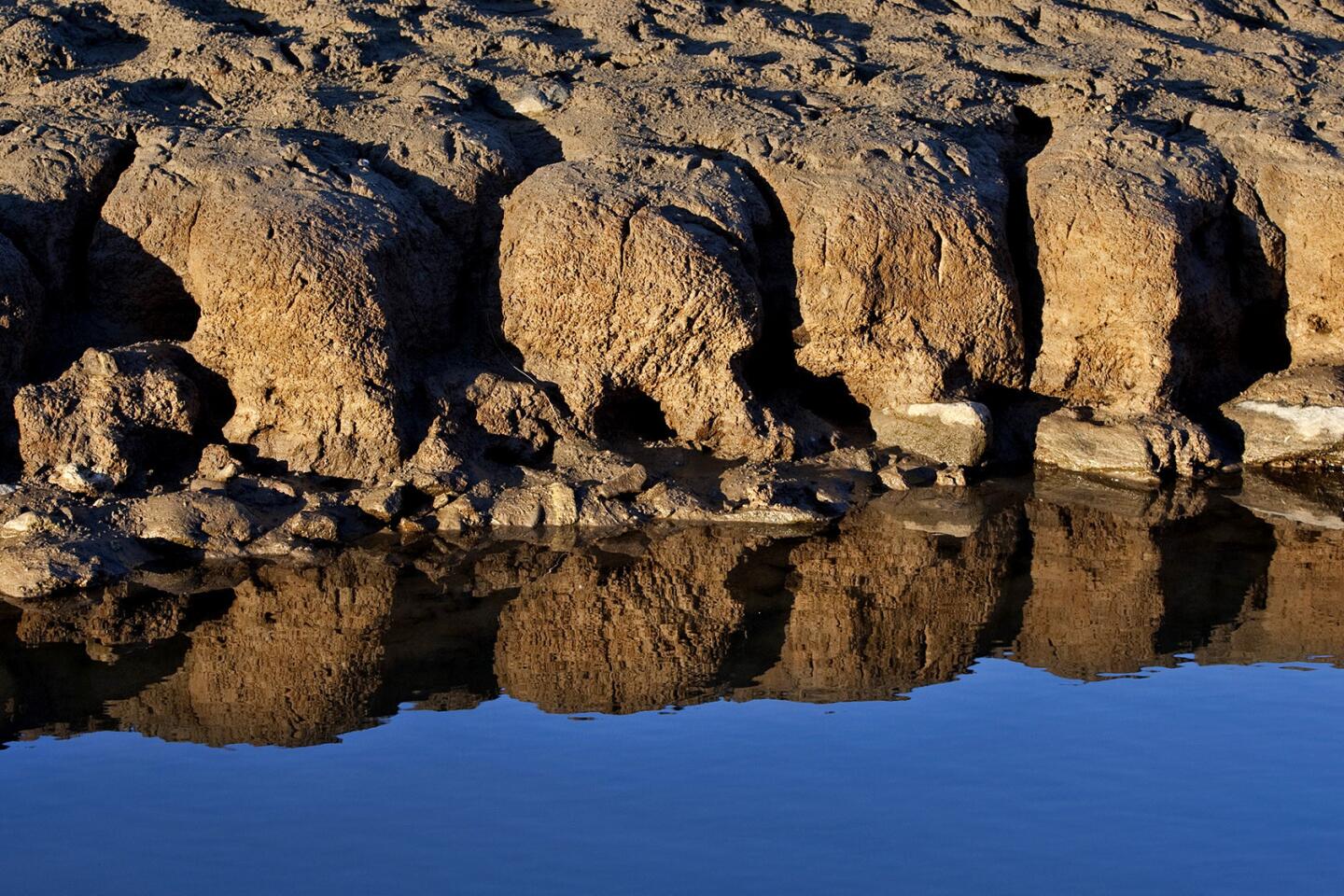

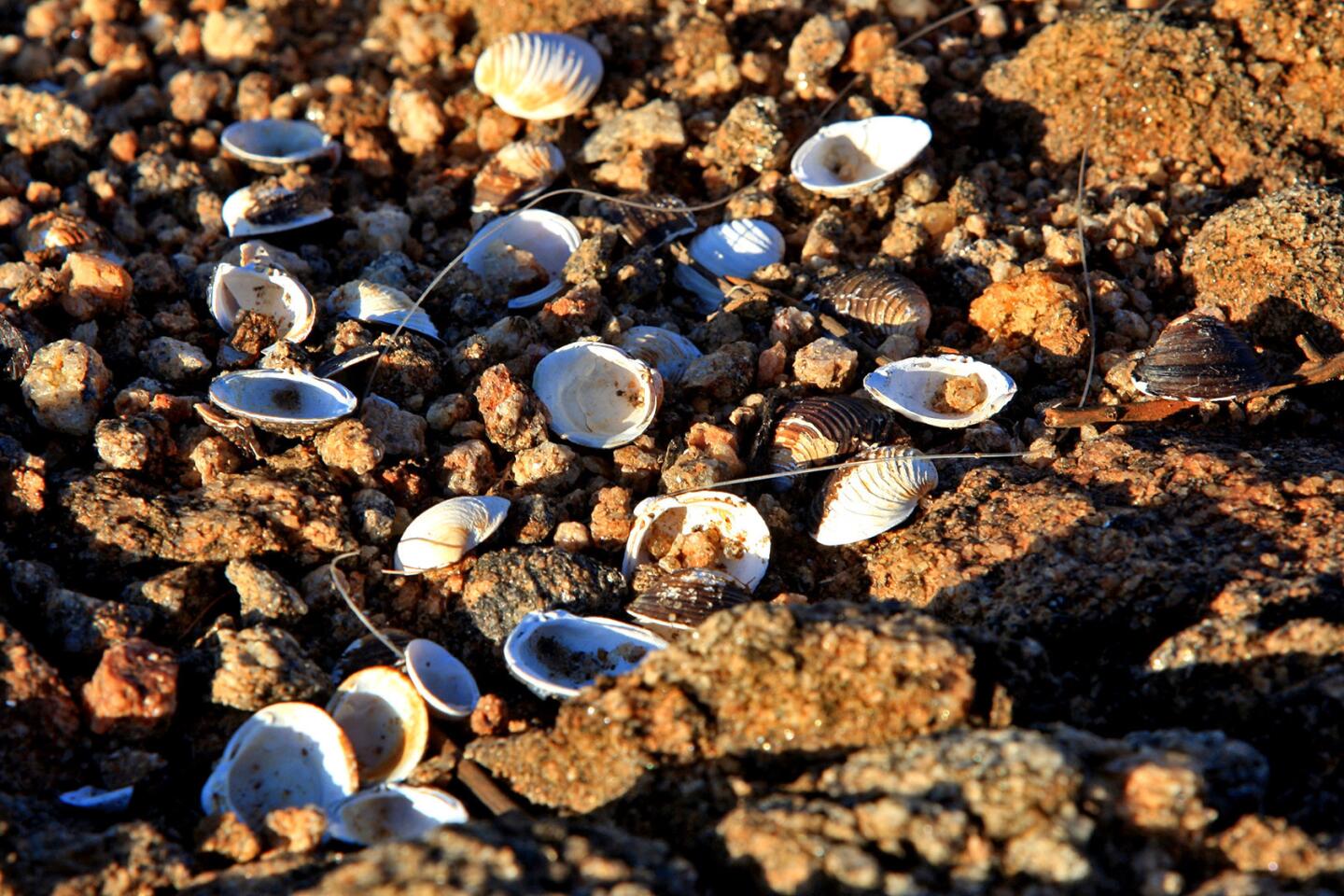
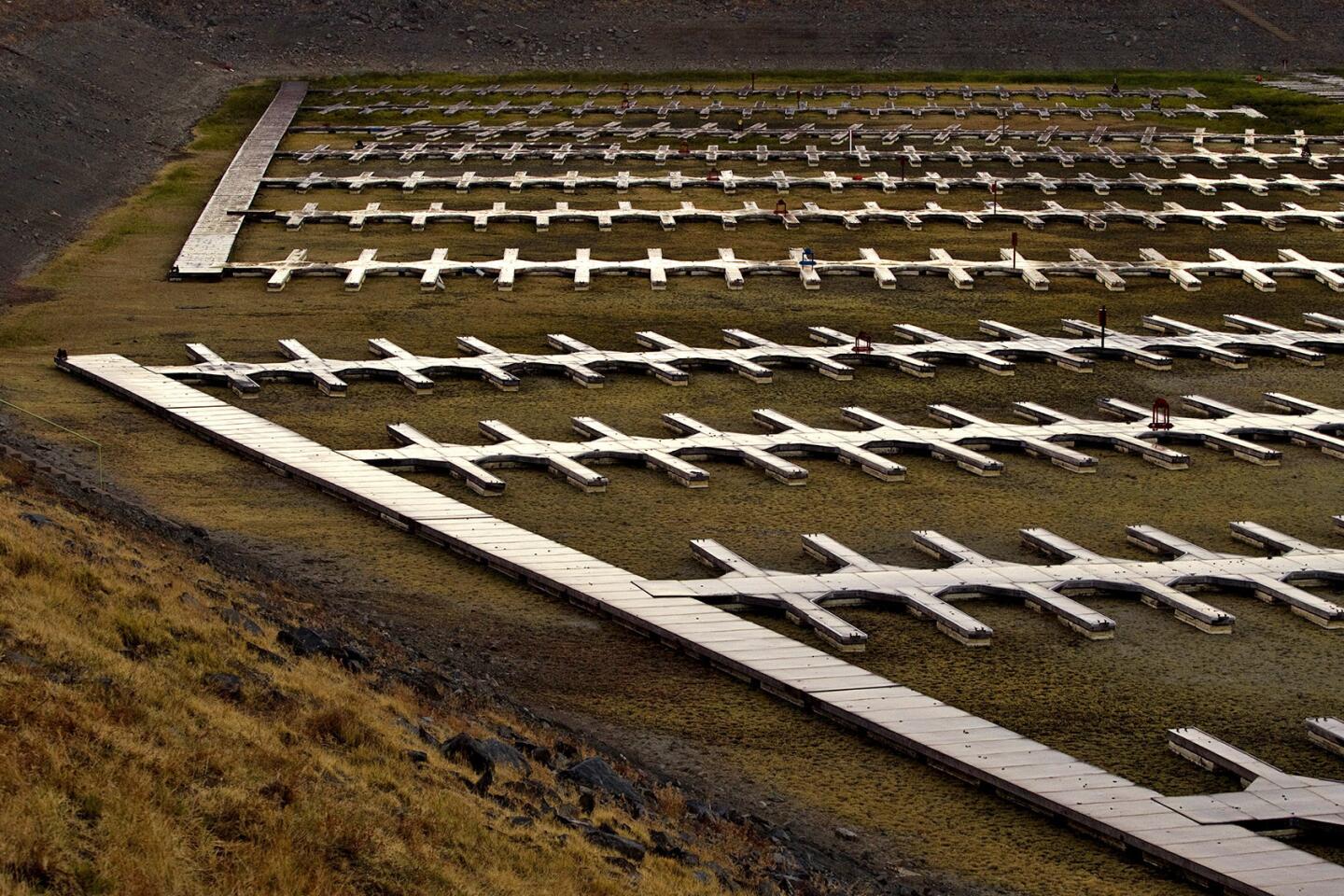
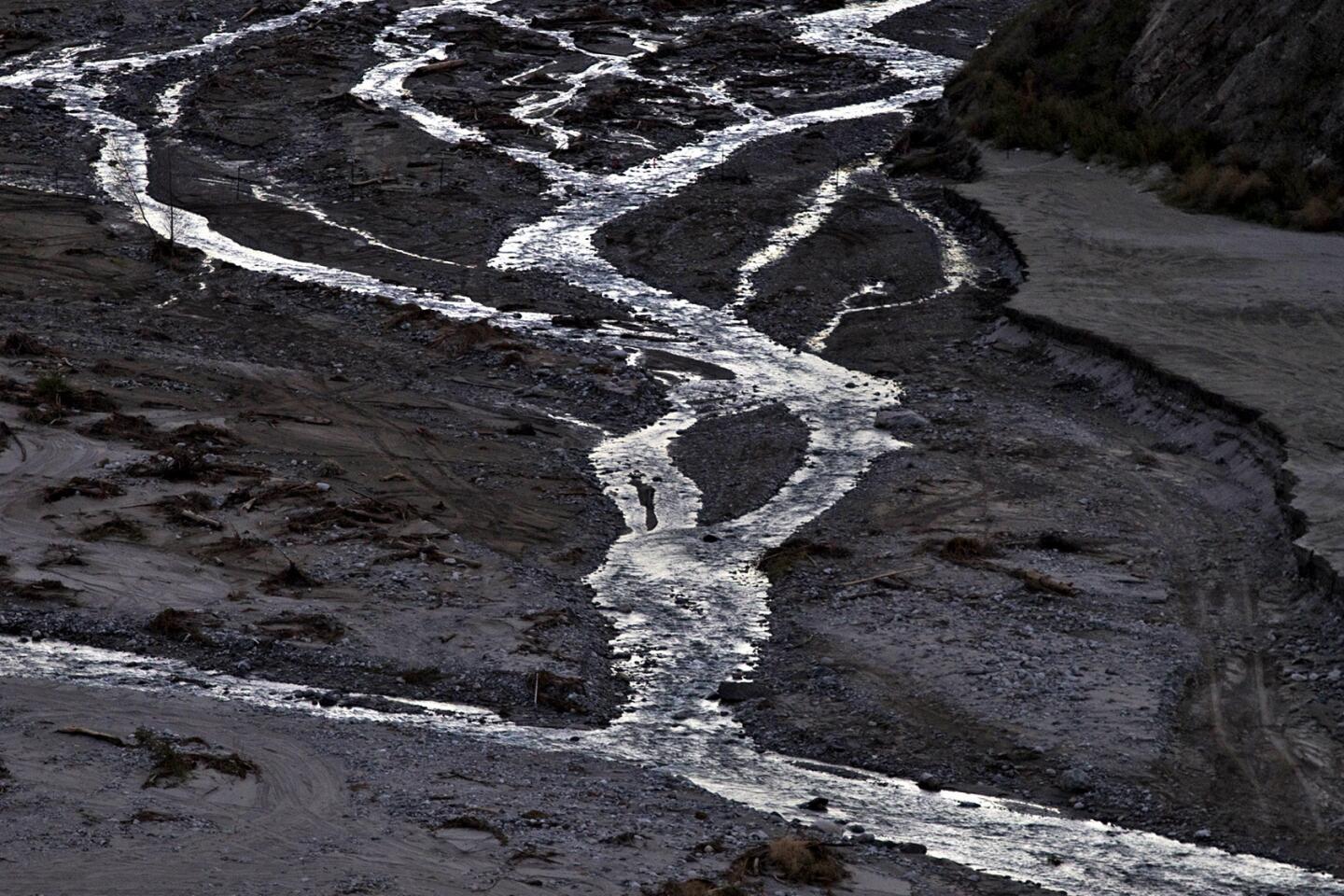
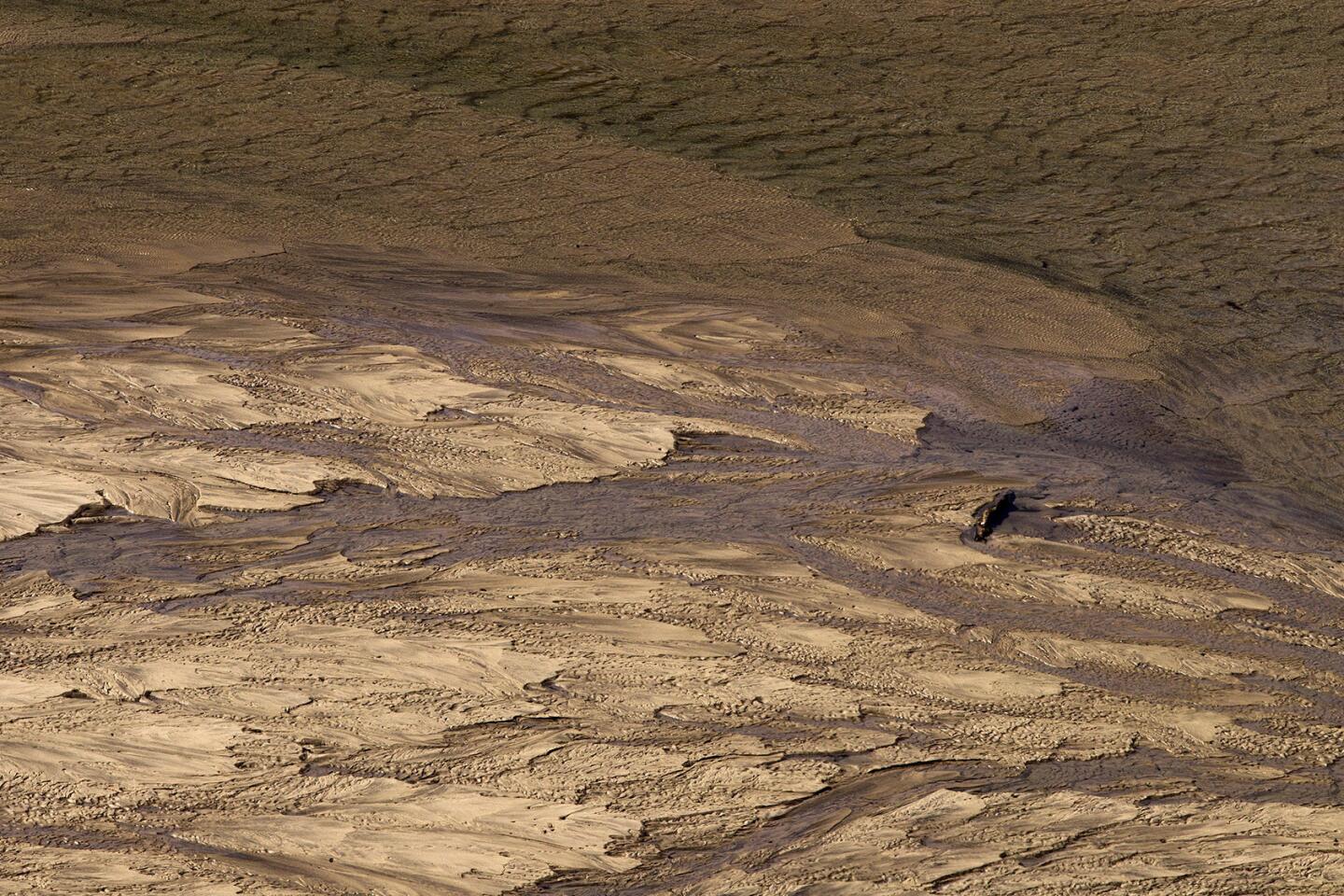
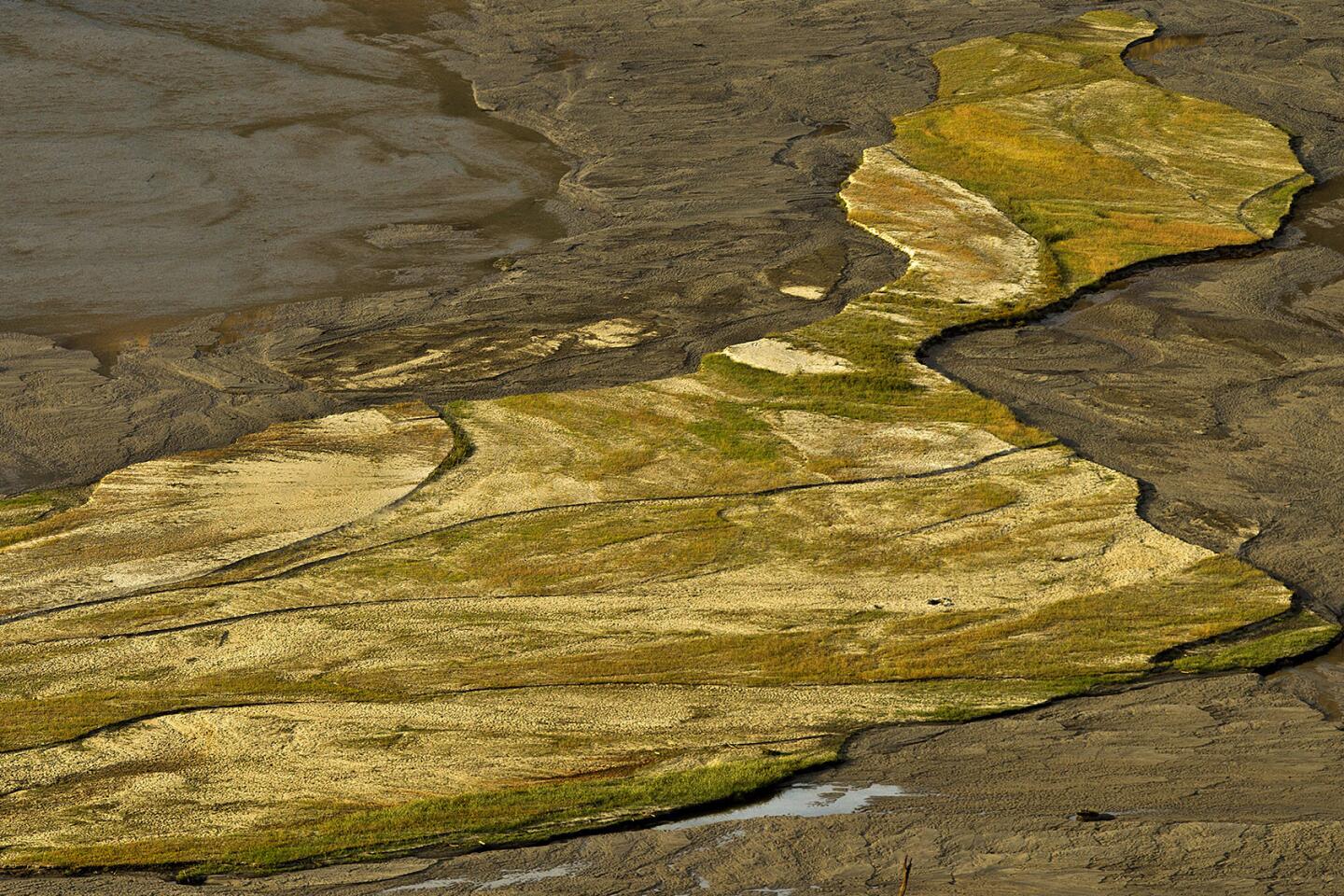
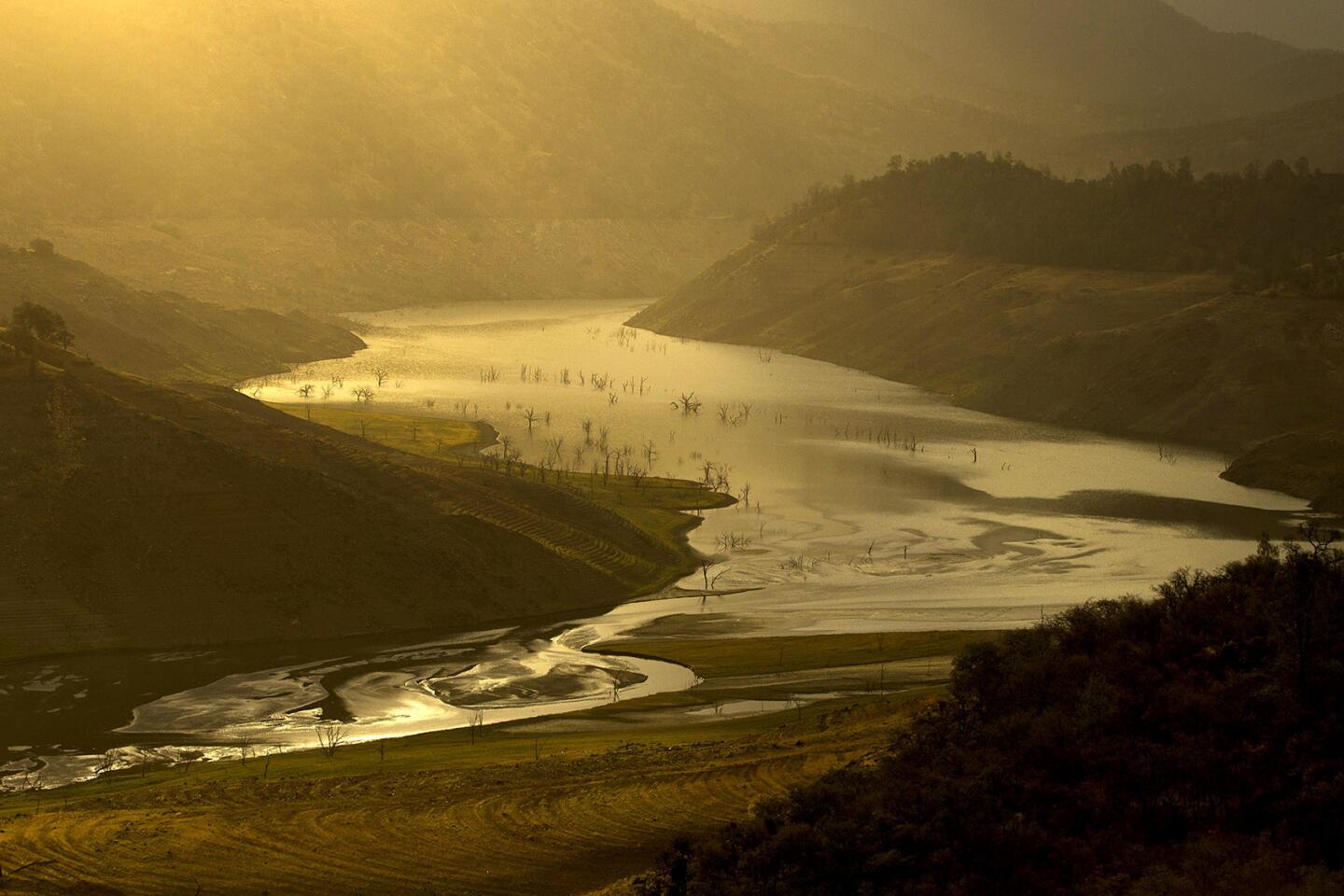
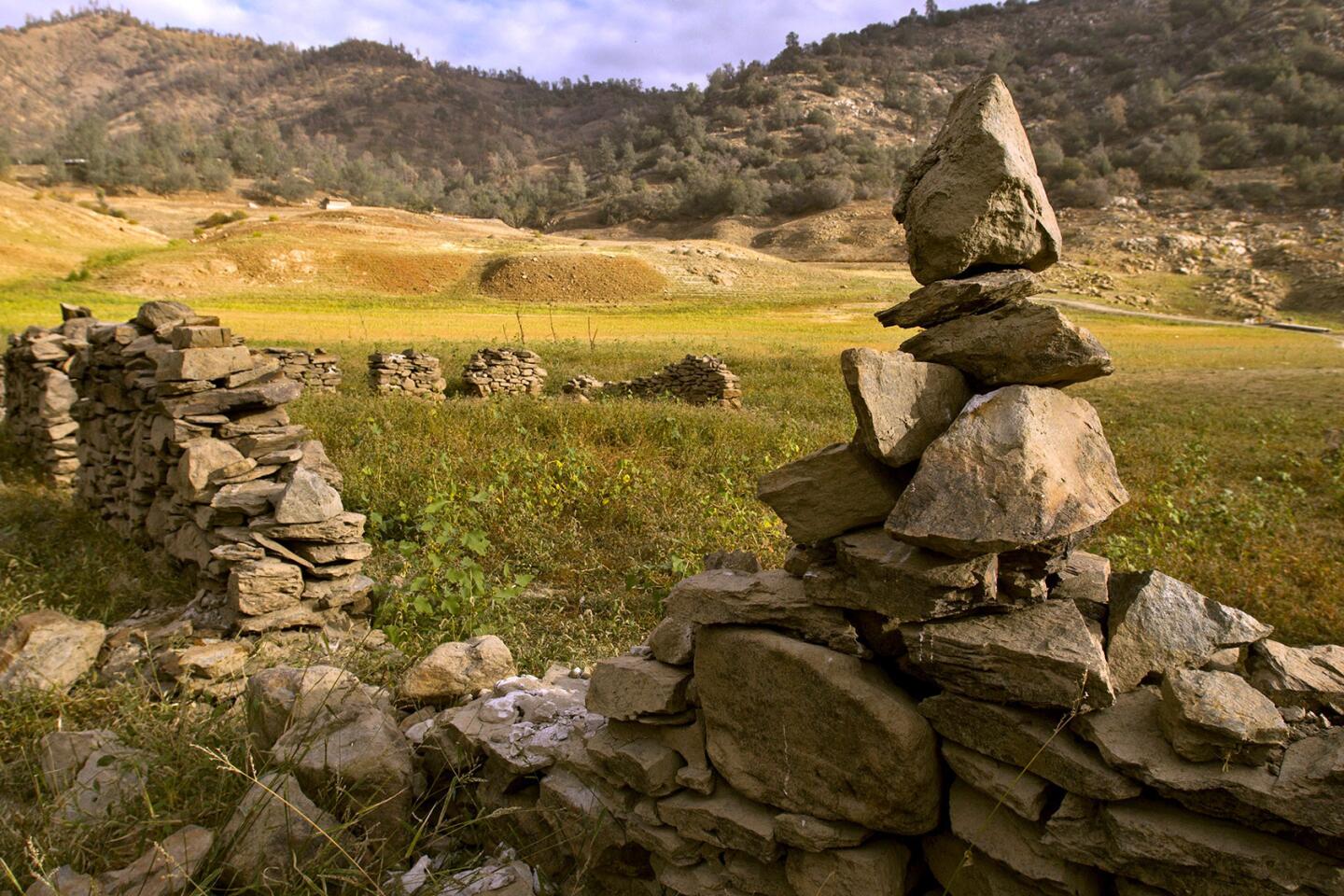
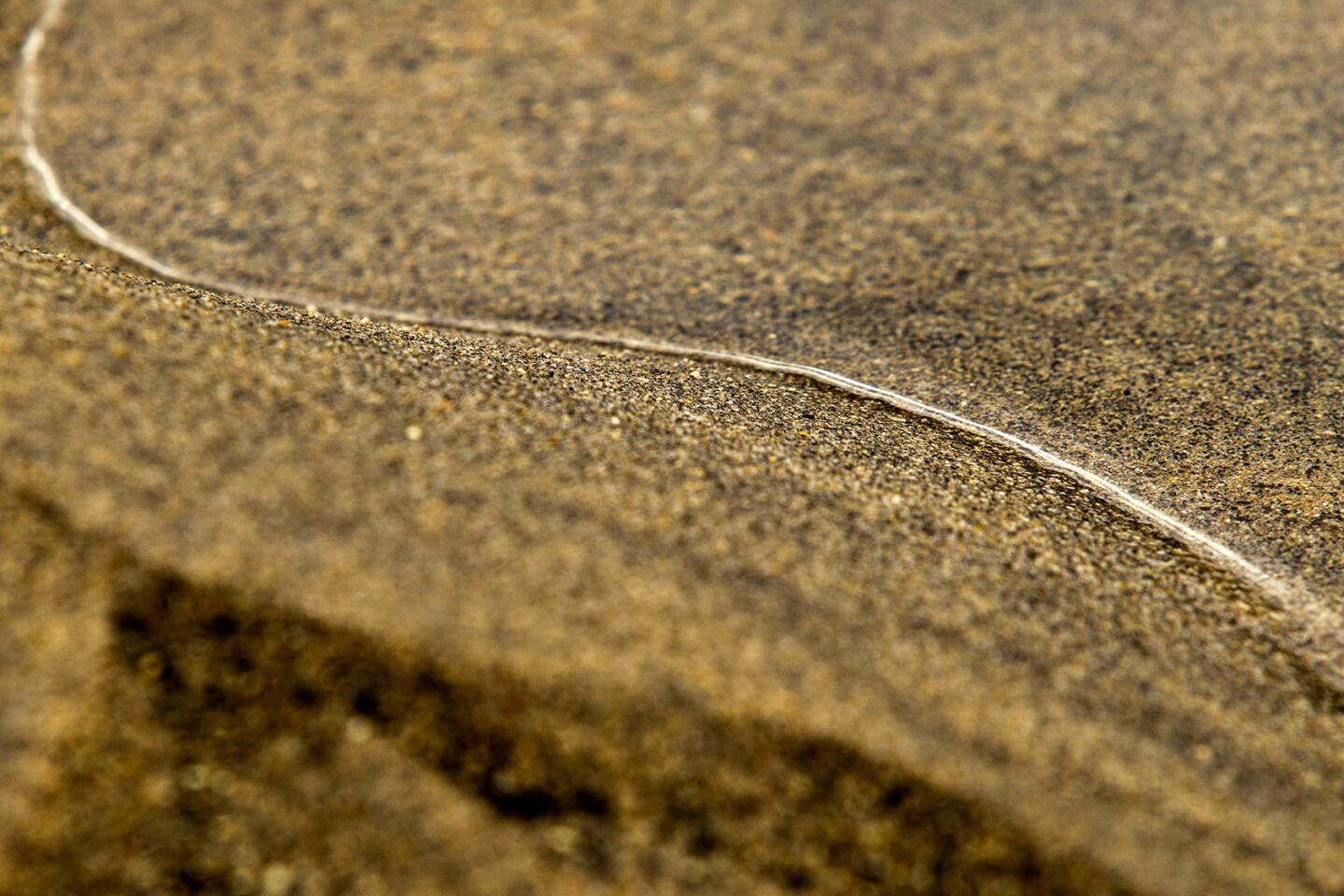
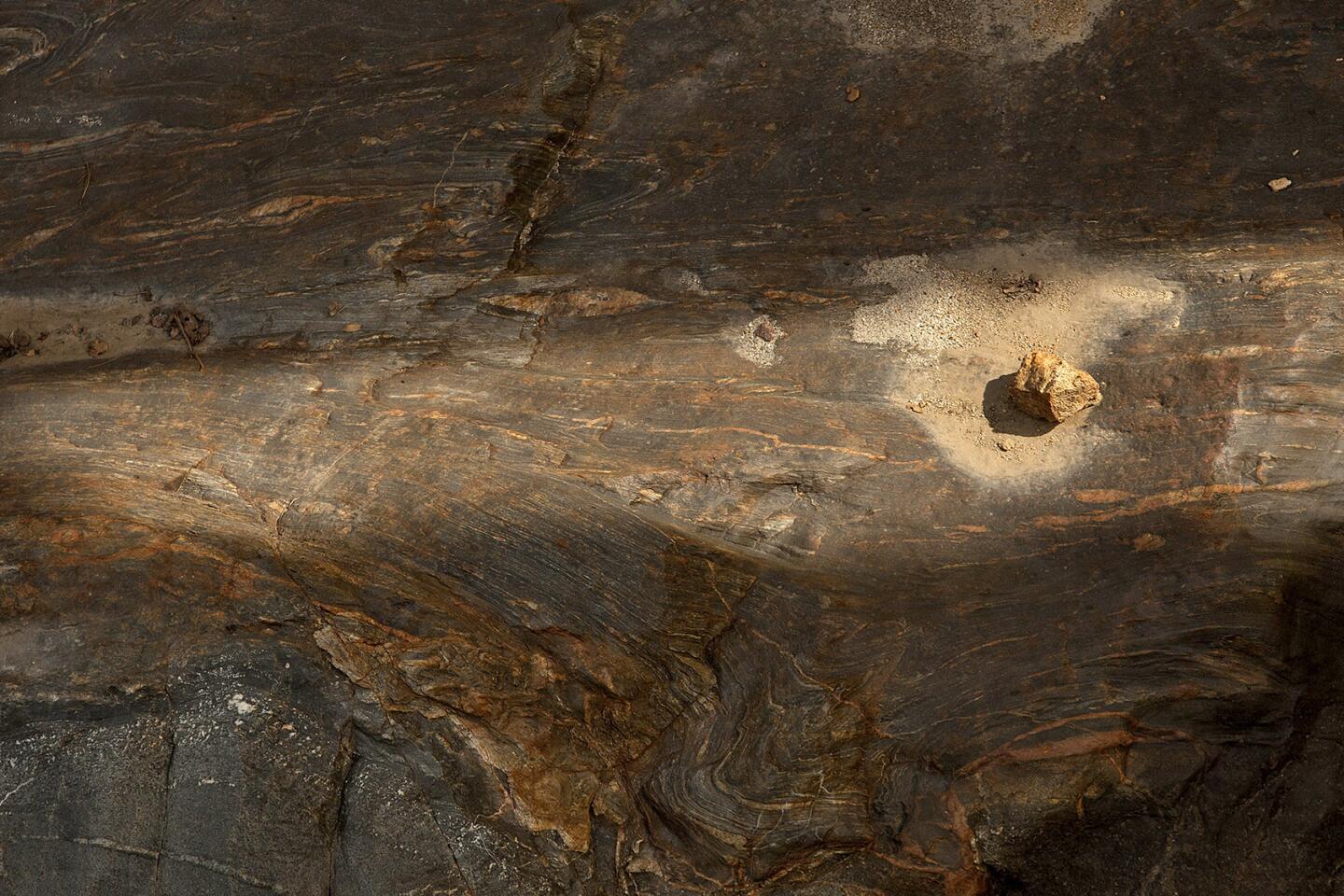
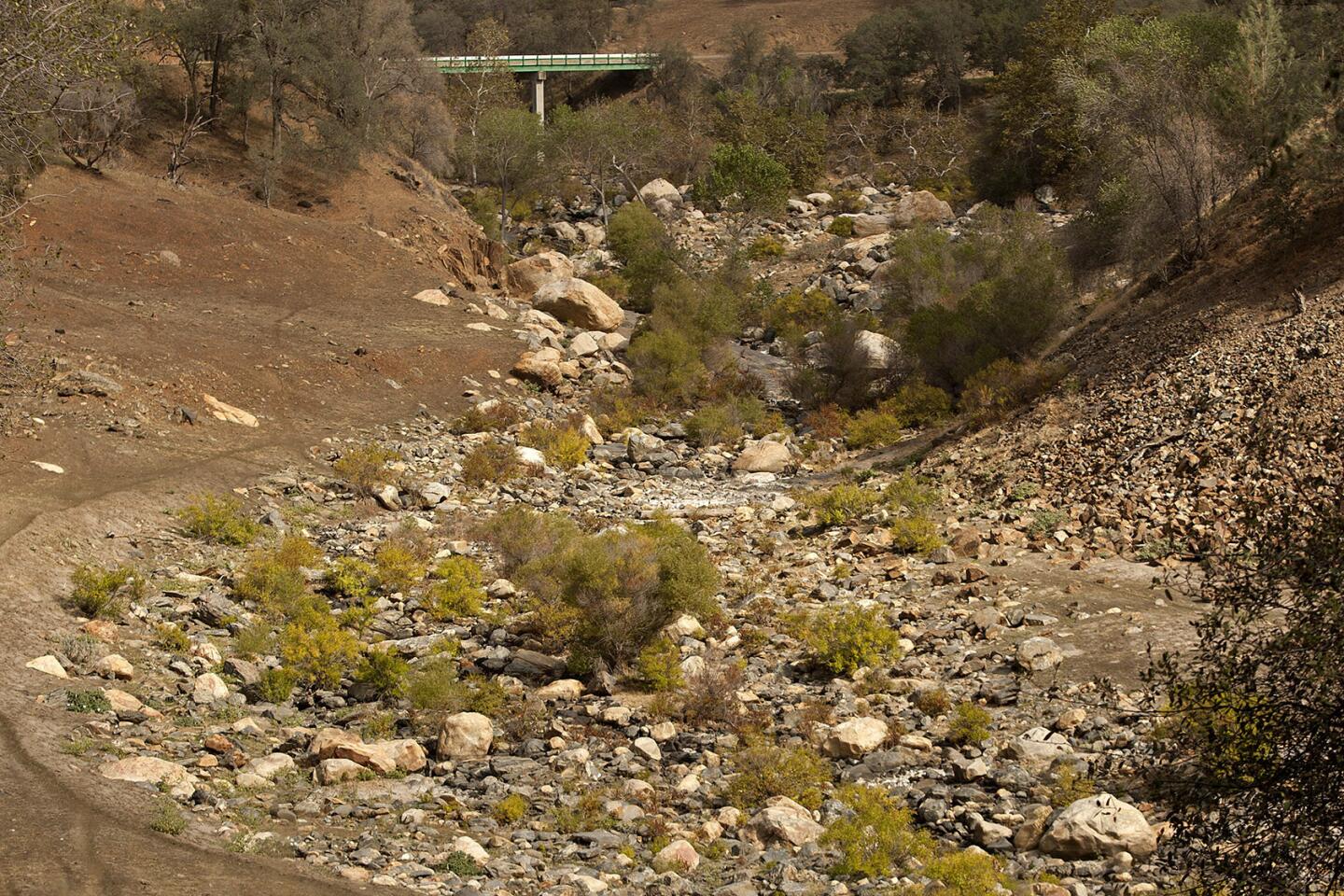
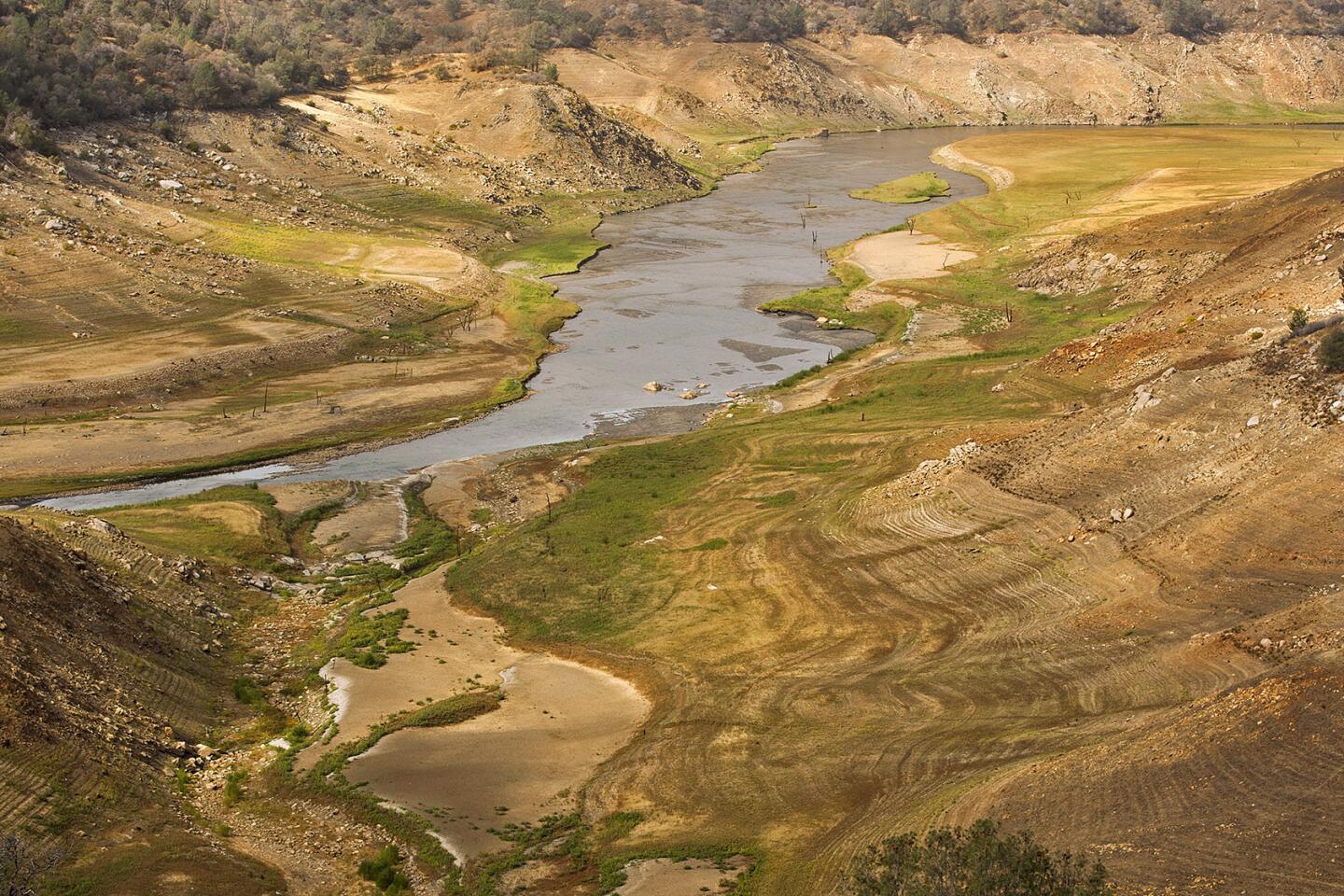
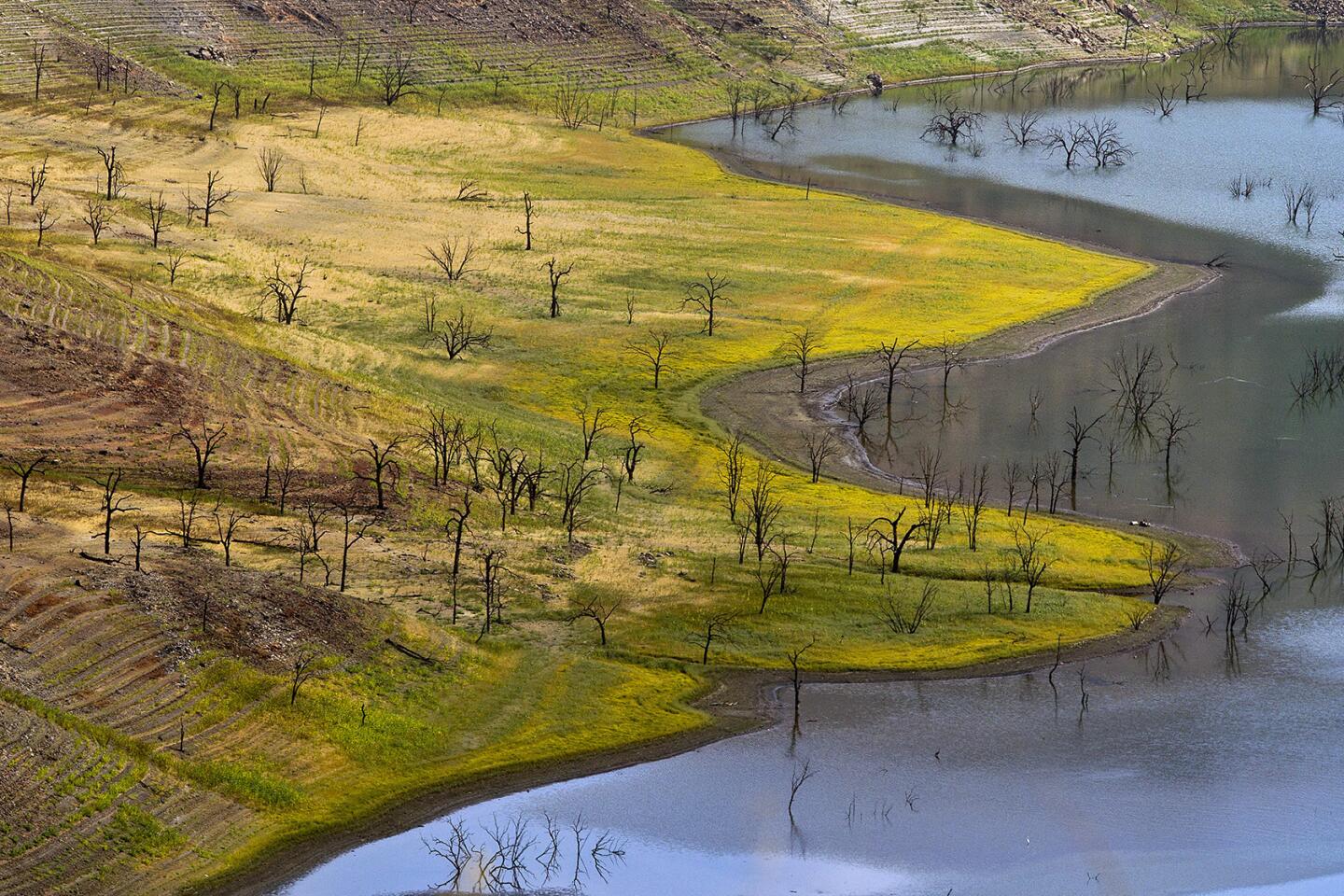
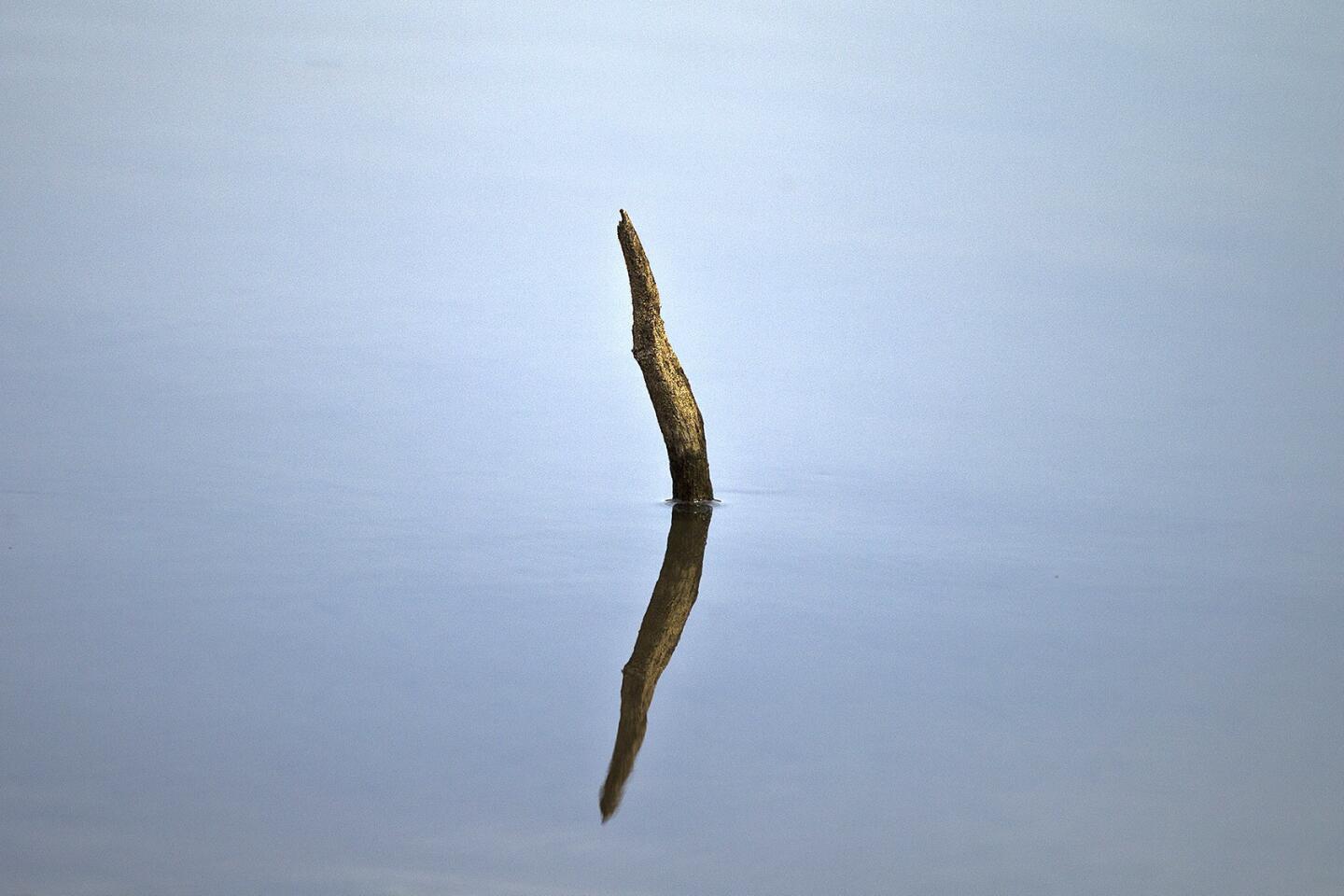

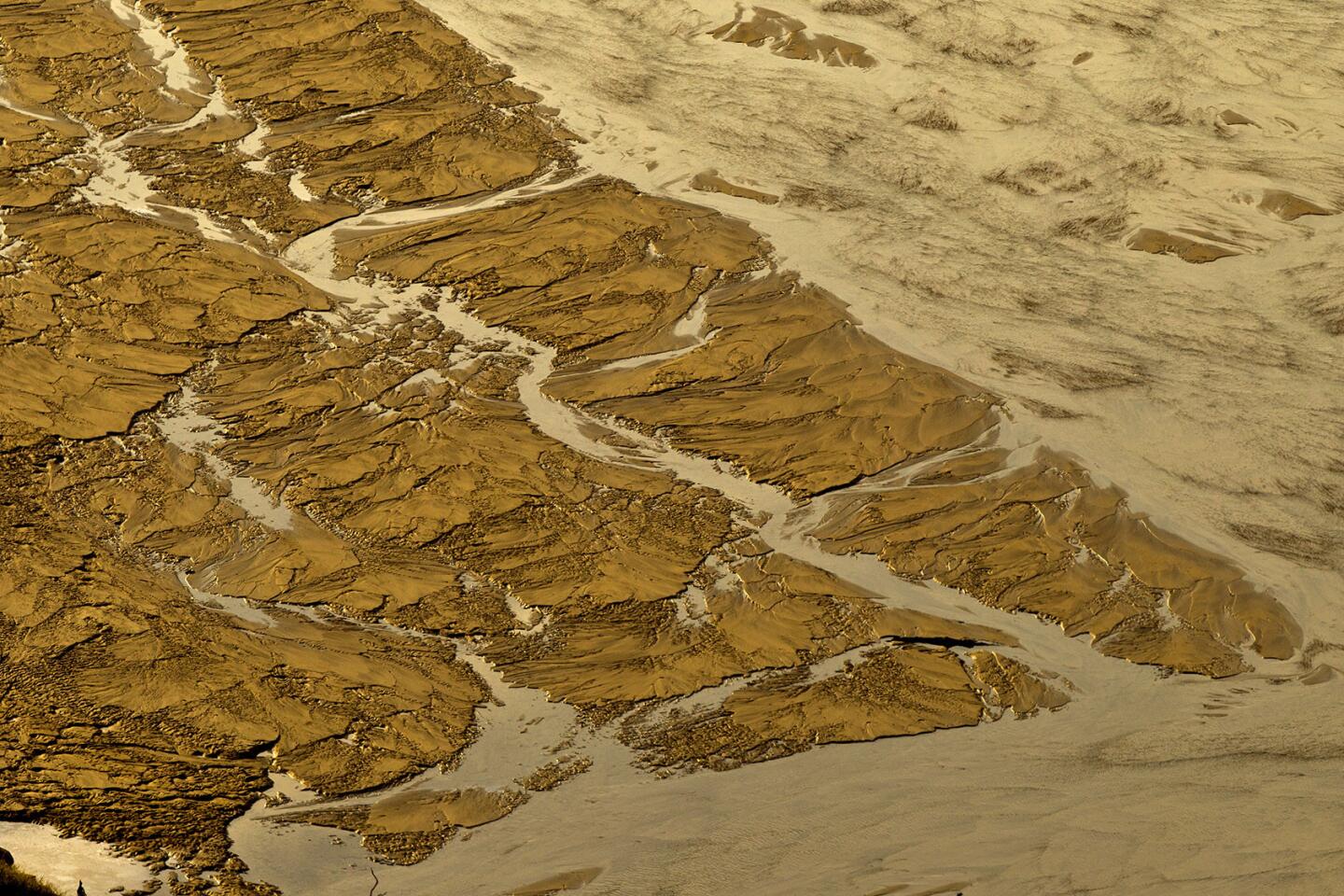
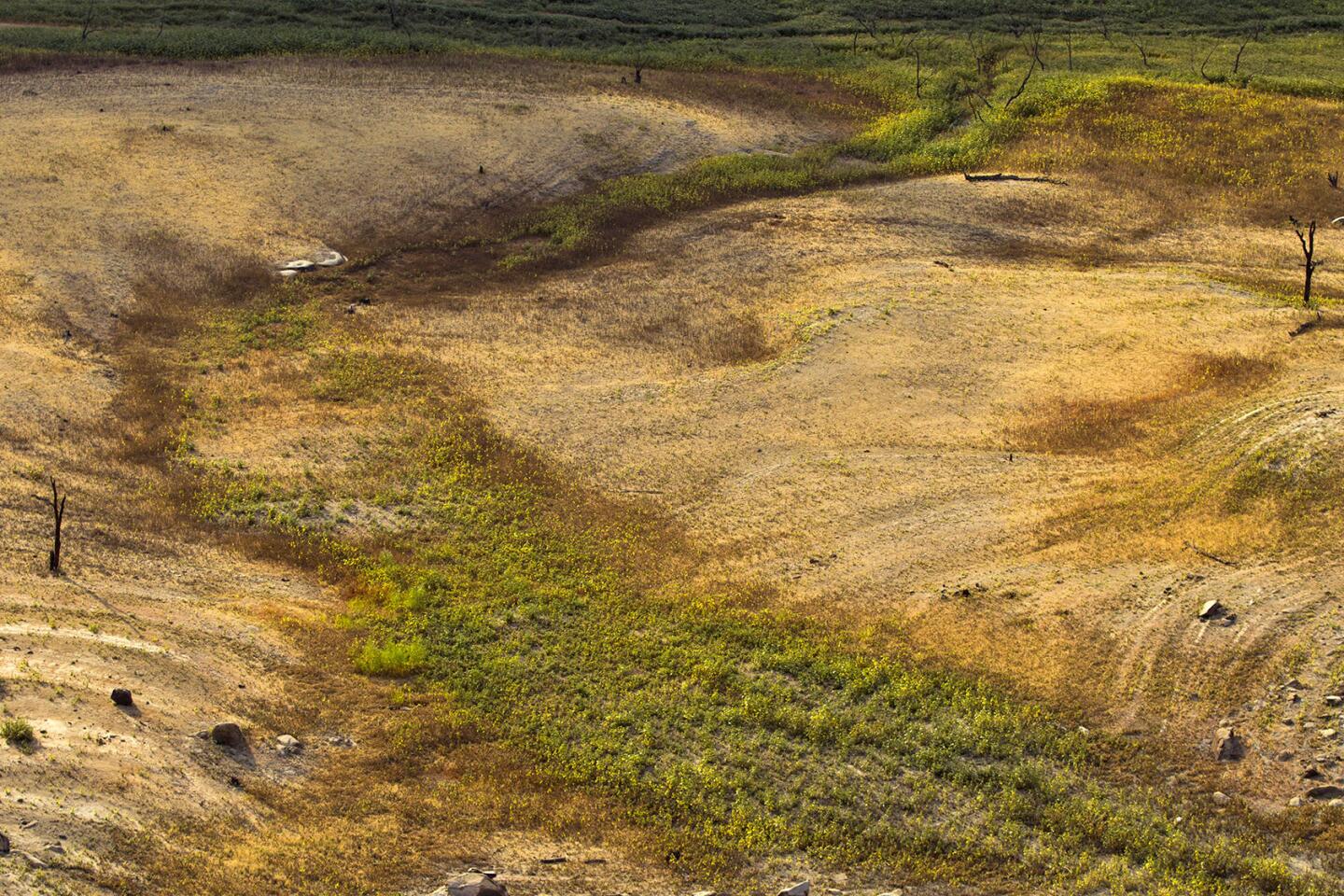
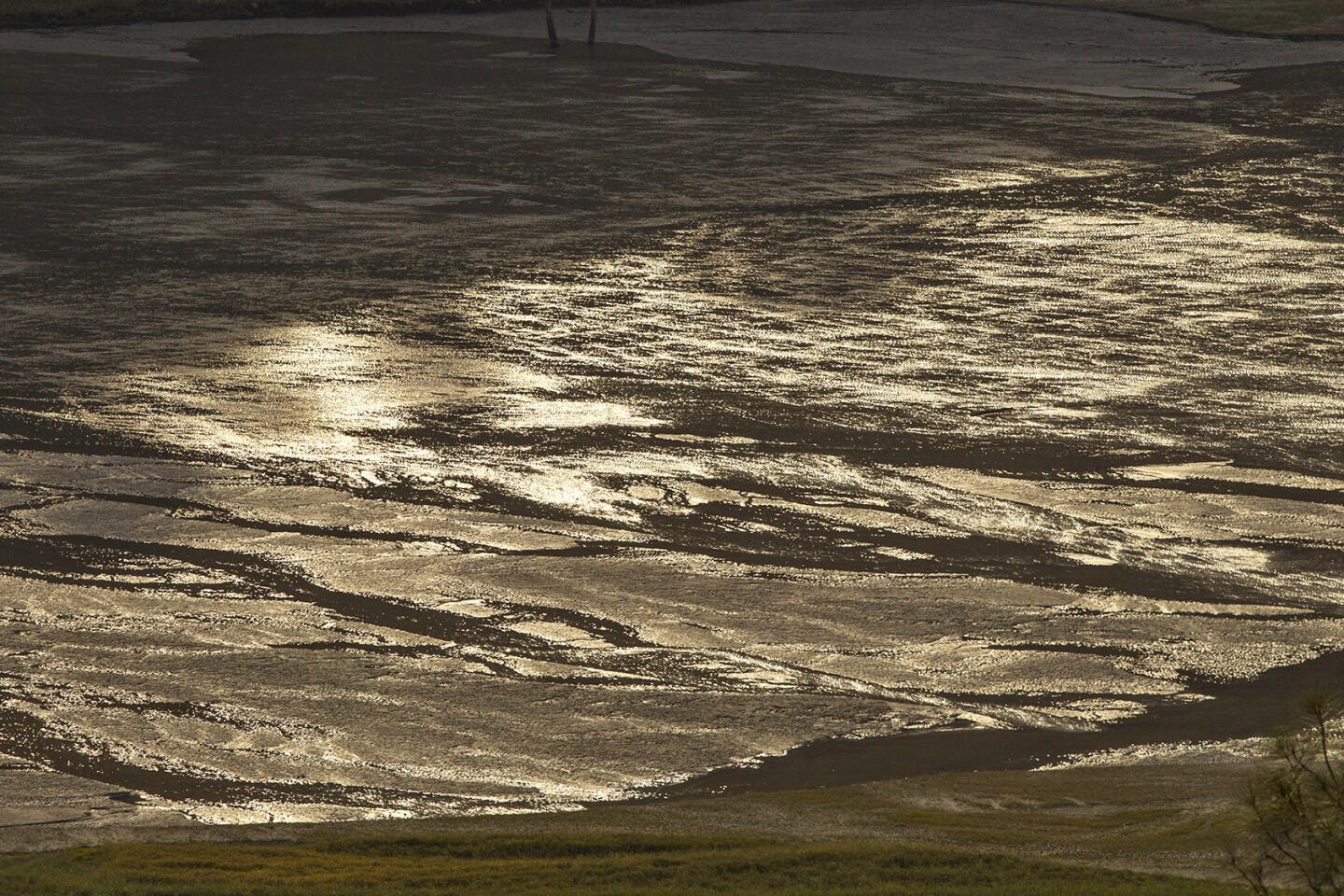
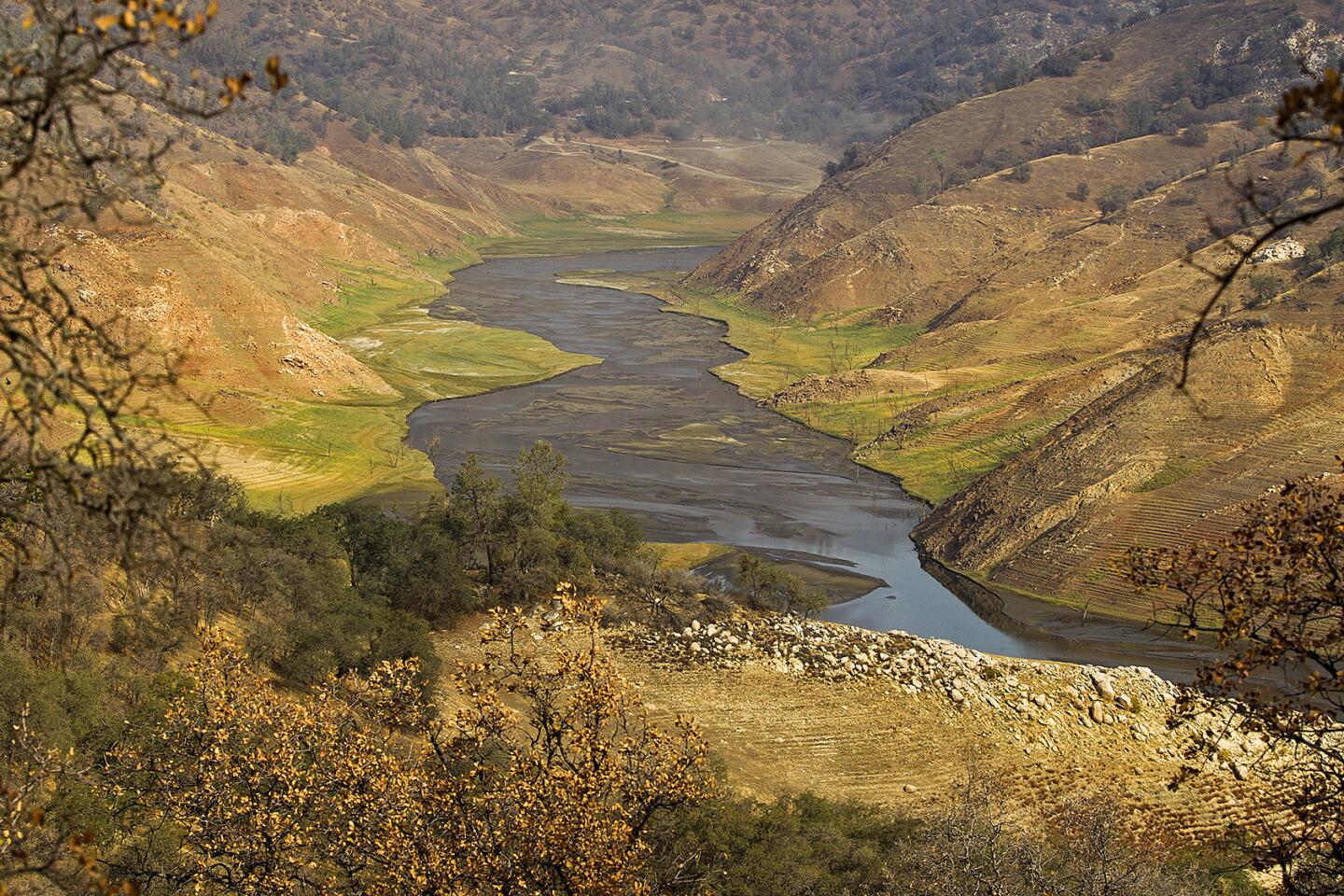
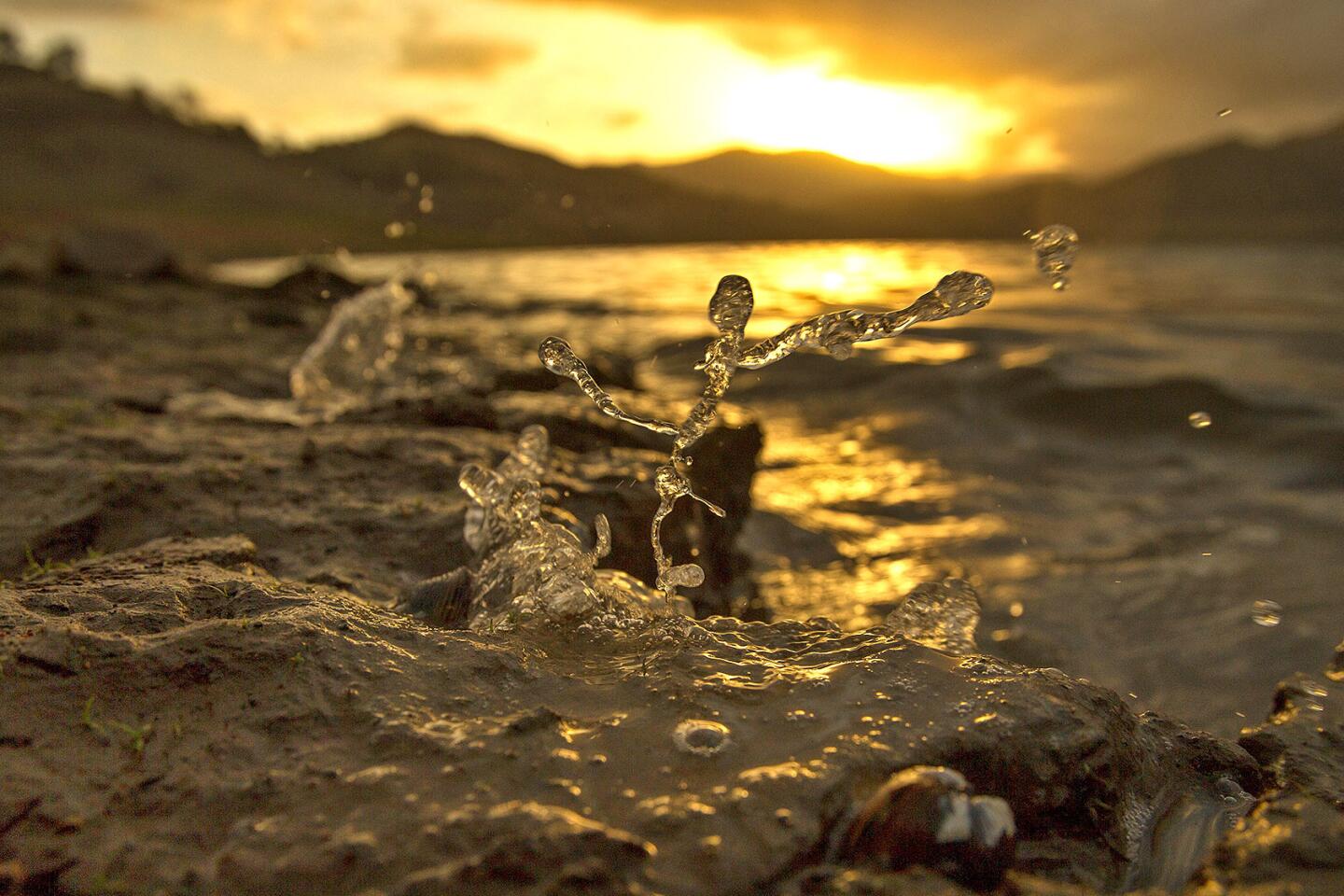

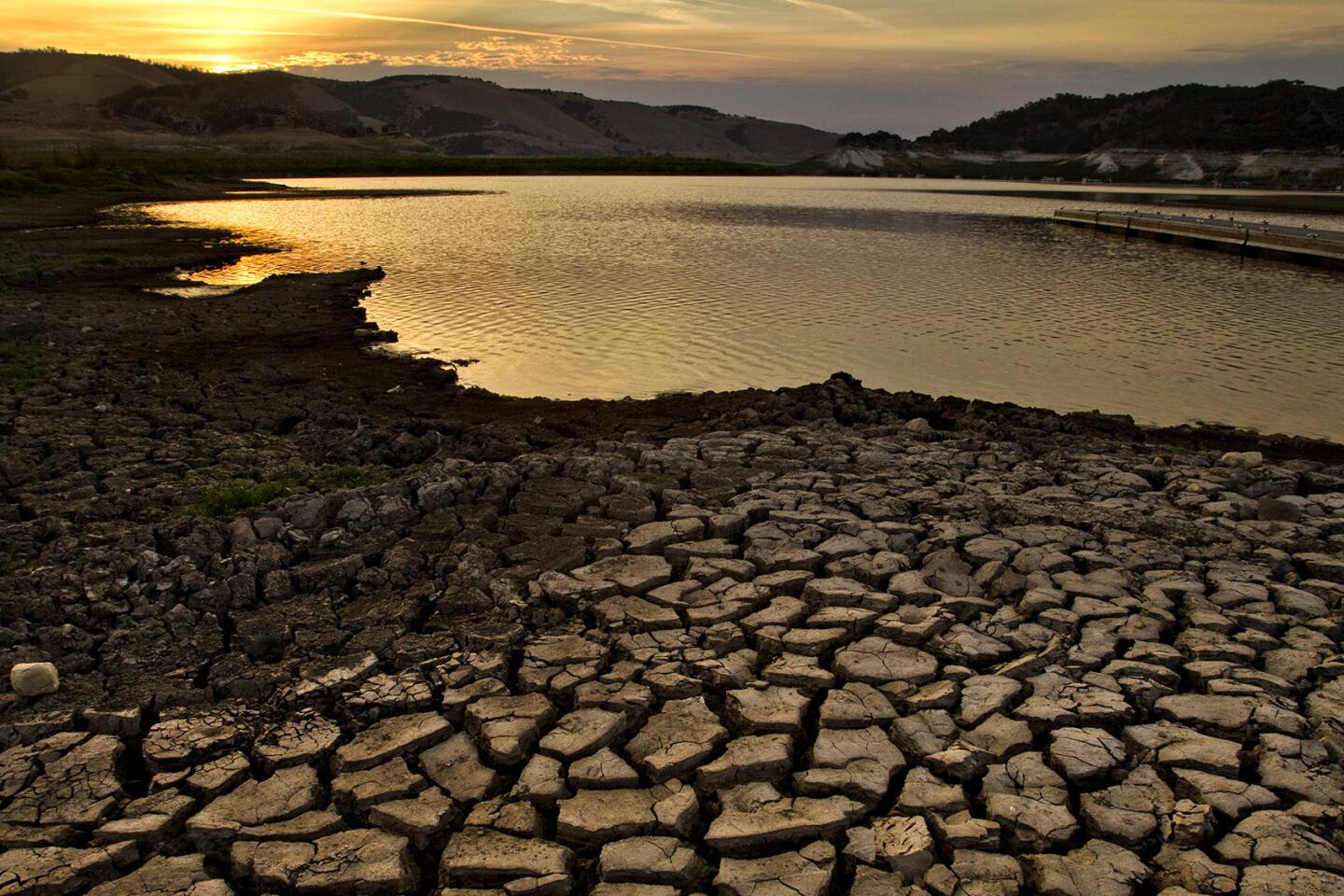
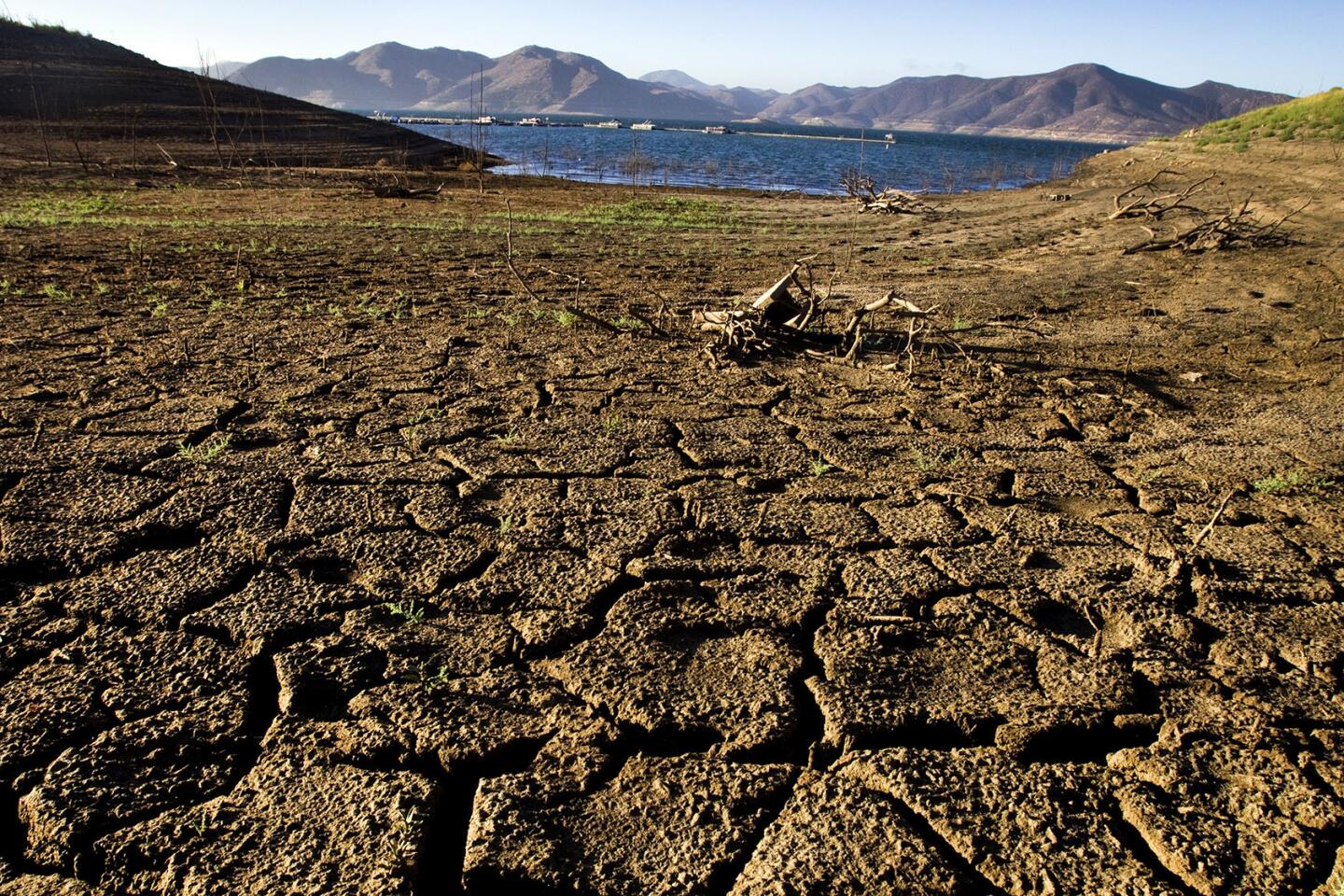
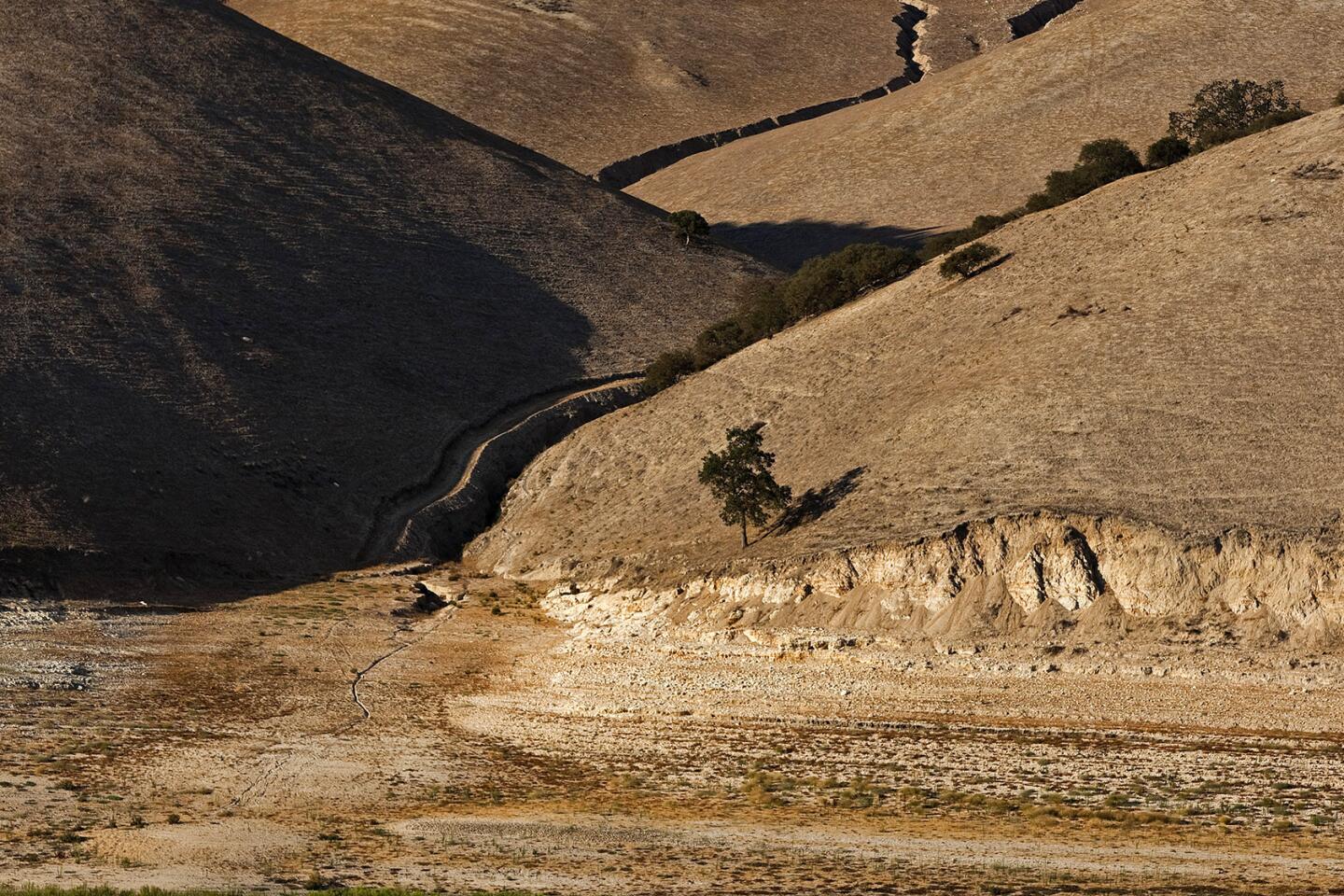
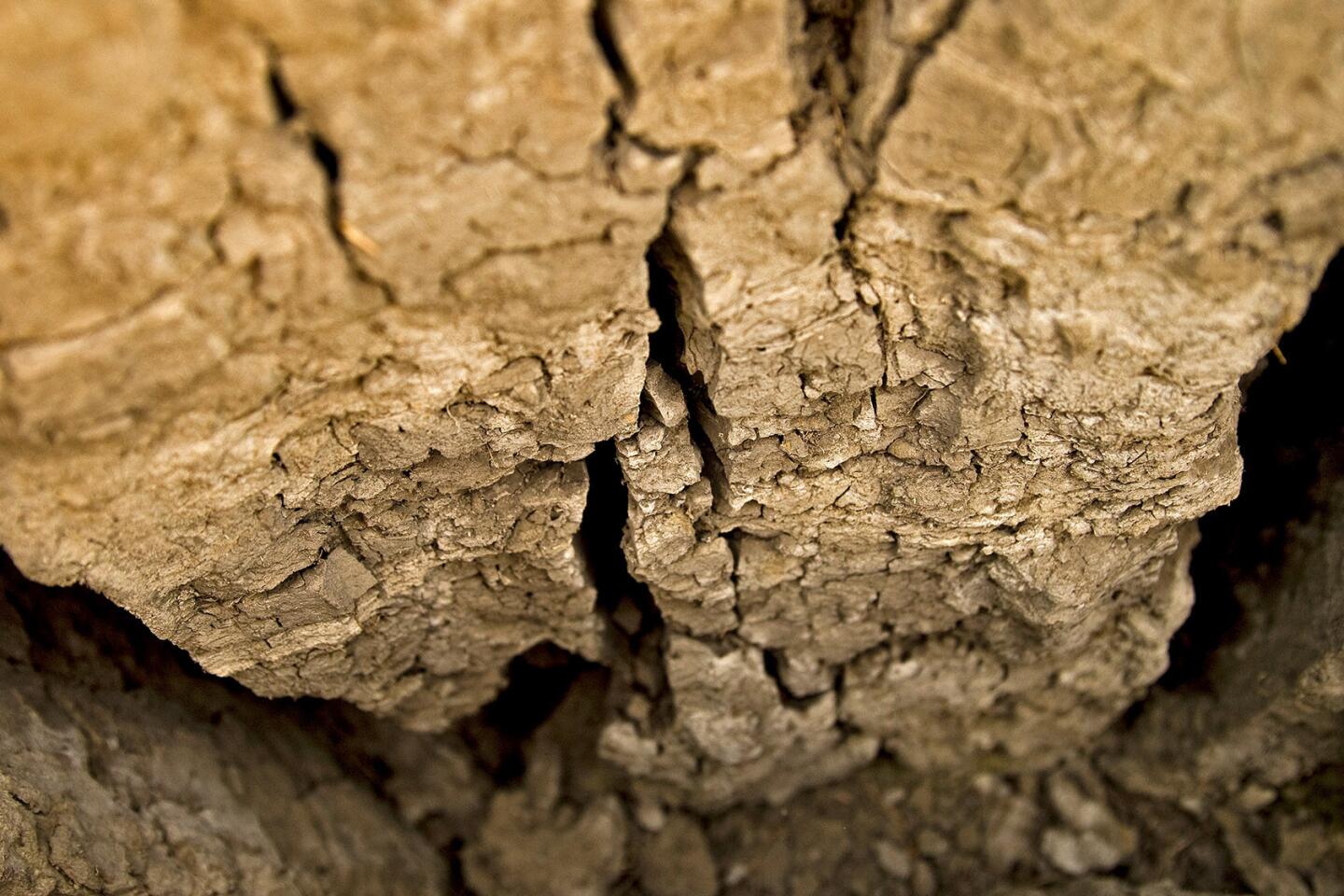
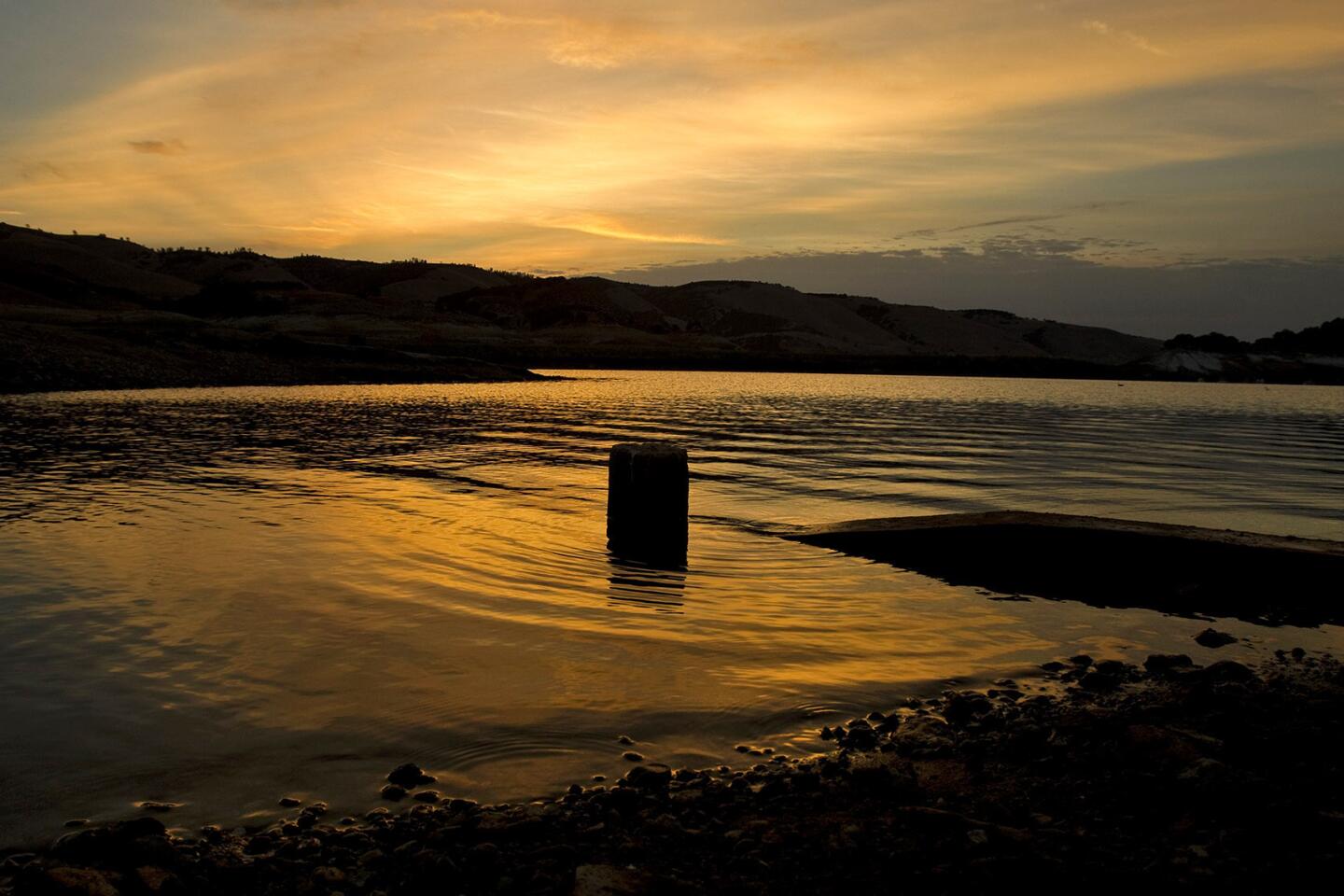
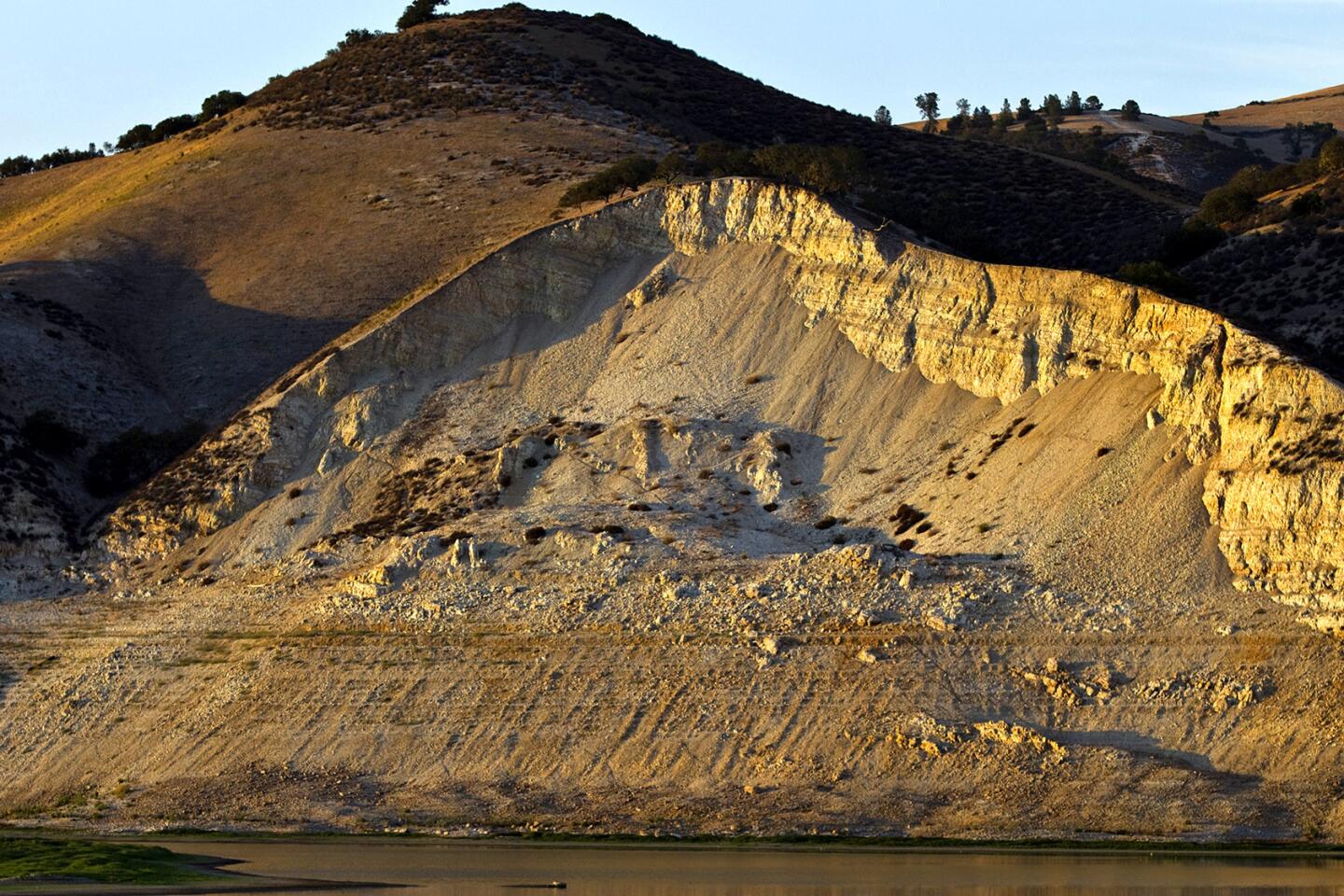
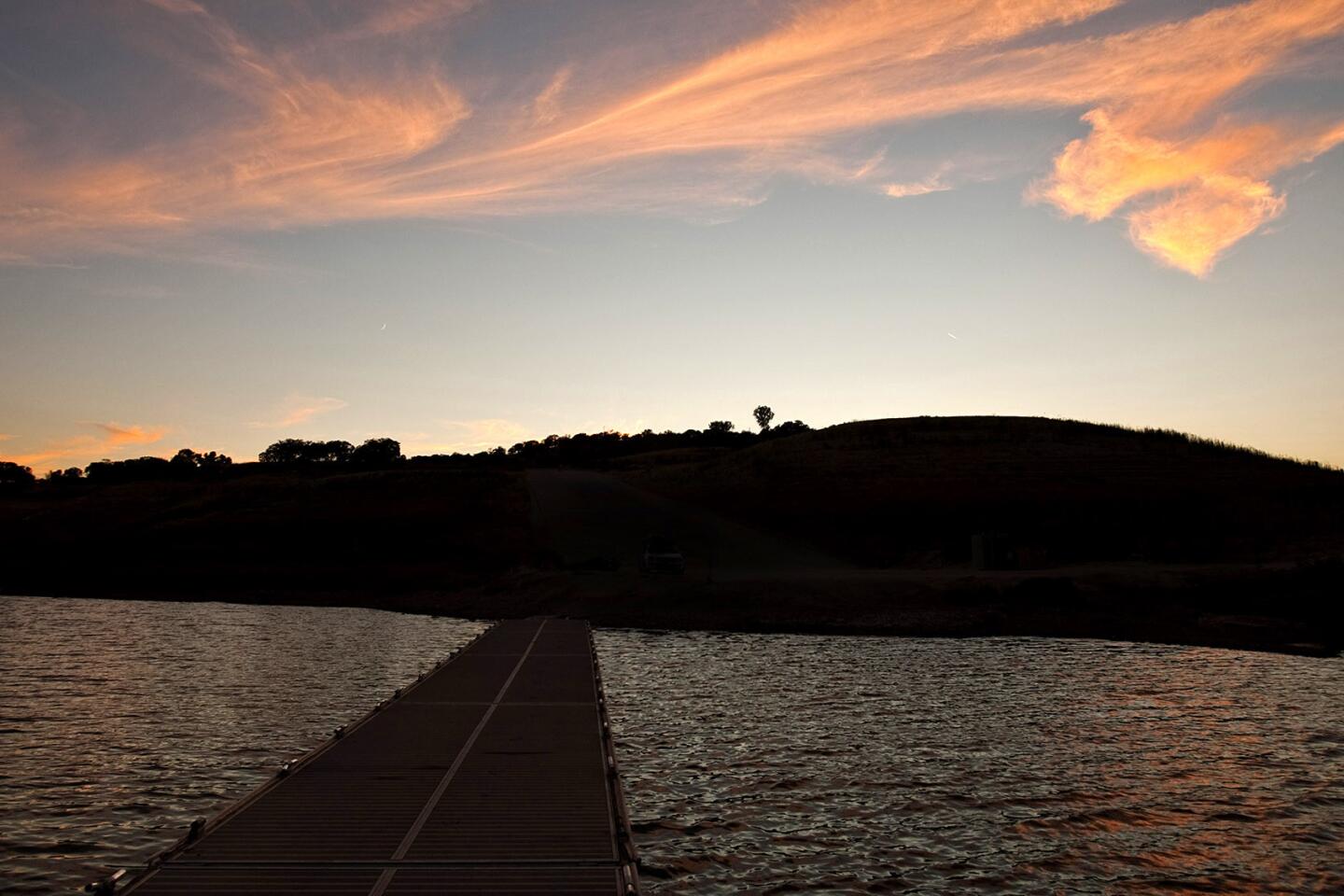
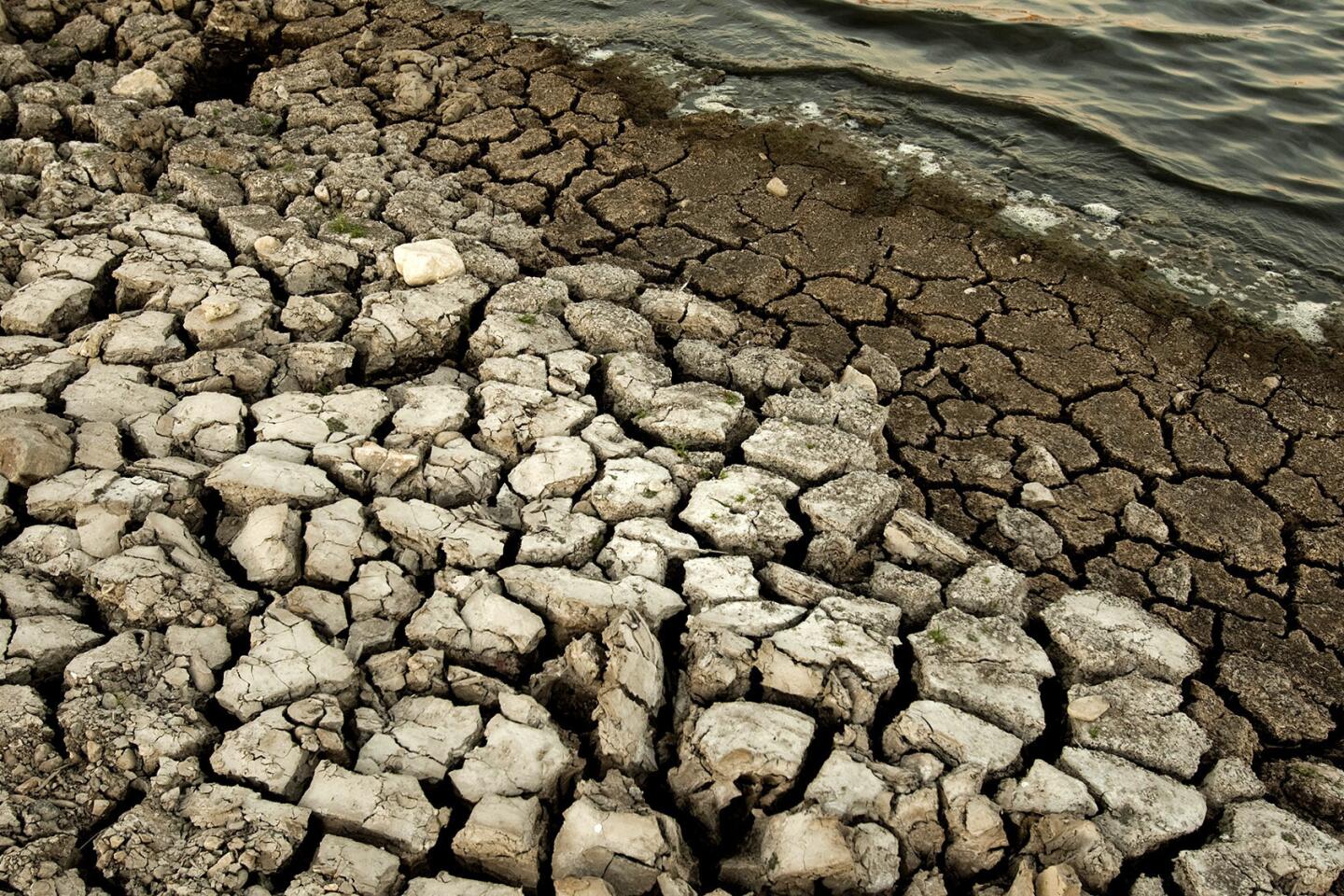
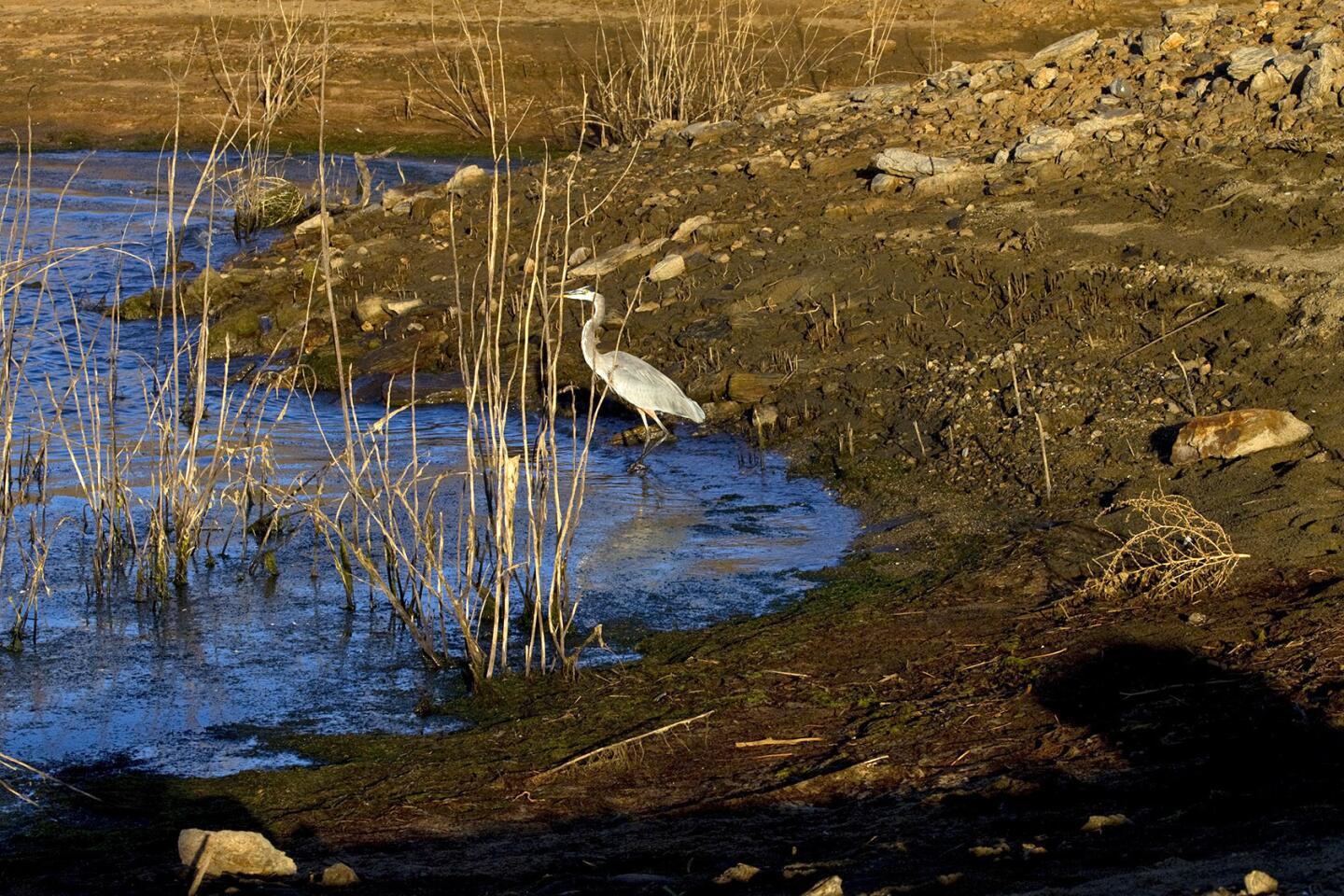
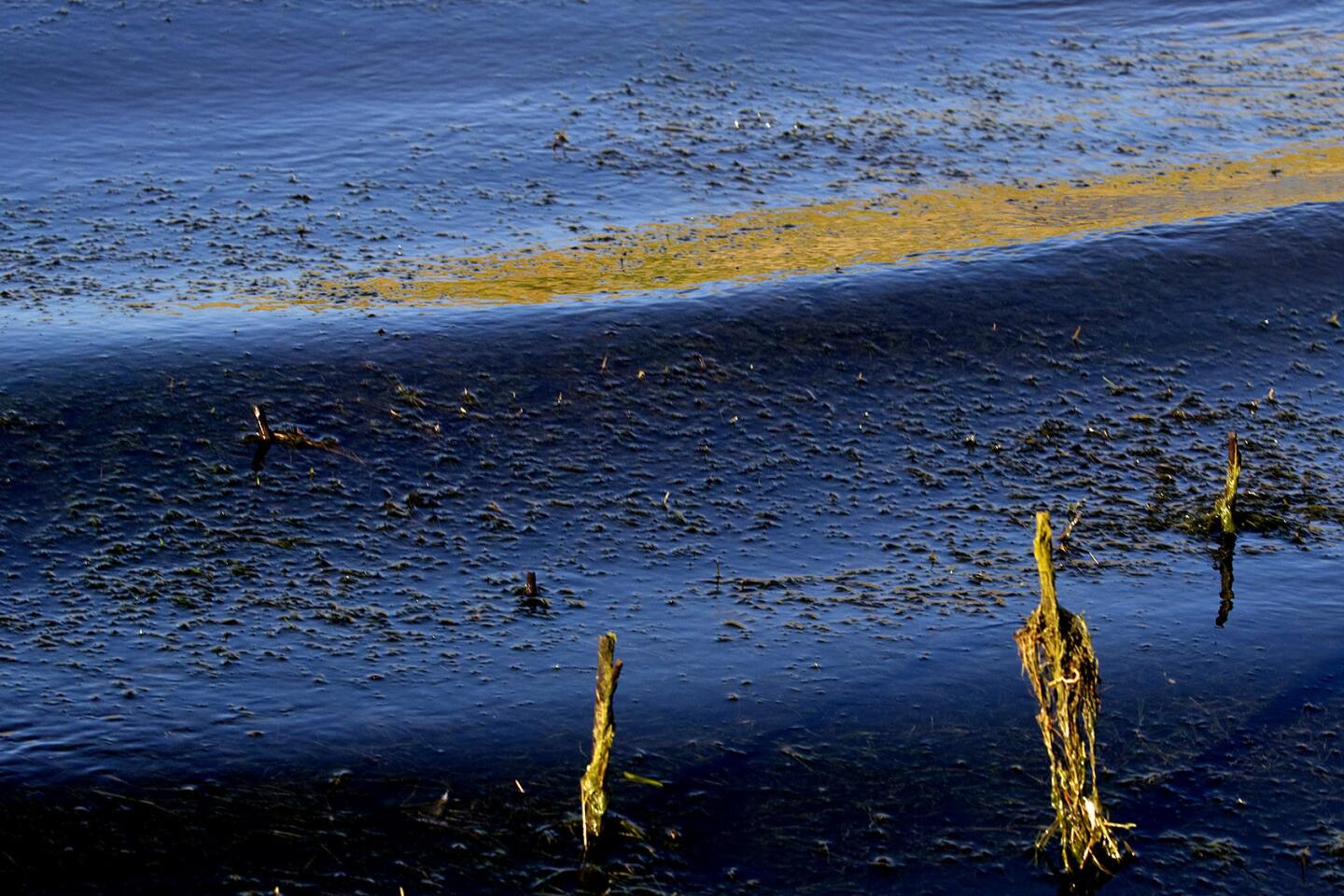
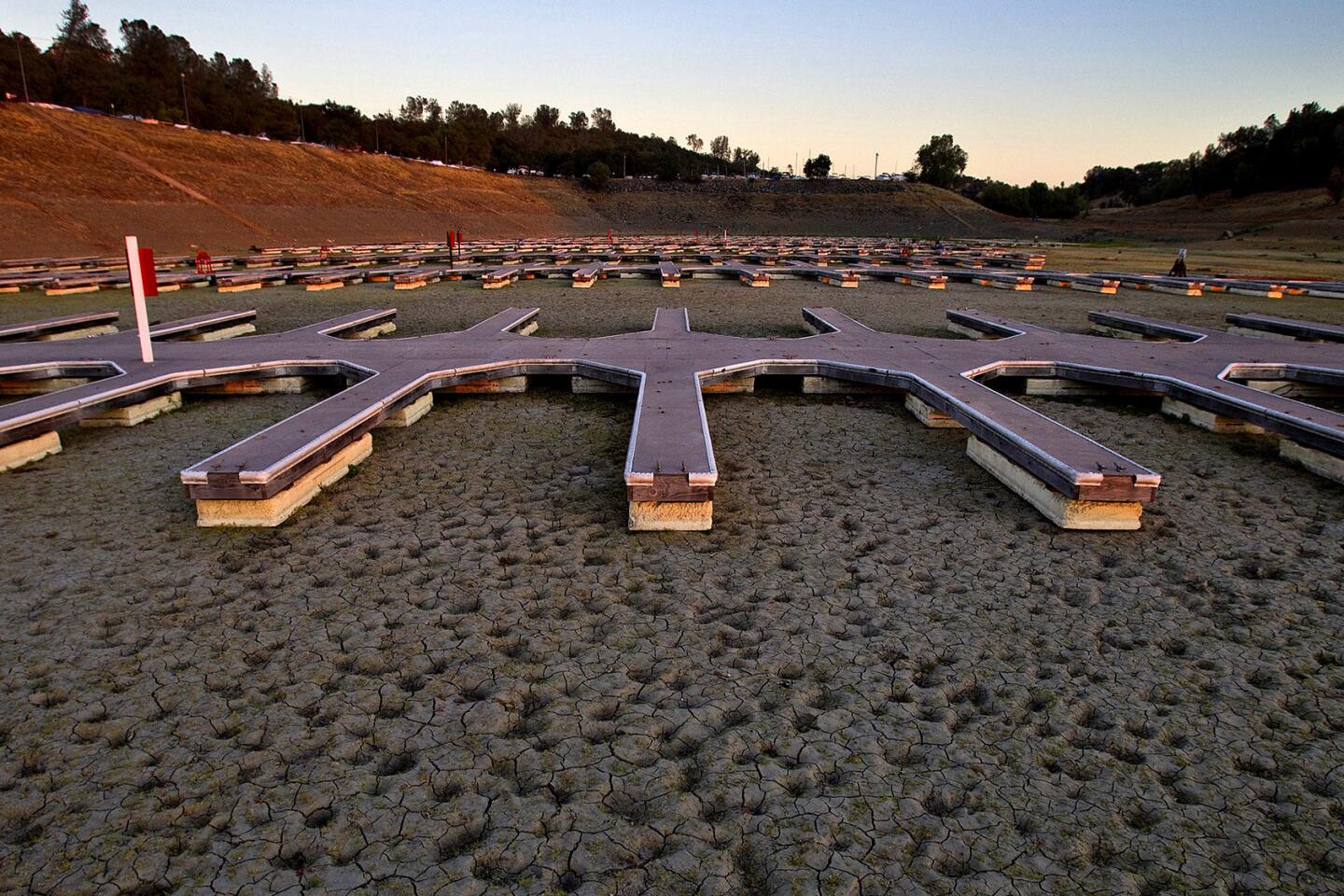
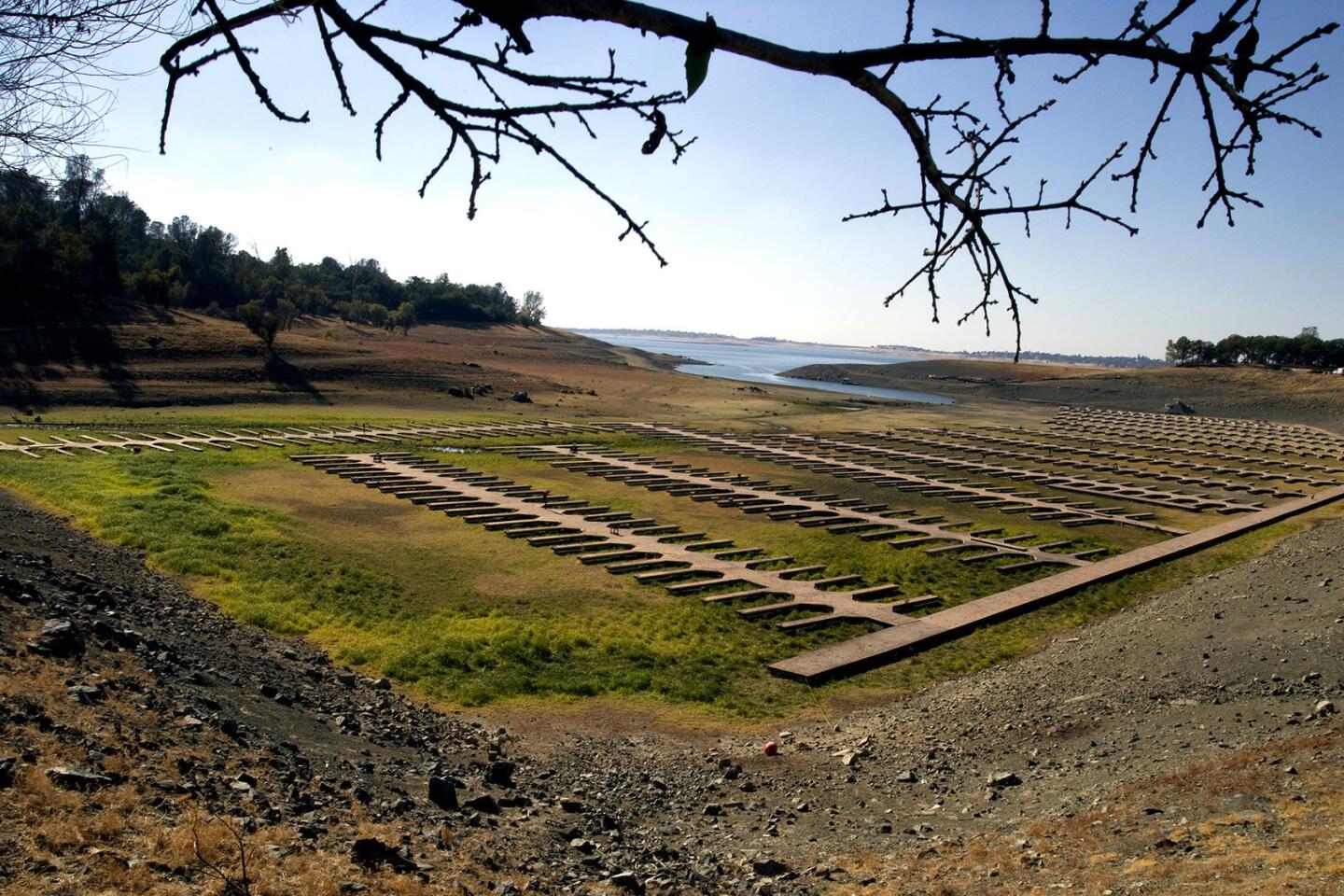
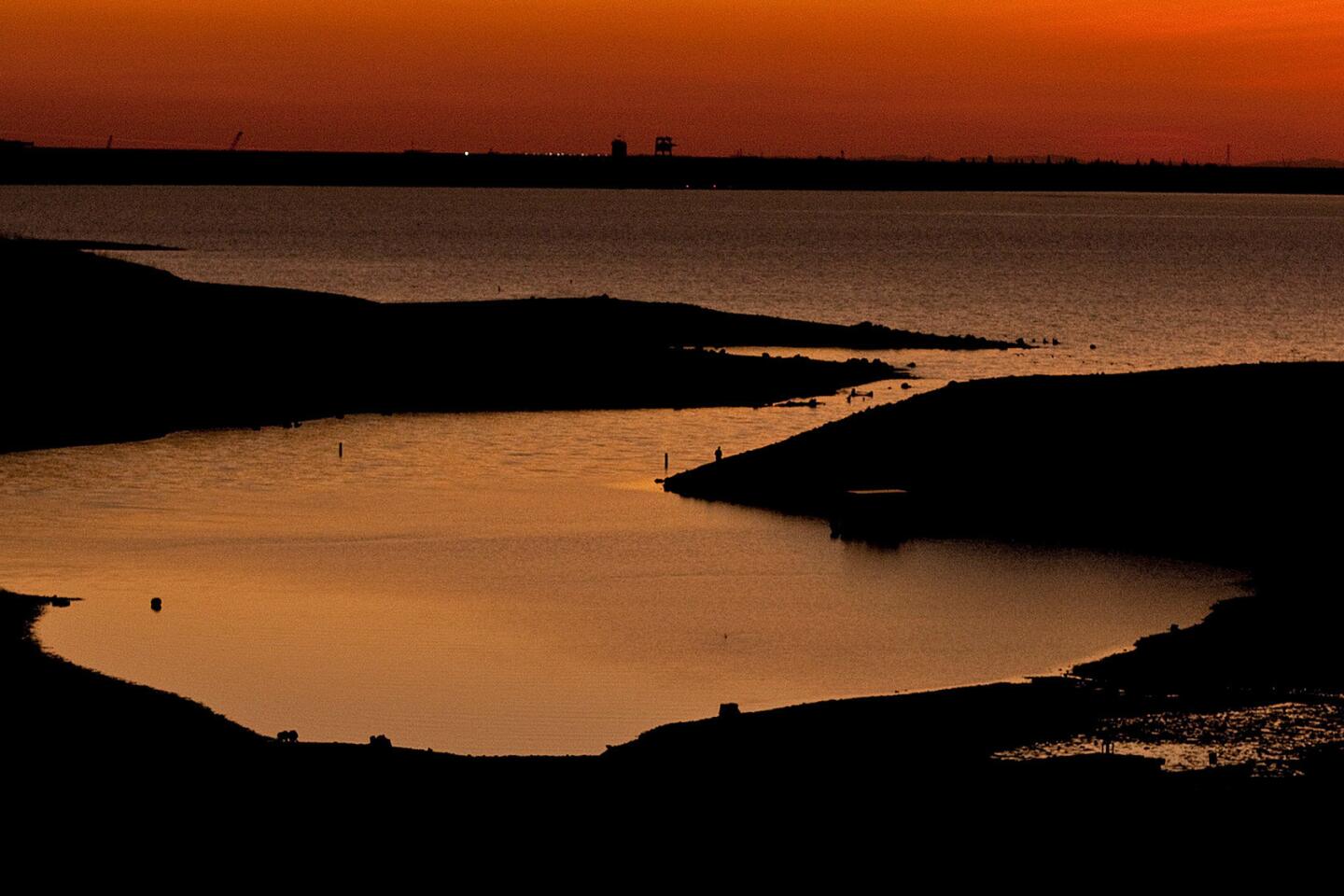
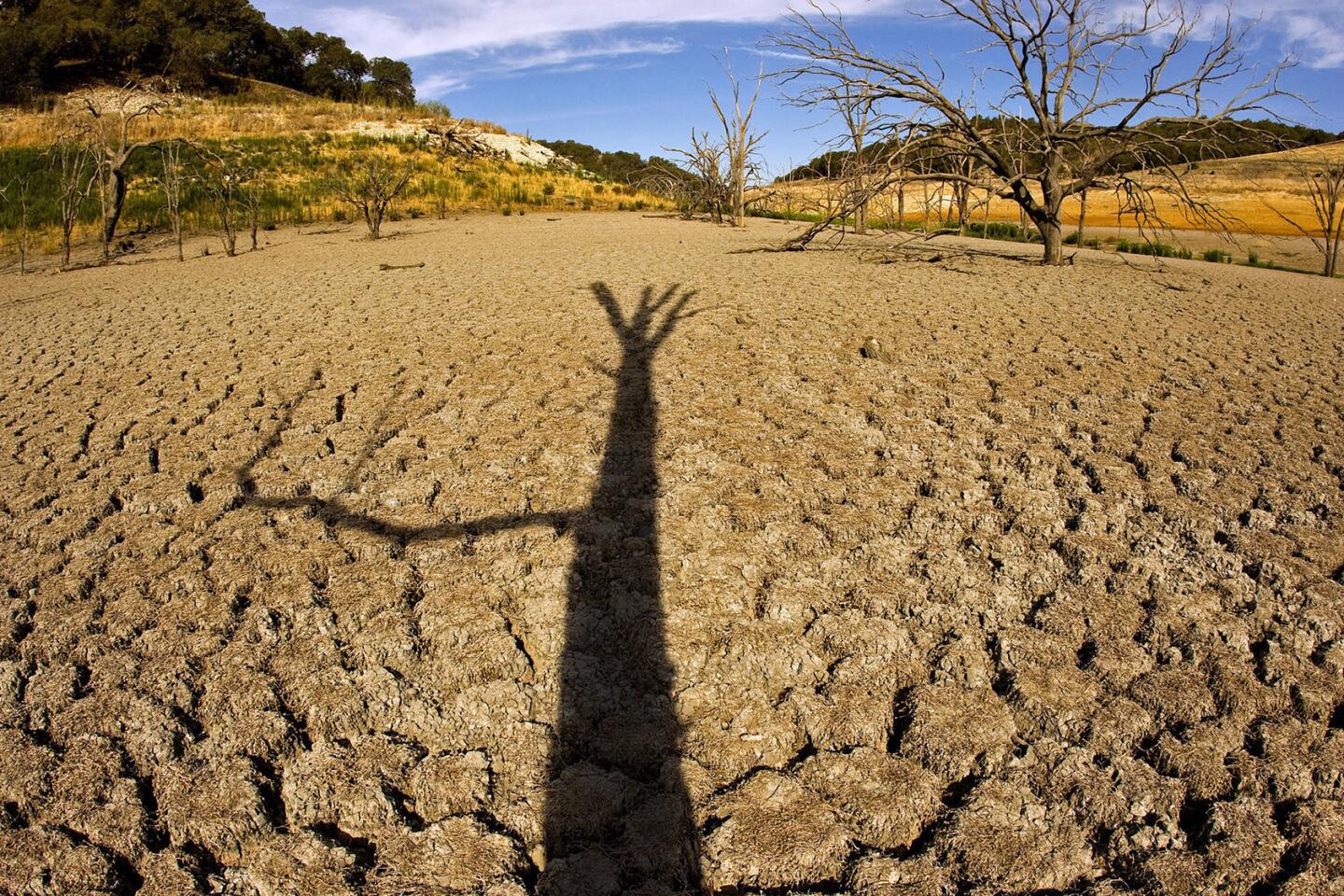
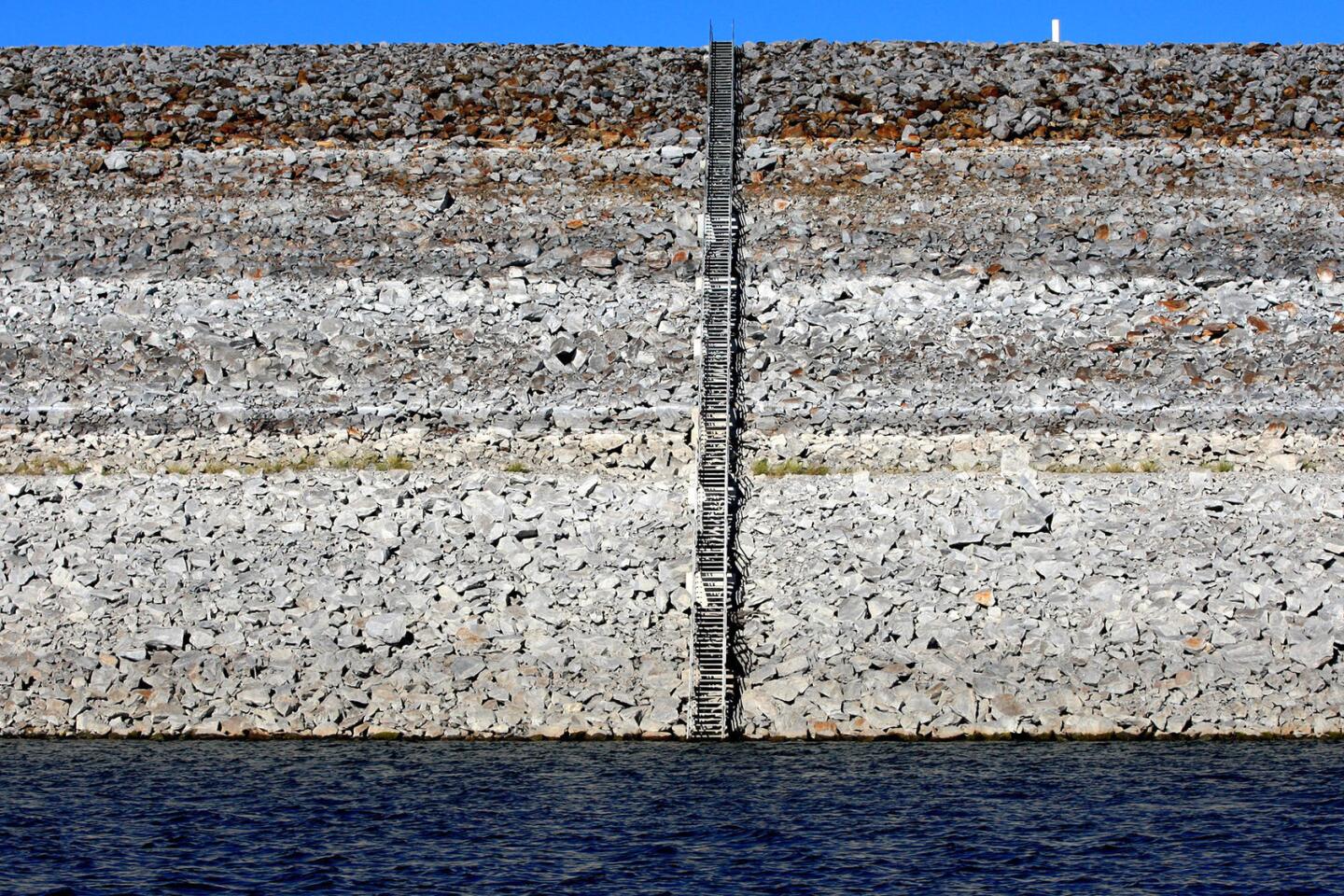
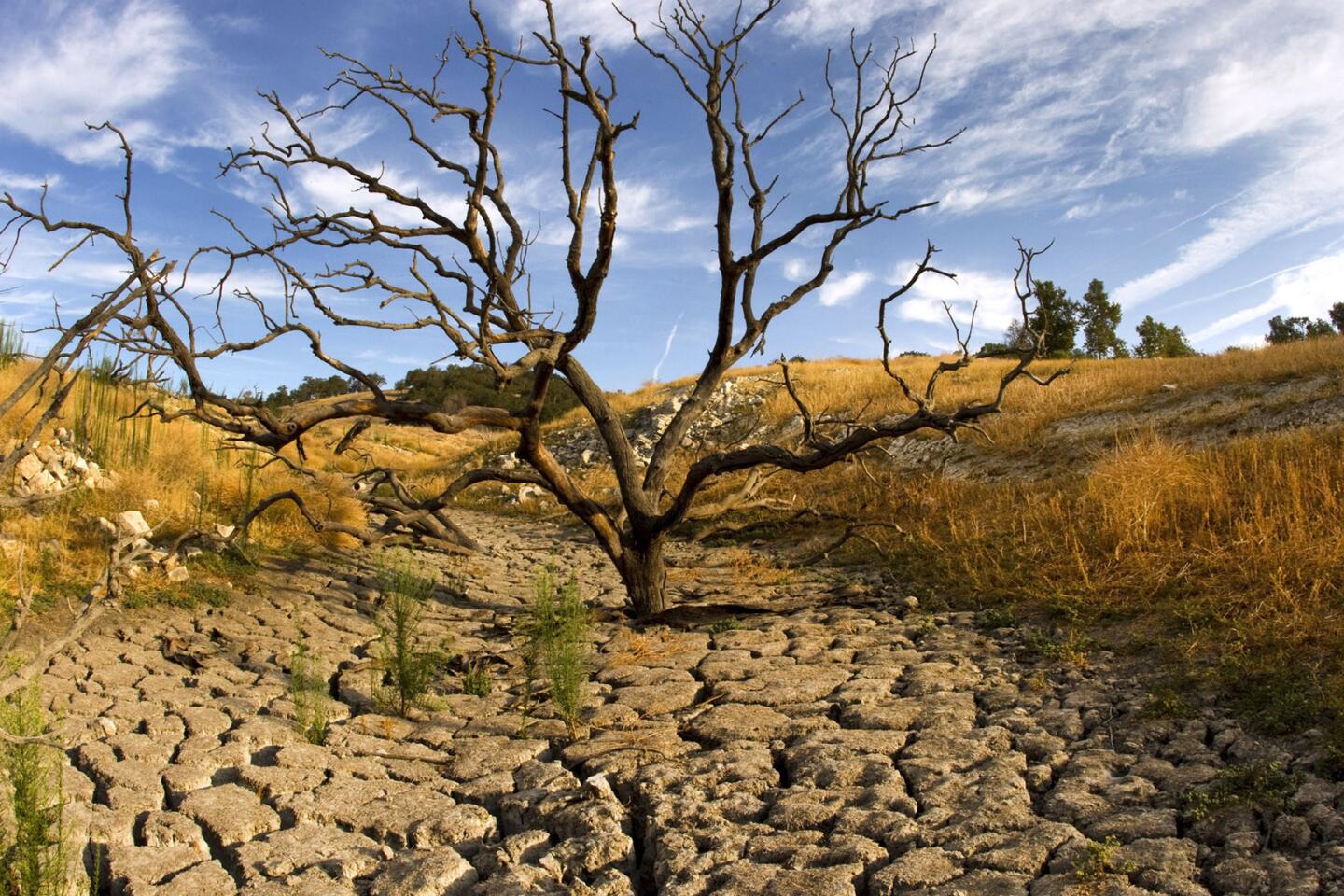
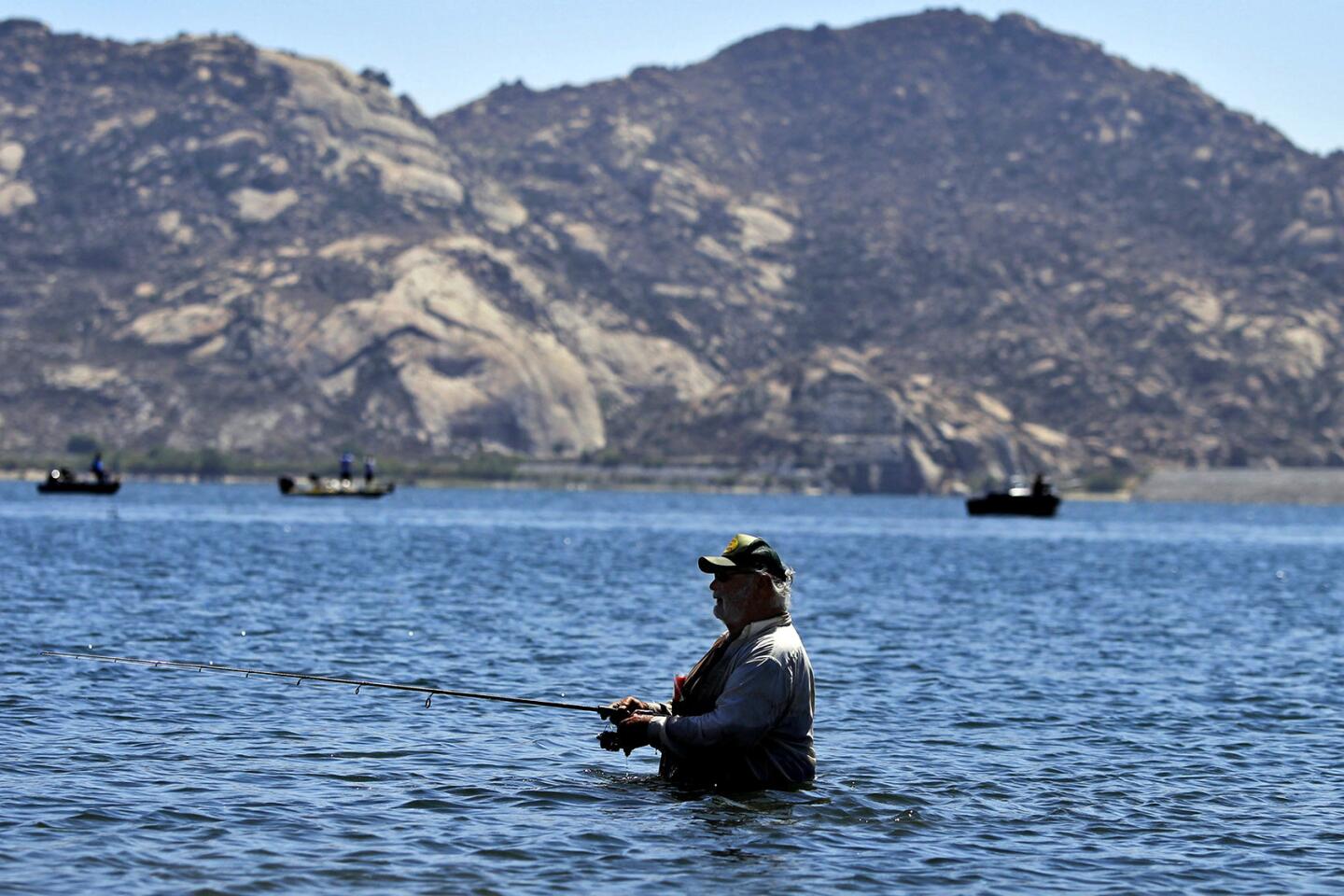
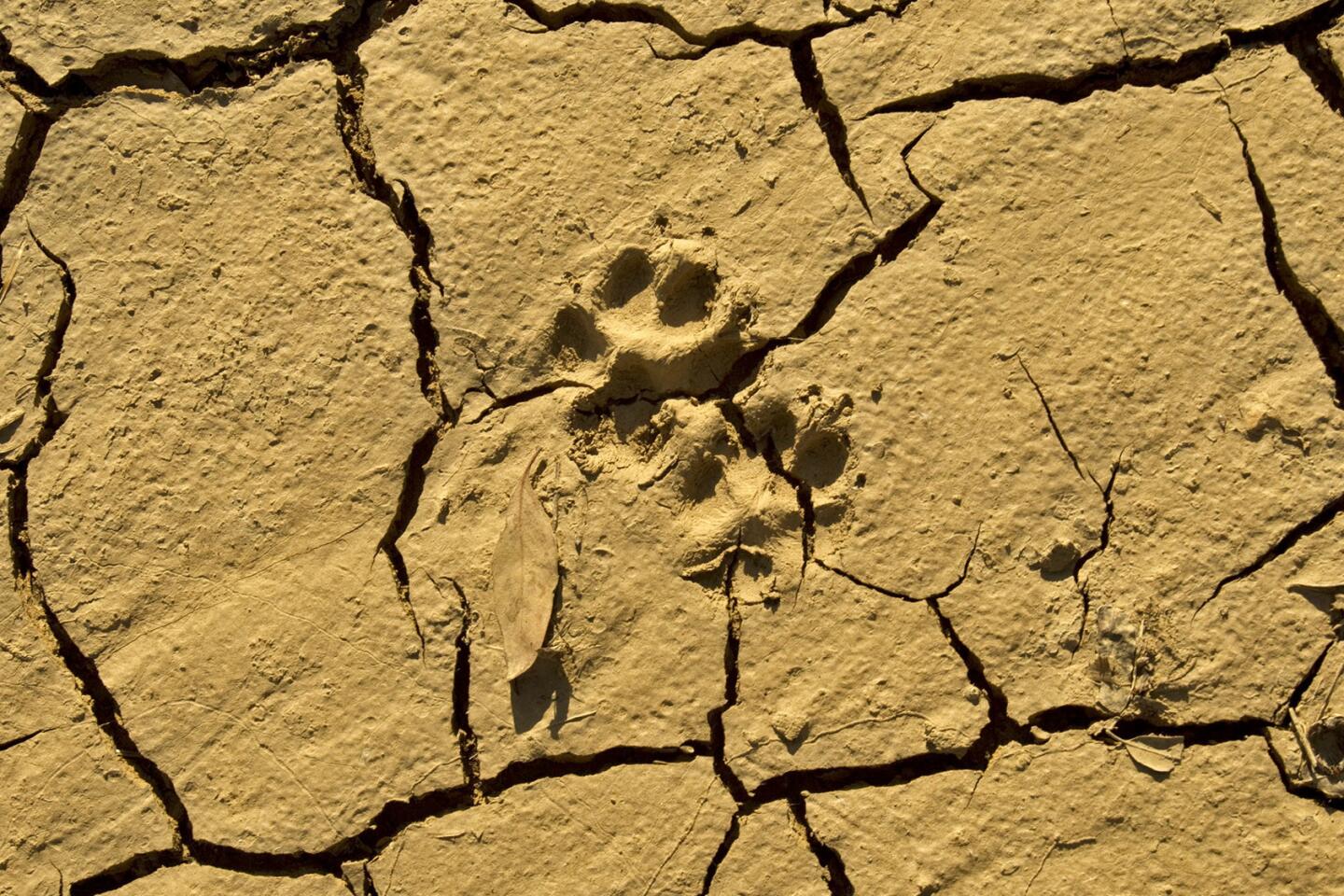
An animal’s footprint is molded into dry, cracked earth in a dry riverbed near a Castaic Lake bridge. Extremely low levels of water at sunrise at Castaic Lake and reveal the effects of the prolonged drought March 8, 2014.
(Allen J. Schaben / Los Angeles Times)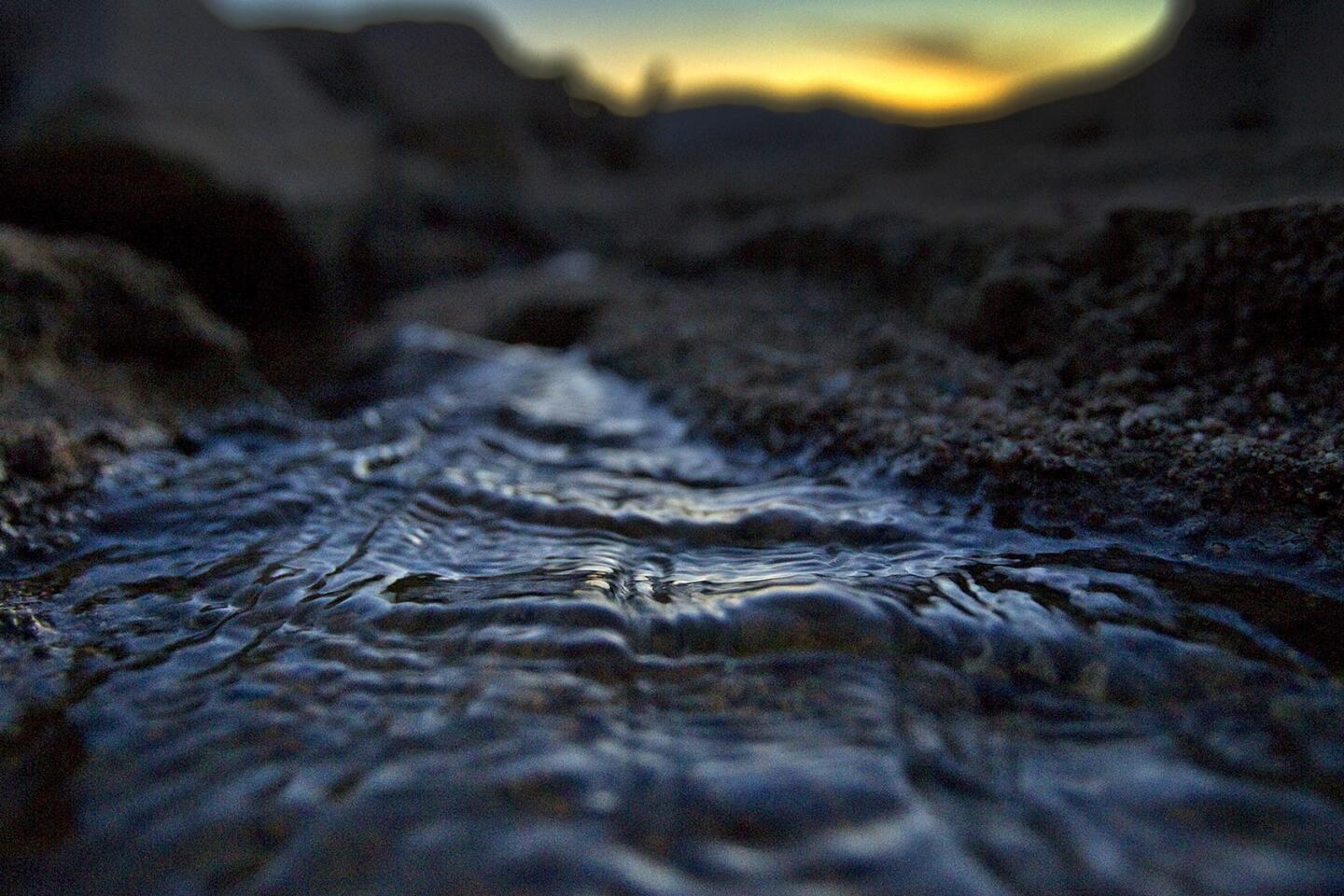
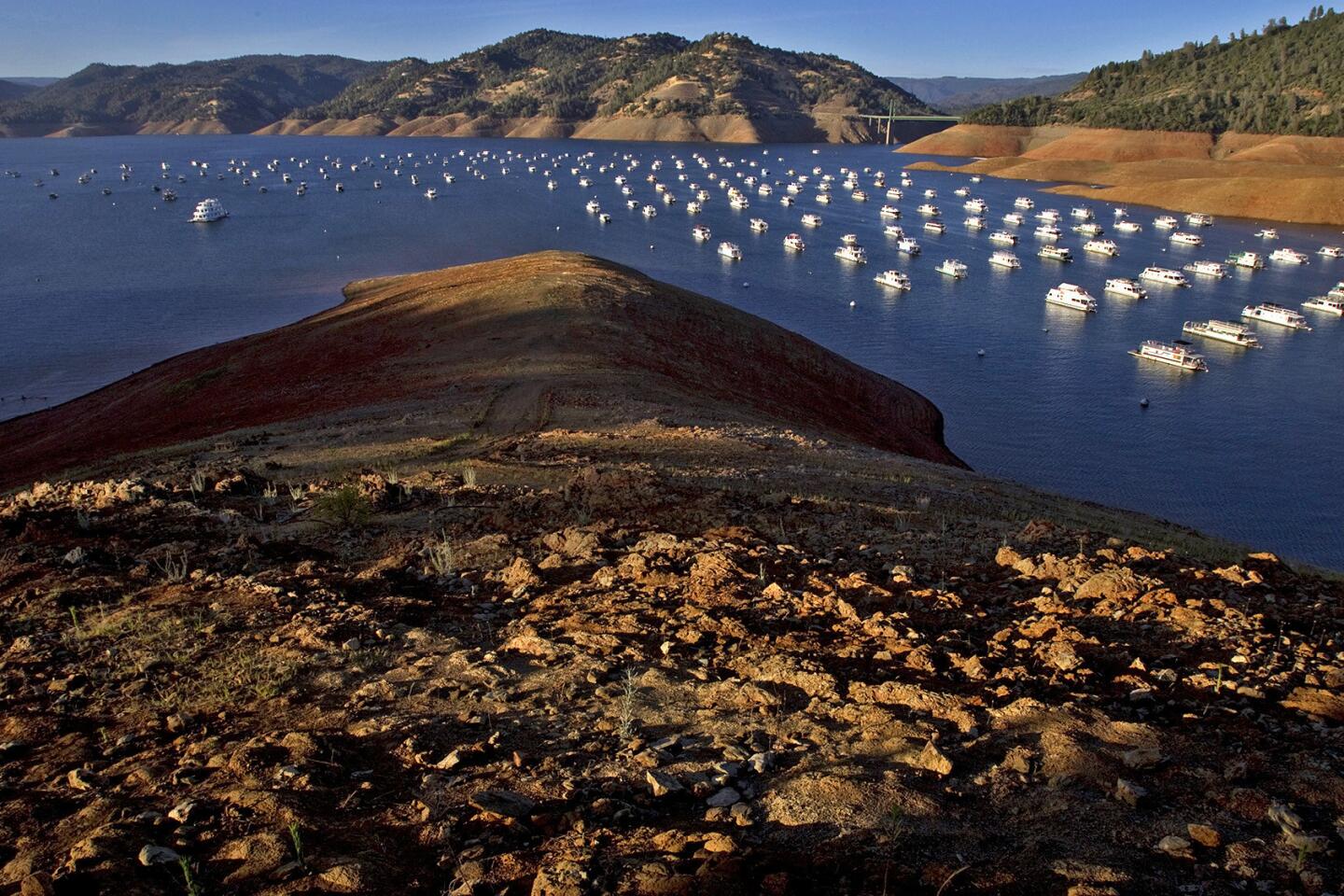
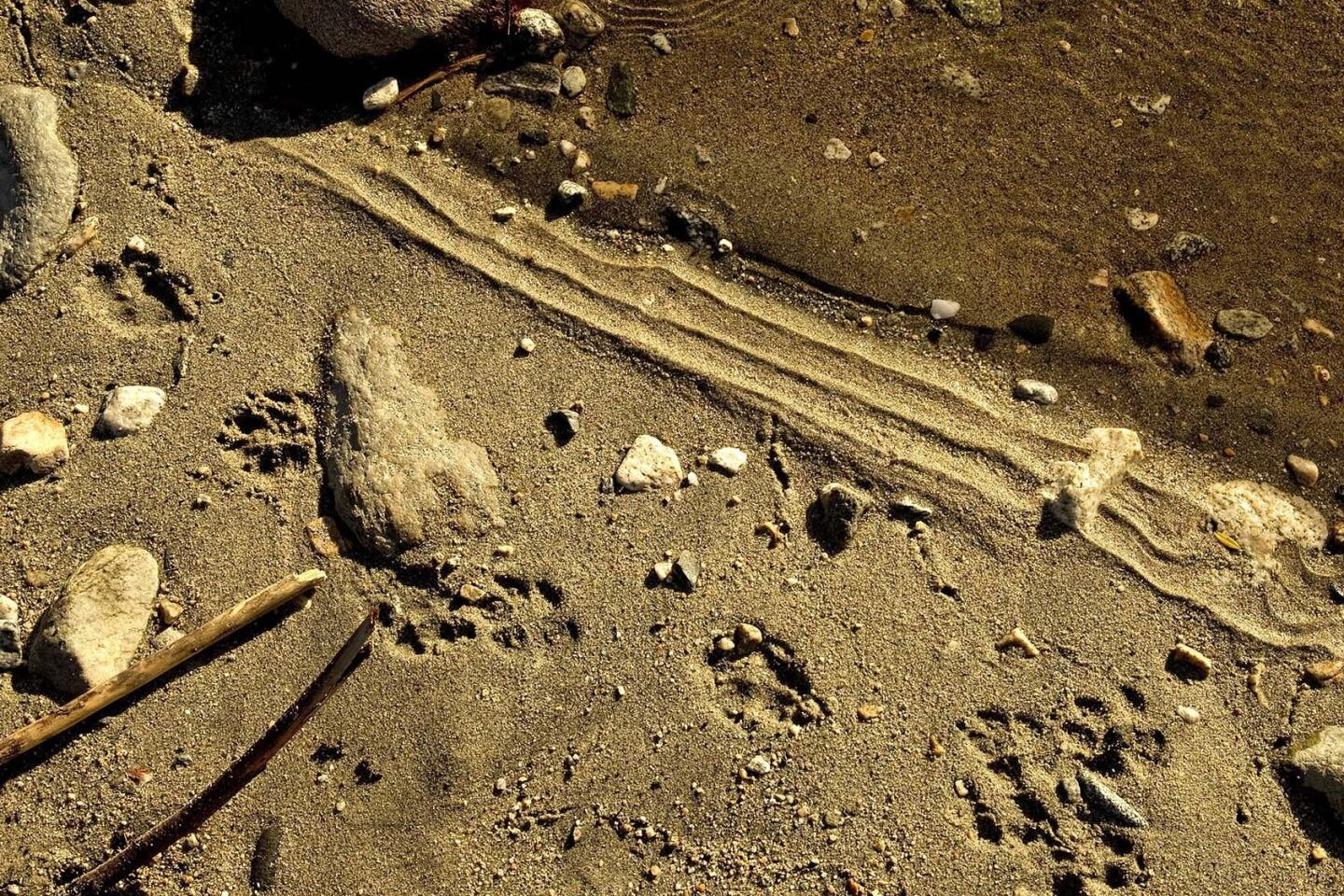
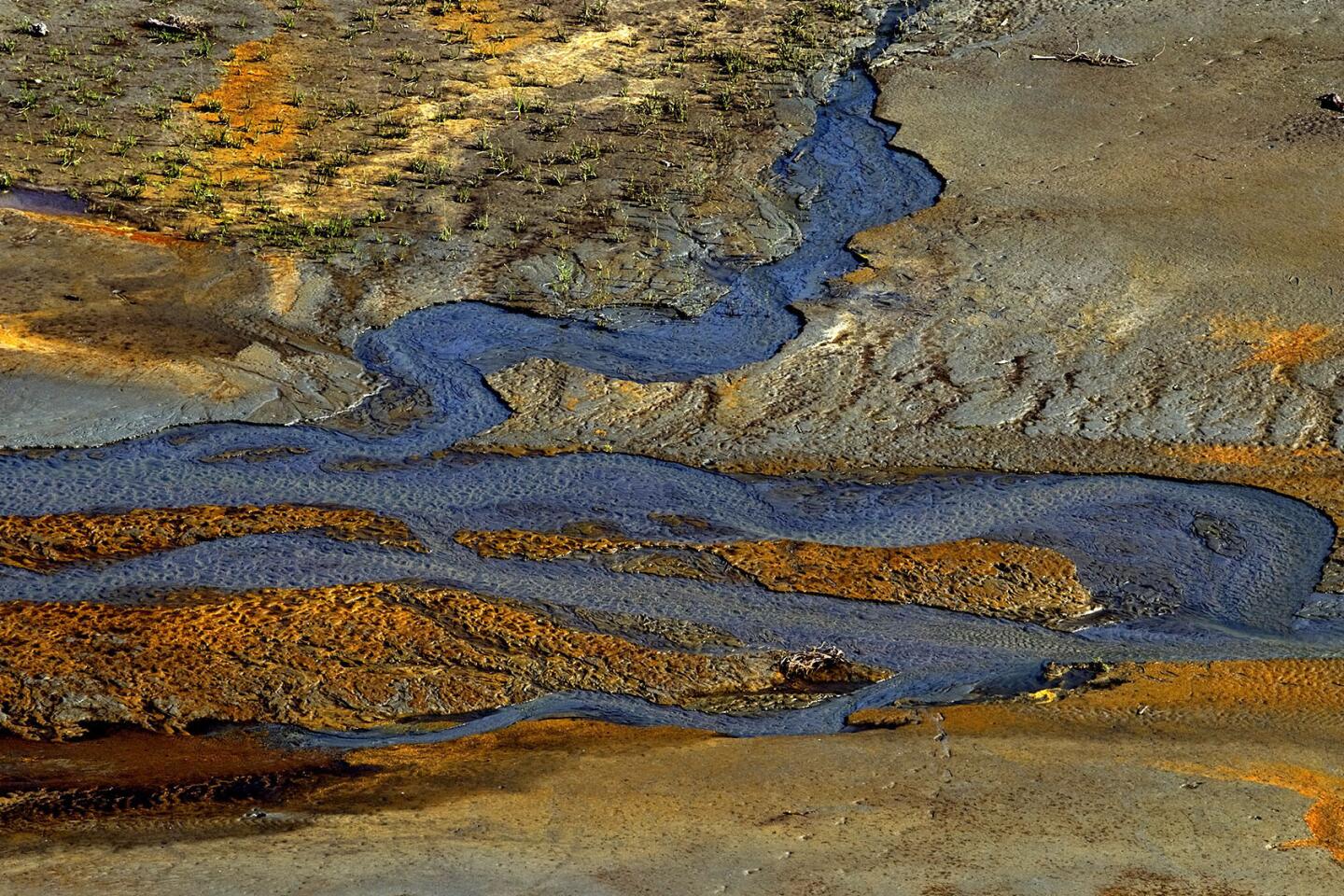
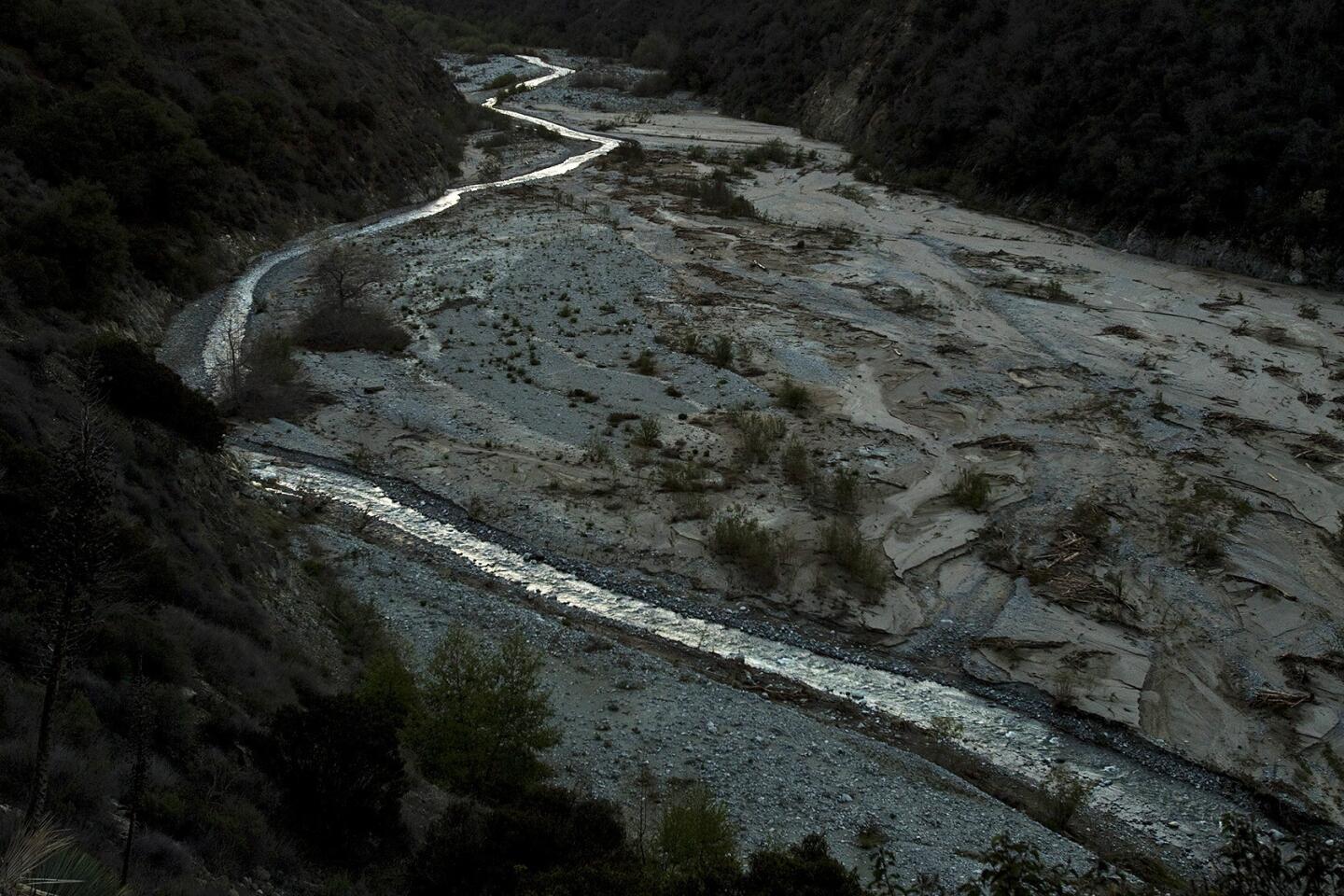
A pre-dawn glow illuminates a narrow, shallow meandering stream flowing in San Gabriel River’s East Fork in the Angeles National Forest, which reveal the effects of the prolonged drought March 12, 2014.
(Allen J. Schaben / Los Angeles Times)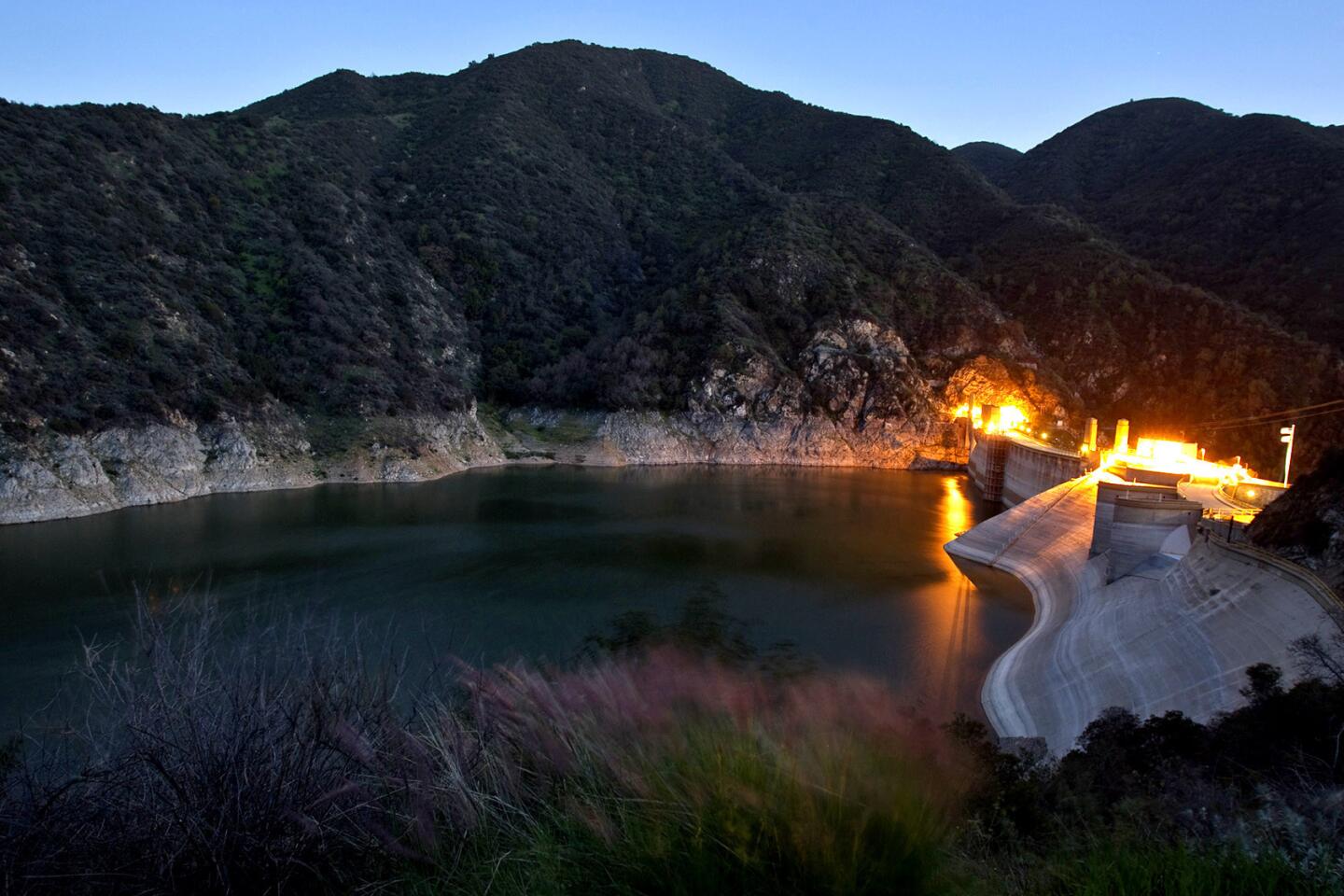
A white rocky ring reveals low levels of water in the Morris Dam, just north of Azusa in the Angeles National Forest, reflecting the effects of the prolonged drought March 12, 2014.
(Allen J. Schaben / Los Angeles Times)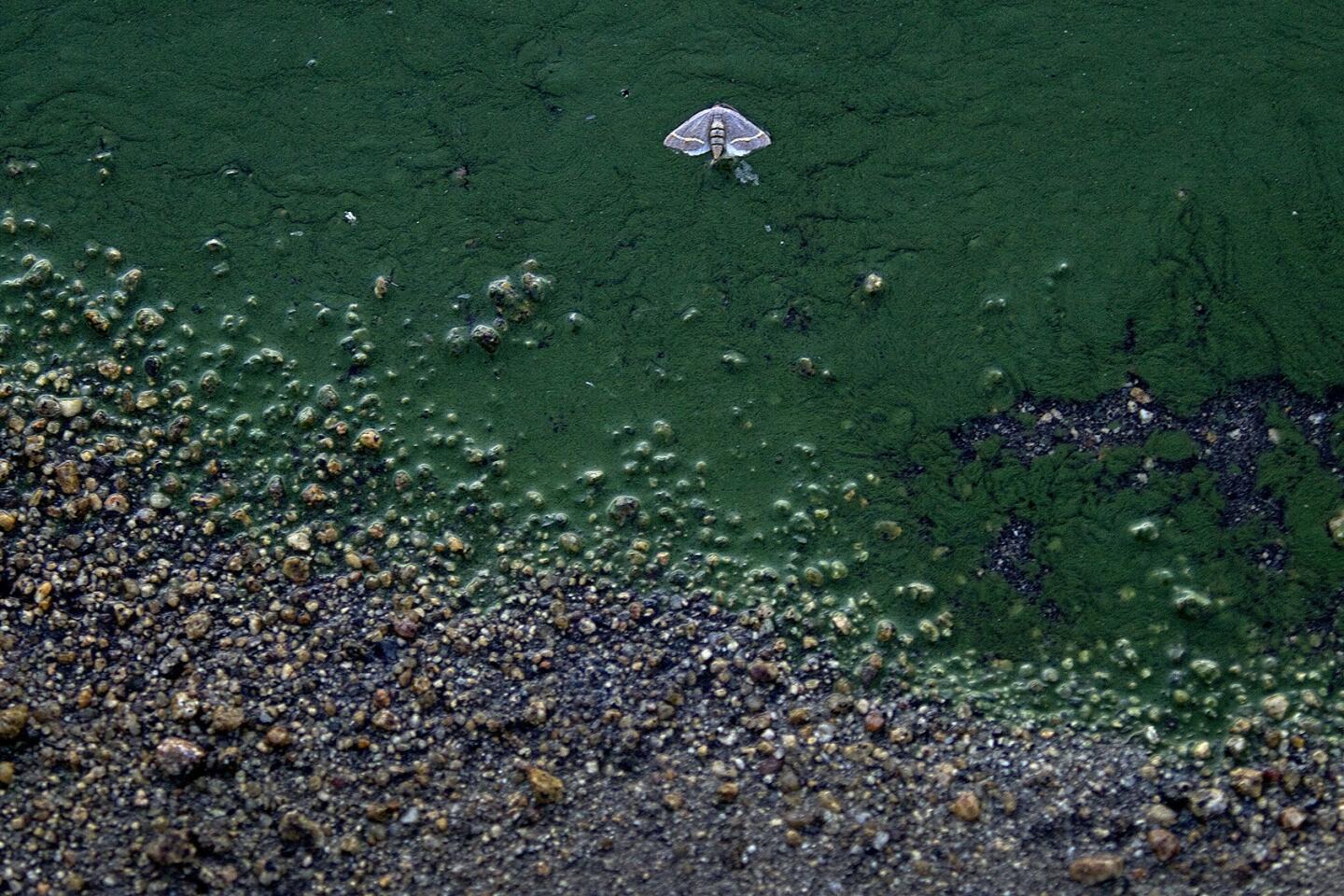
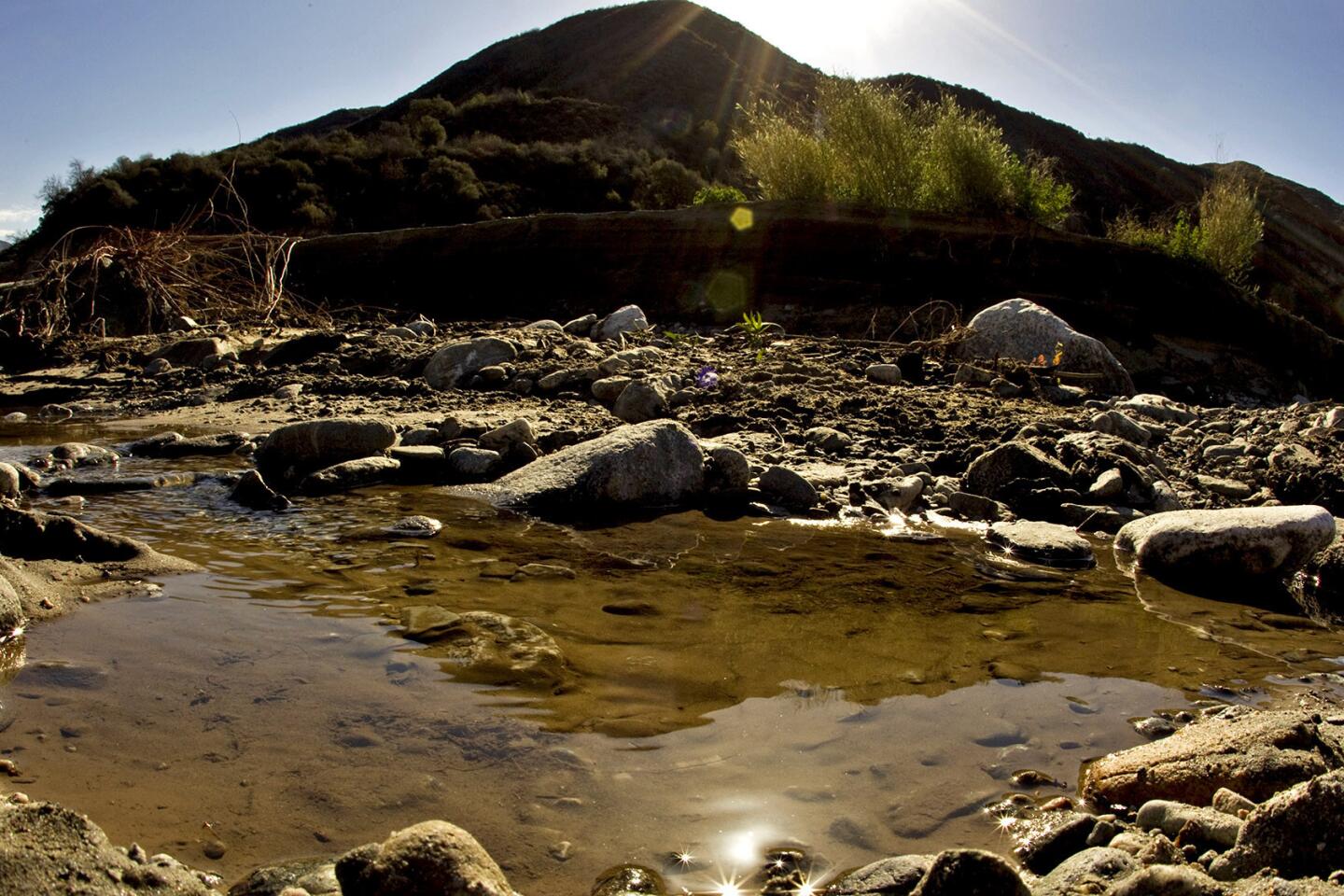
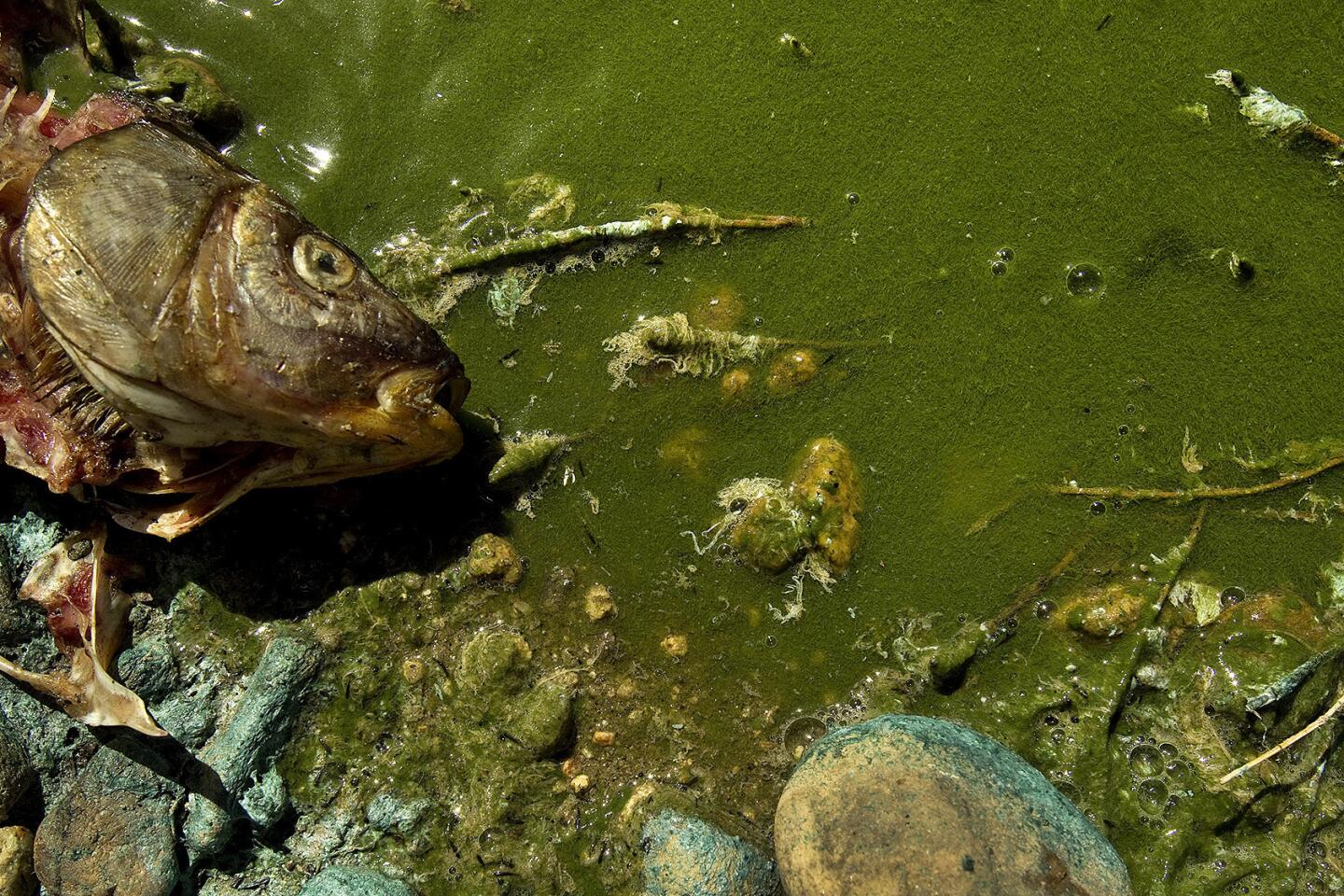
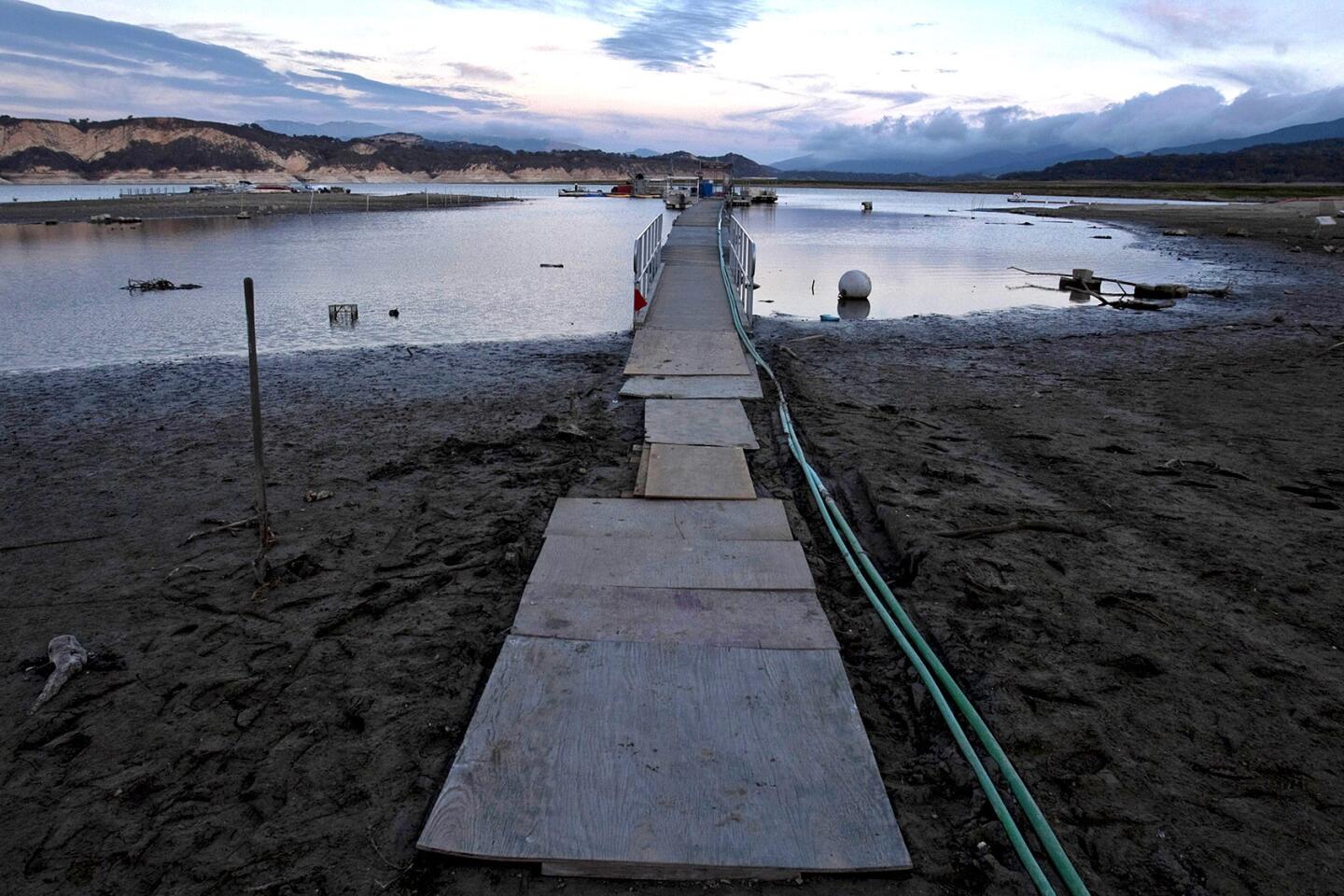
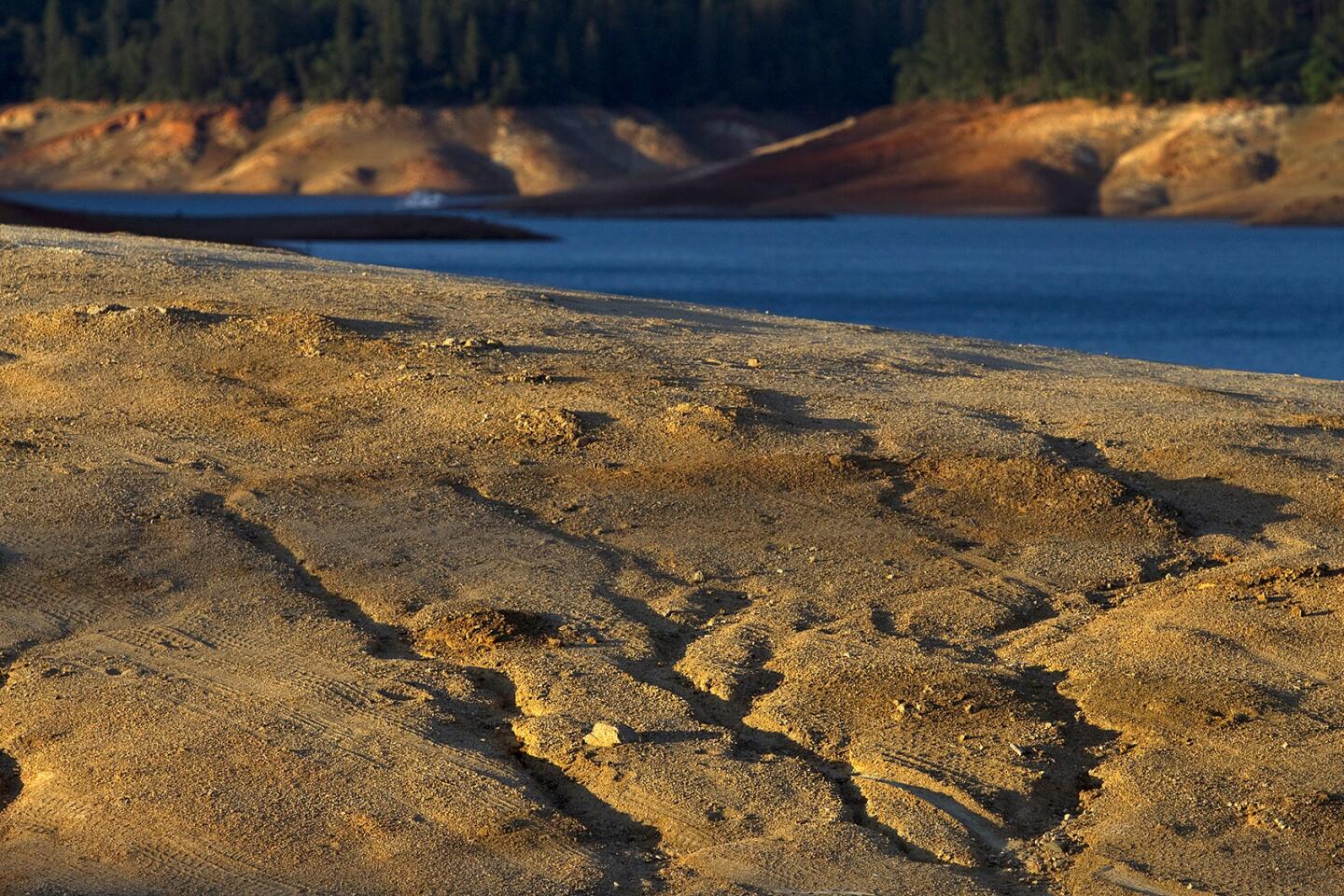
Dry ruts in a island reveal where the water level used to be at Lake Shasta due to serious drought conditions. Lake Shasta is at 31% of capacity due to the ongoing drought and is likely to get worse.
(Allen J. Schaben / Los Angeles Times)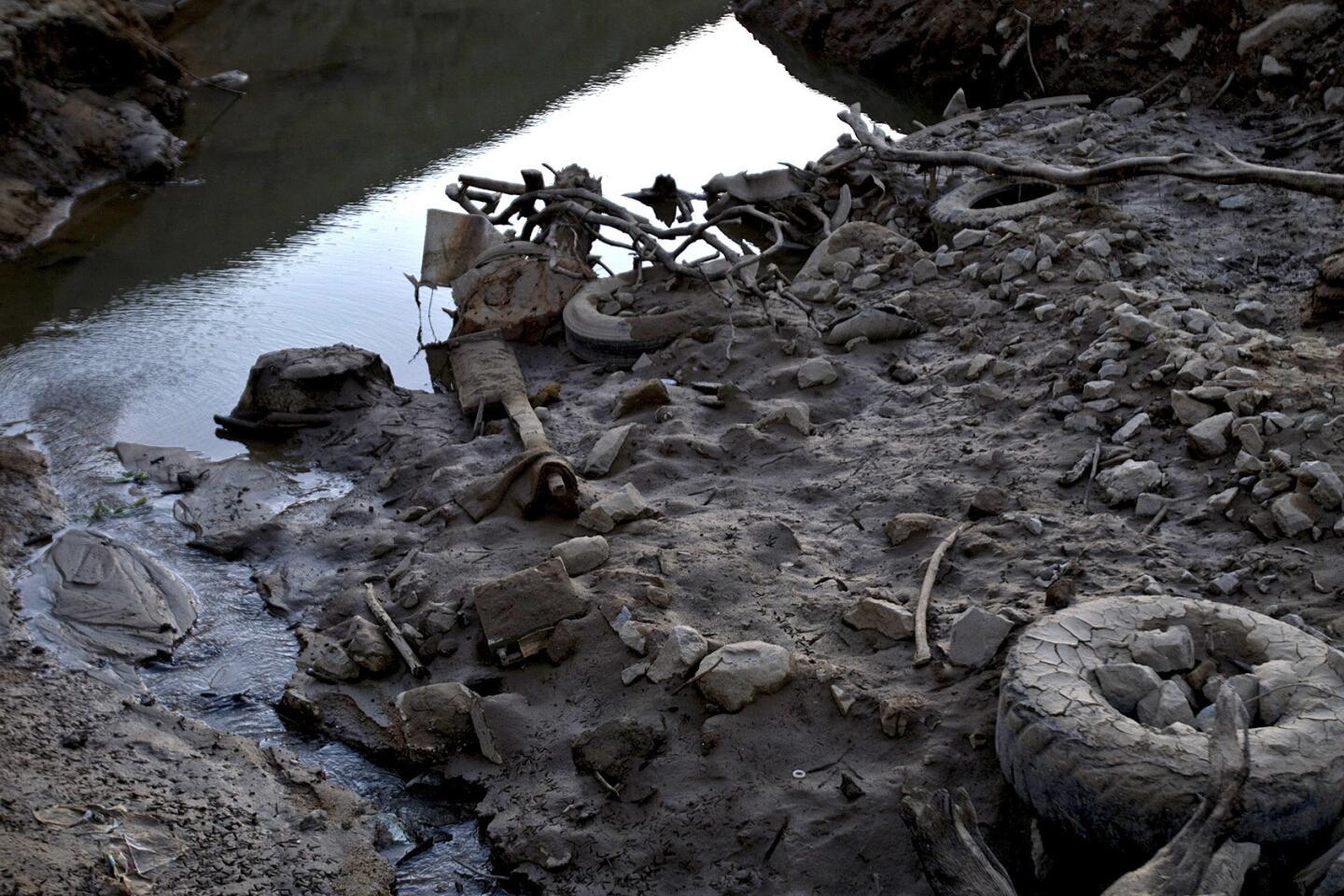
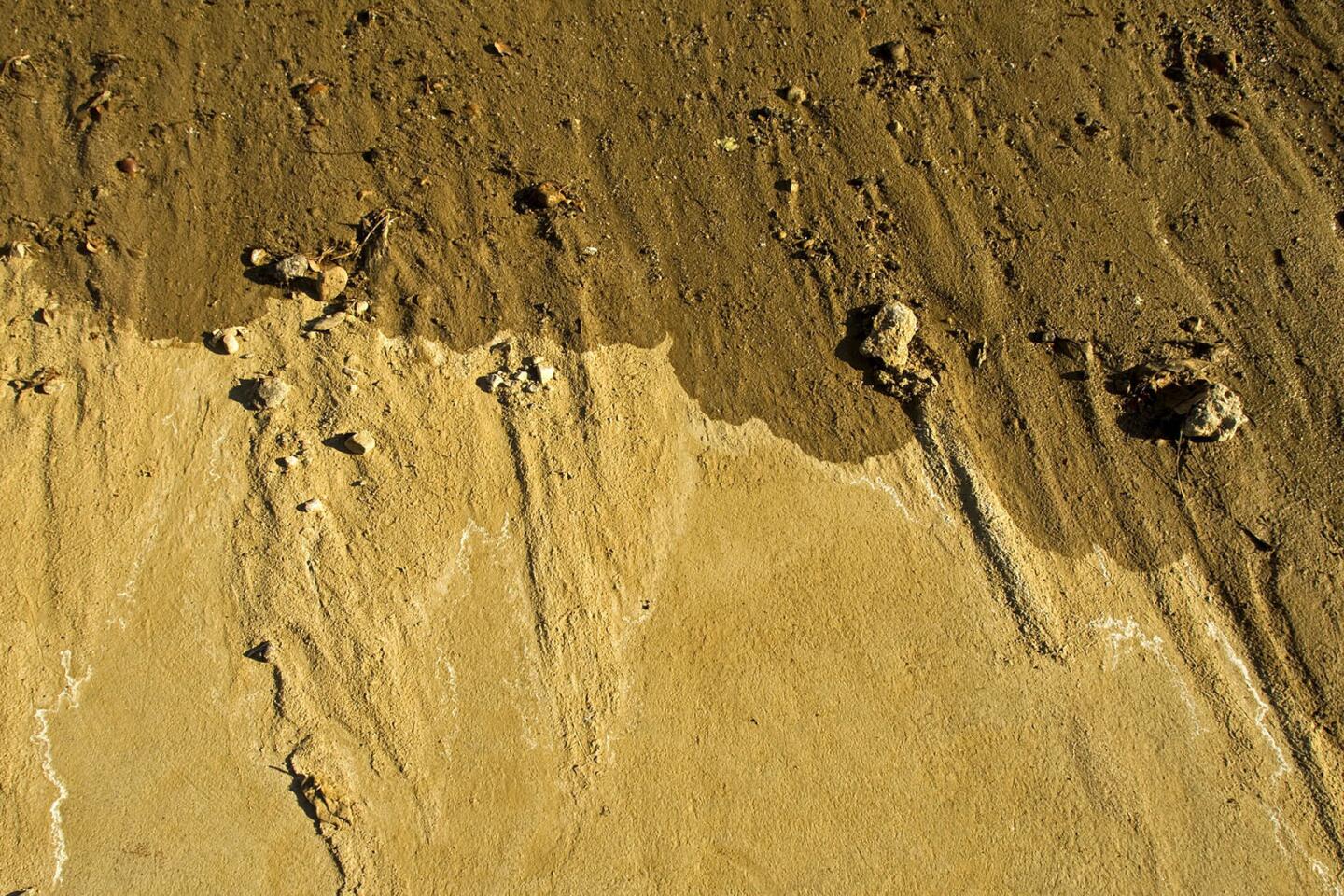
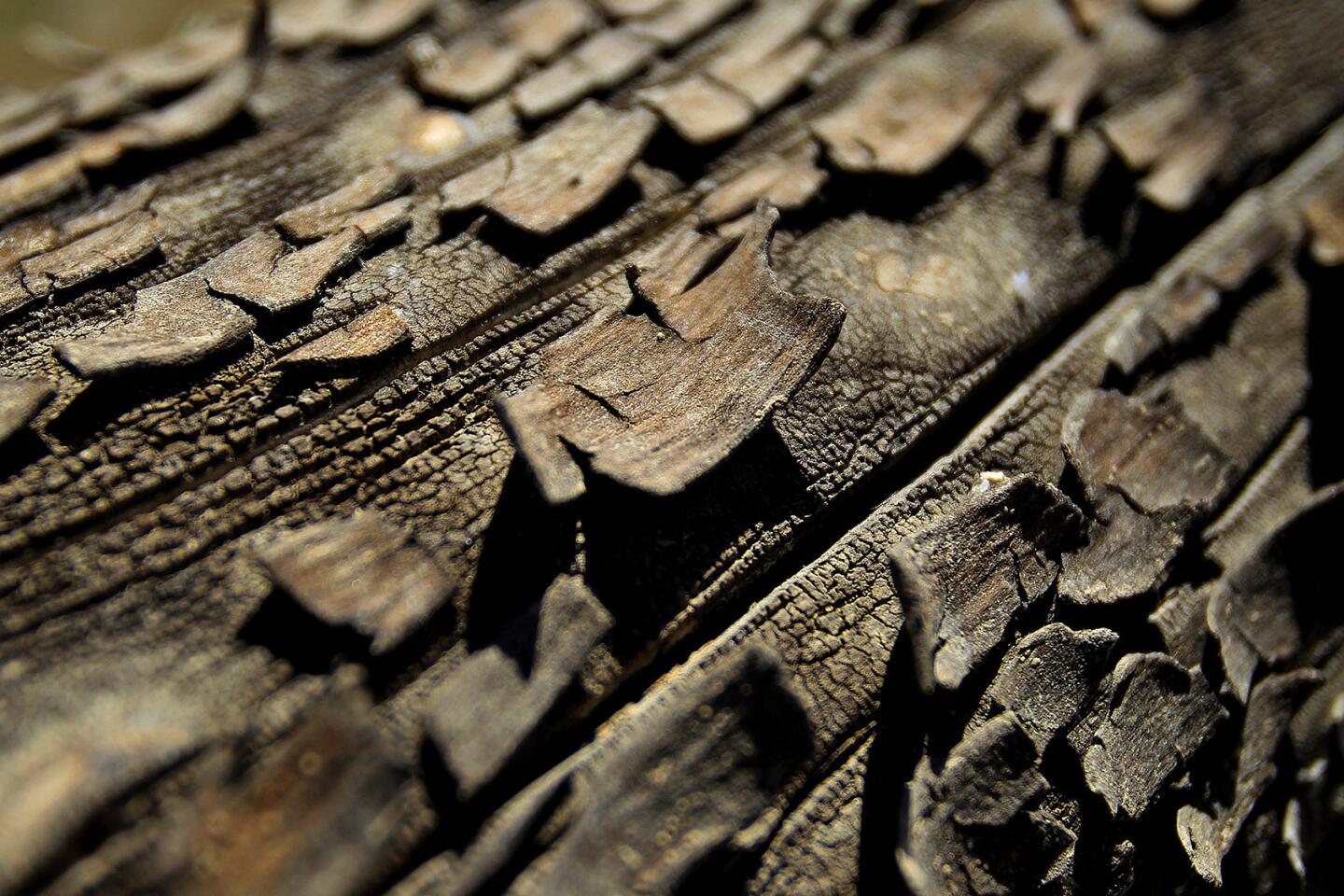
Severe drought conditions are evident as dried bark peels in the hot sun where water levels are down 160 feet from the high water mark at Lake Oroville June 21, 2014. Officials say Lake Oroville is at 43% capacity and likely to get worse, but is not as bad as the drought of 1976-77.
(Allen J. Schaben / Los Angeles Times)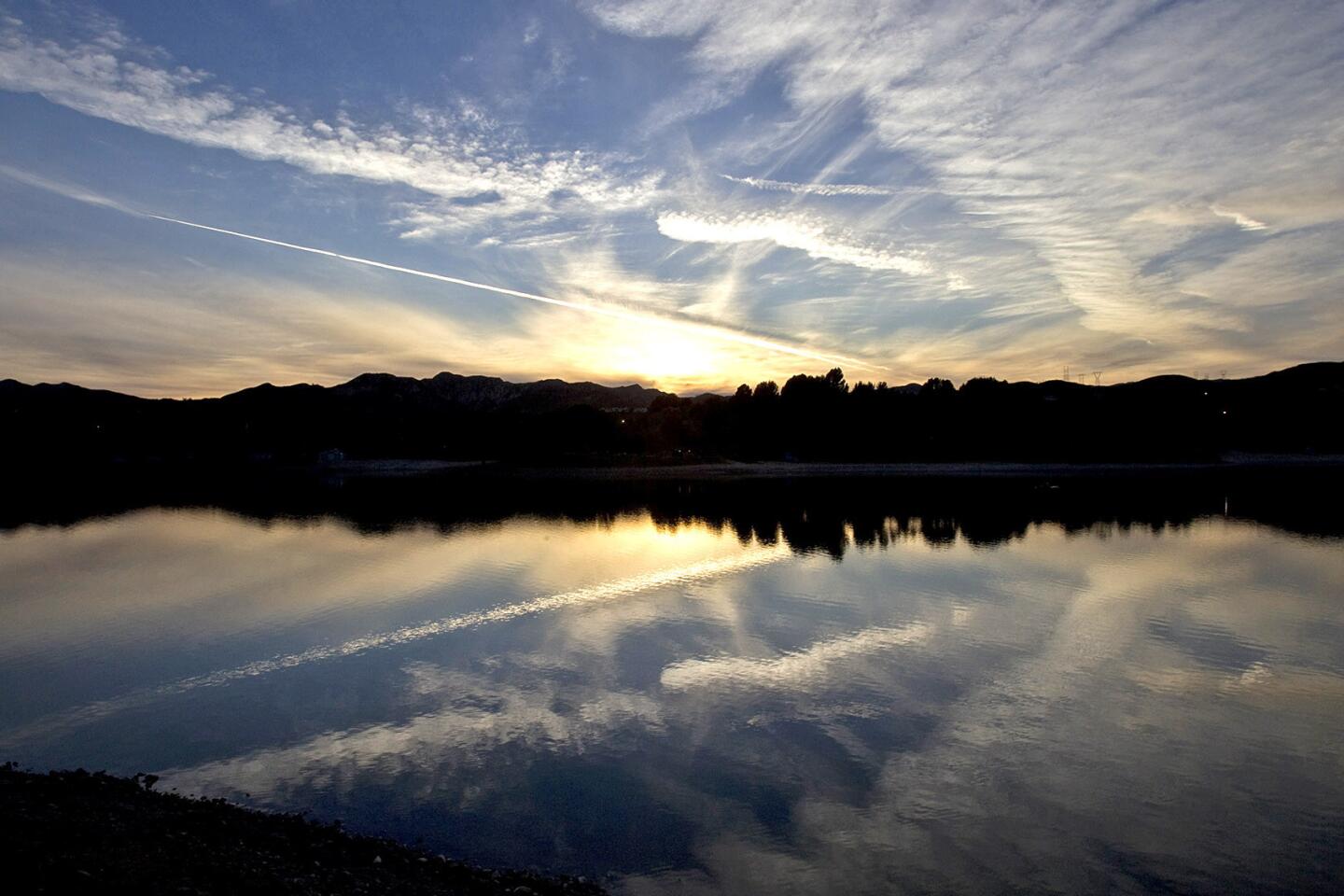
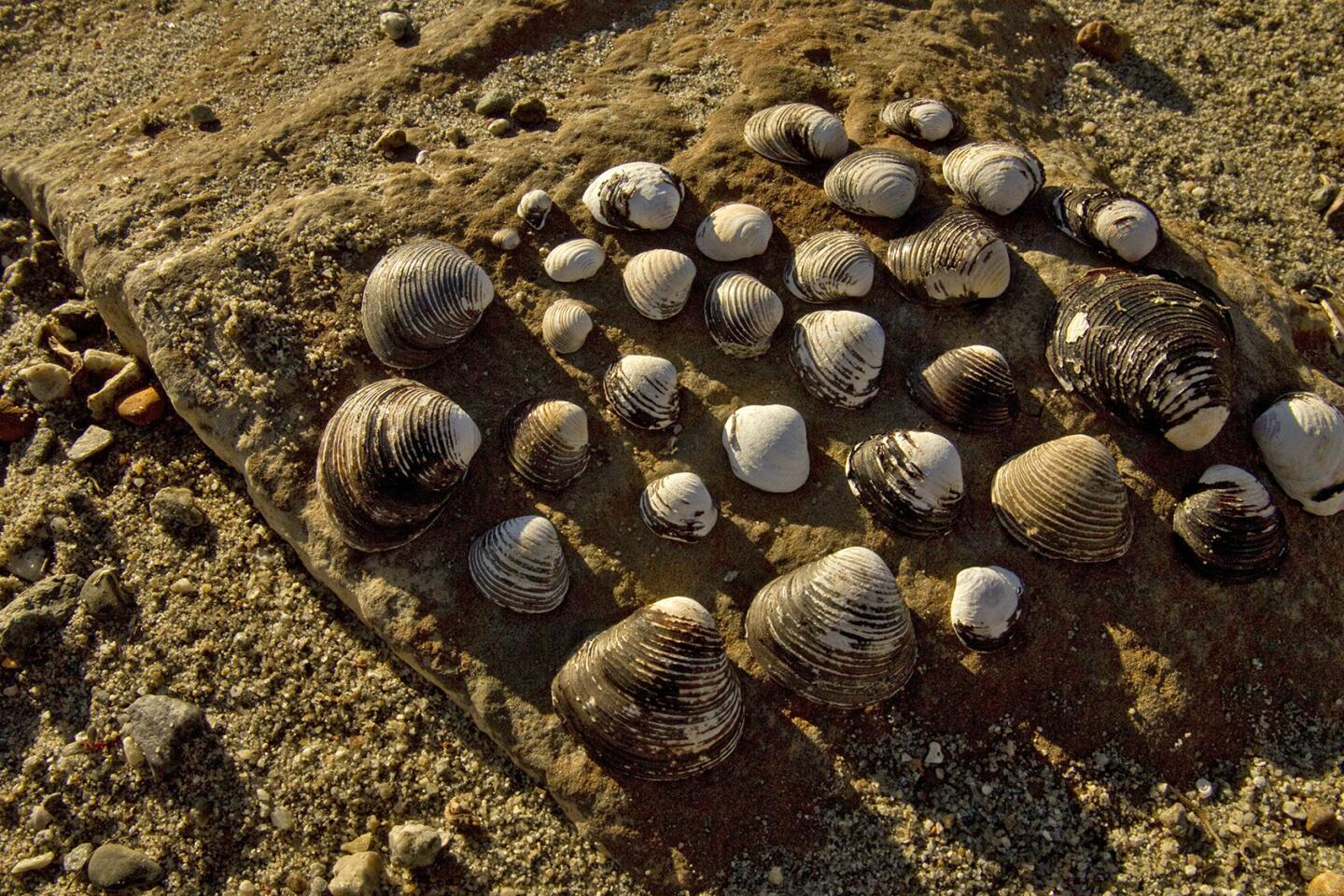
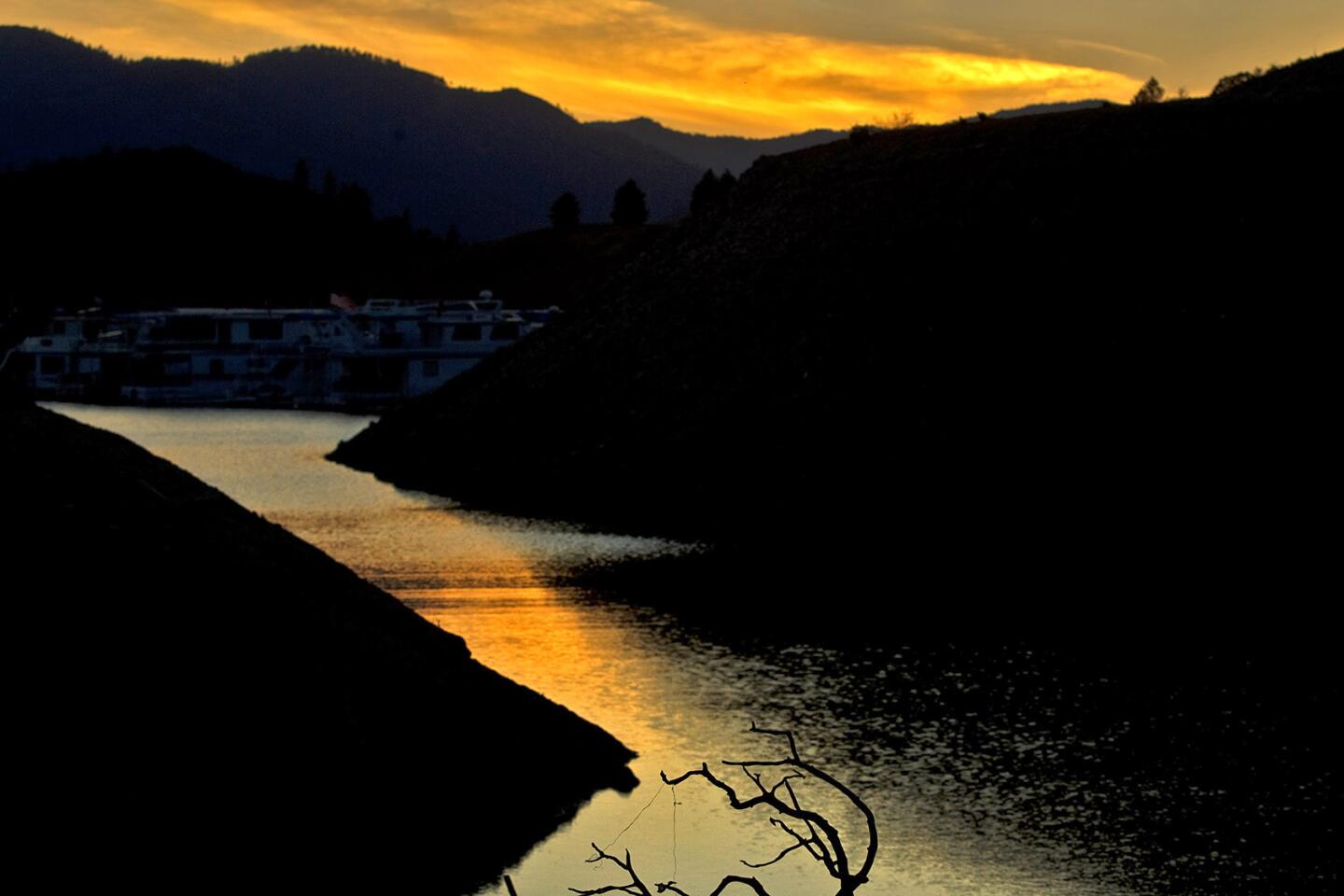
Fallen tree branches and a narrow body of water receding into Lake Shasta at dusk reveal signs of serious drought conditions June 22, 2014. Lake Shasta is at 37% of capacity due to the ongoing drought and is likely to get worse.
(Allen J. Schaben / Los Angeles Times)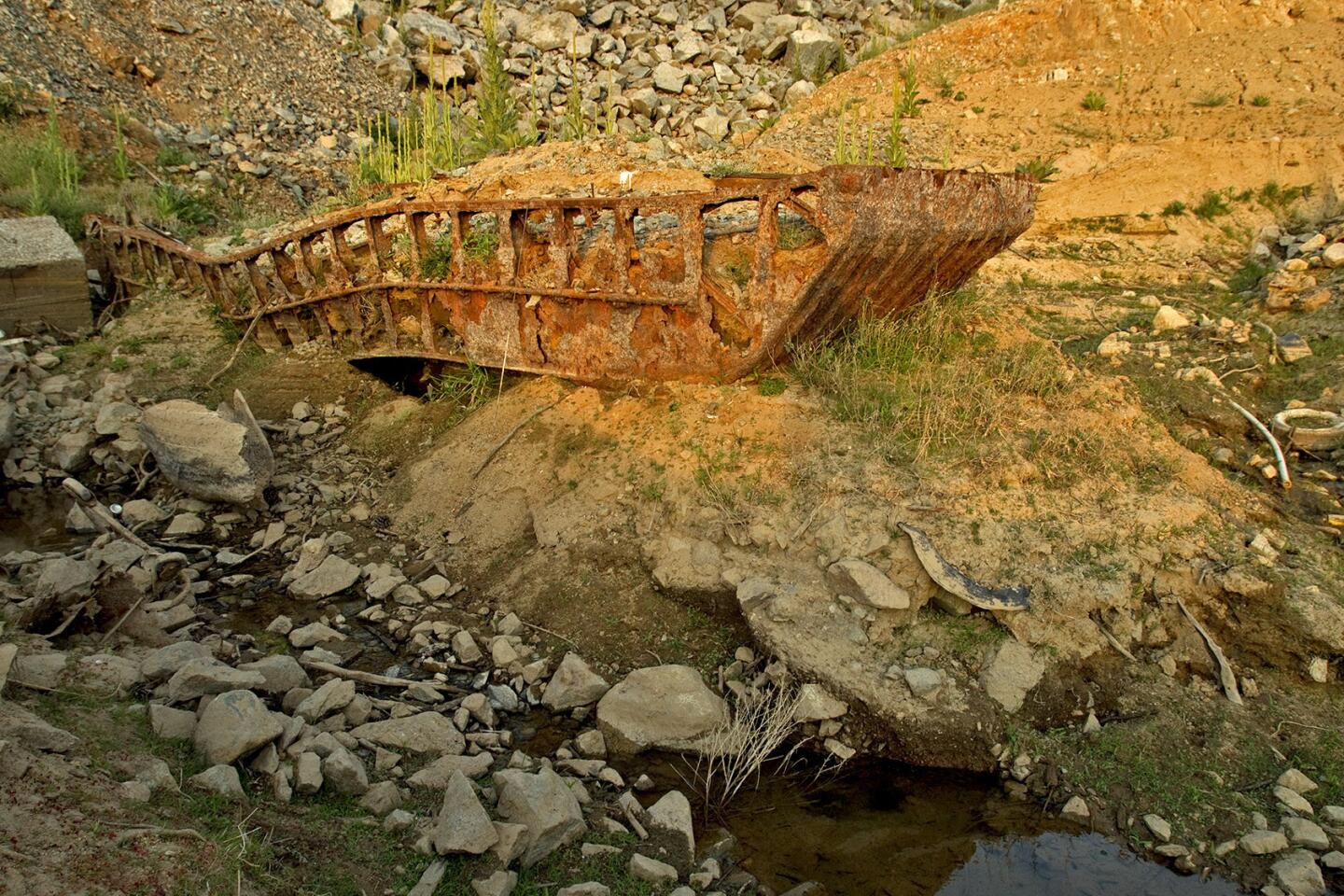
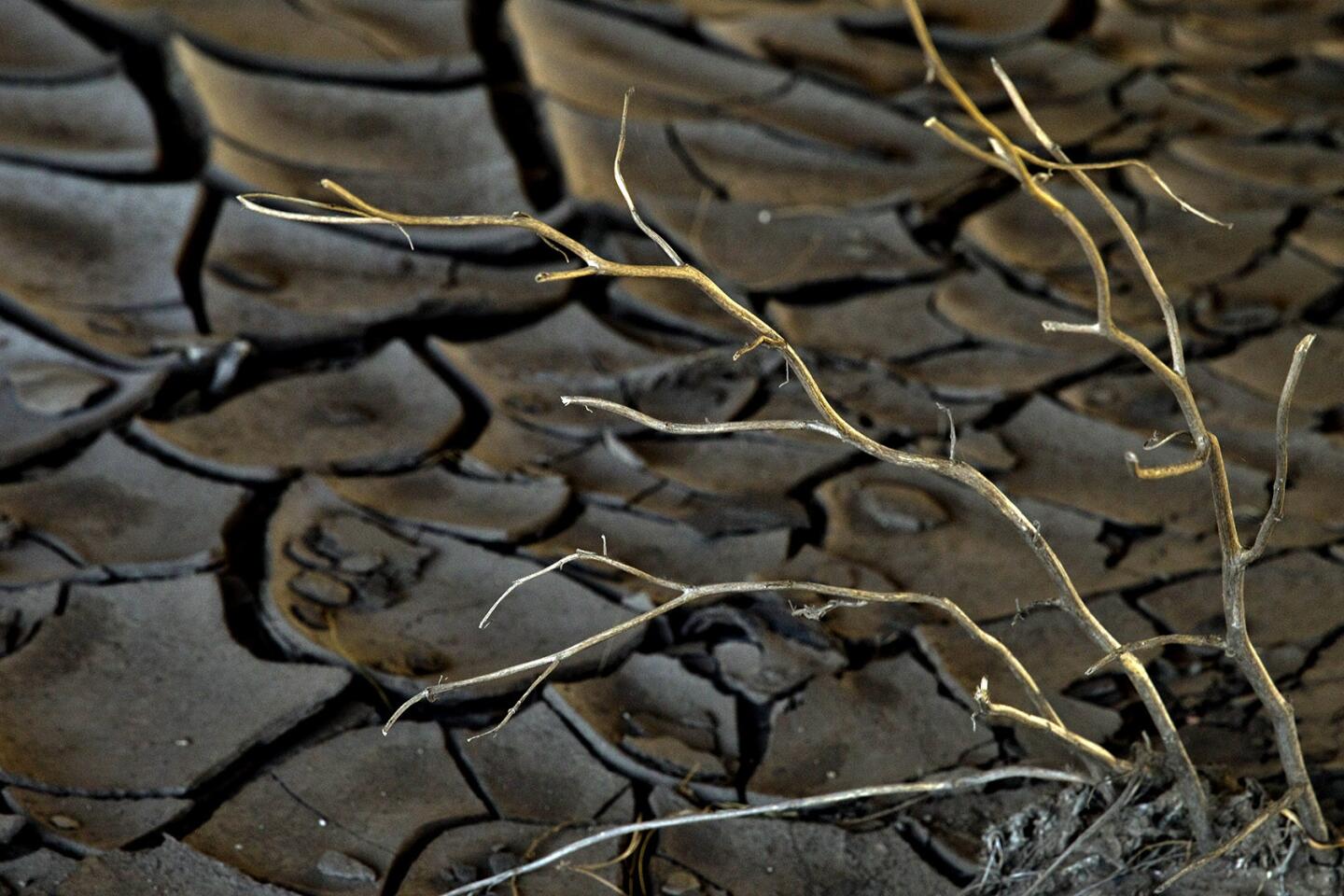
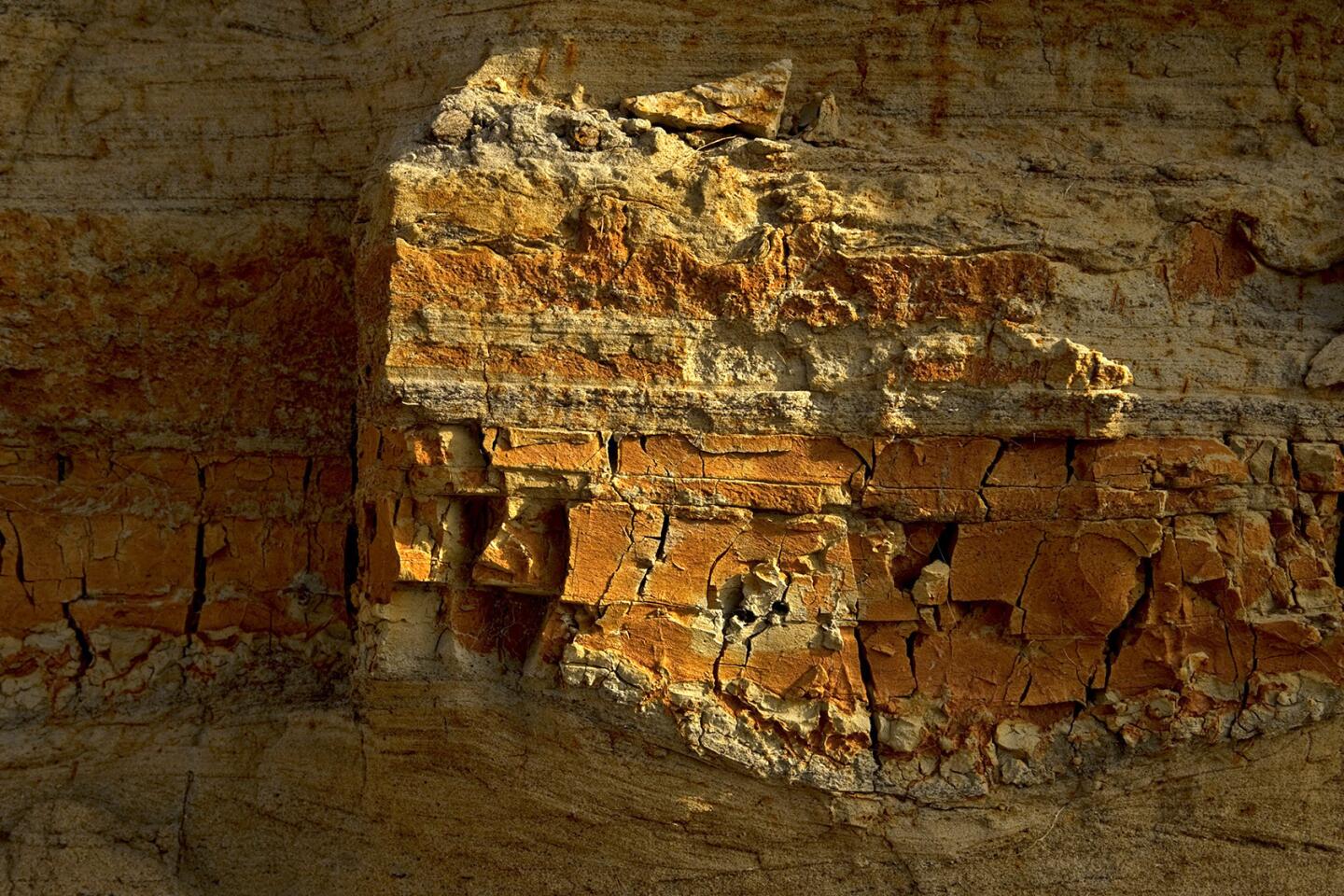
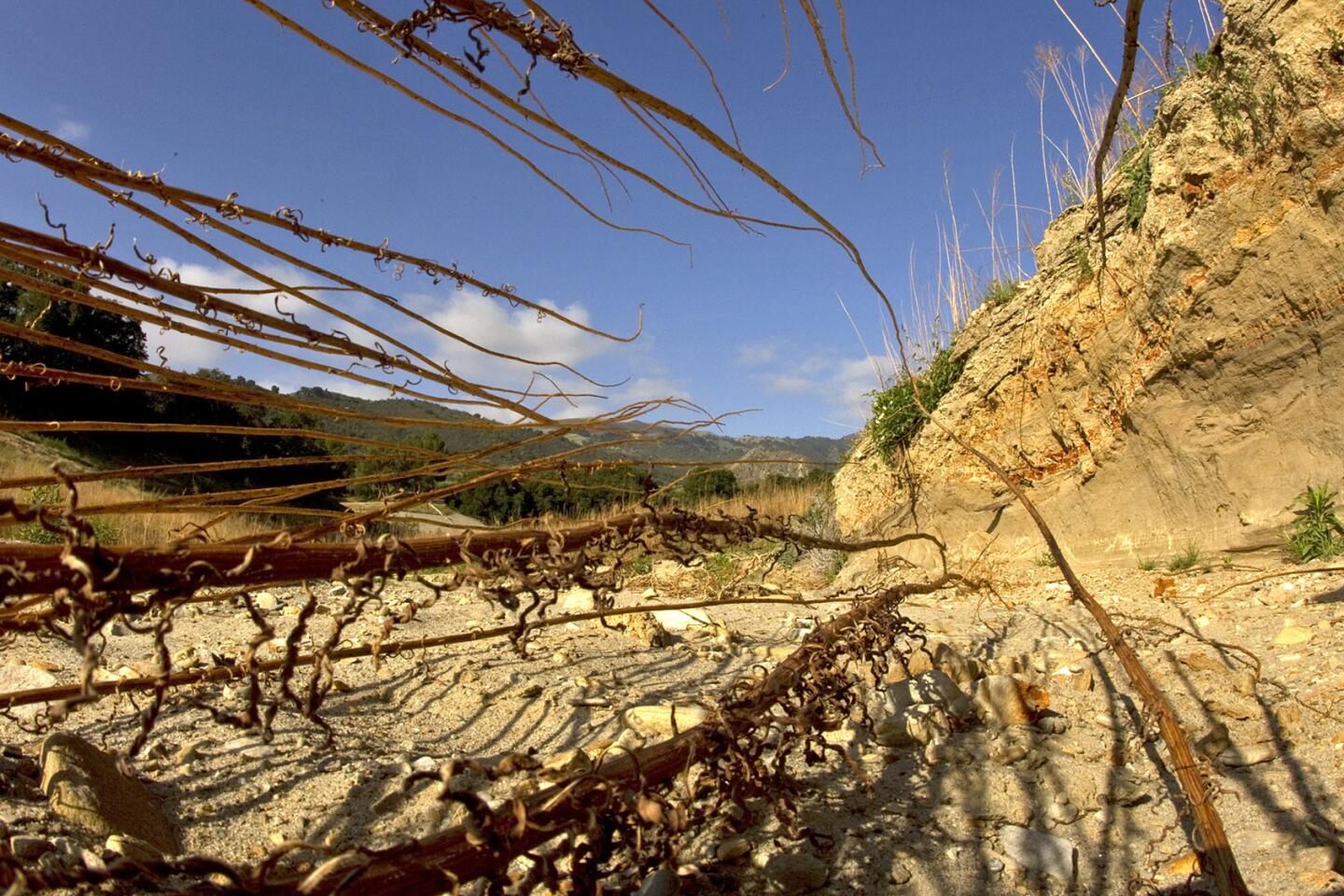
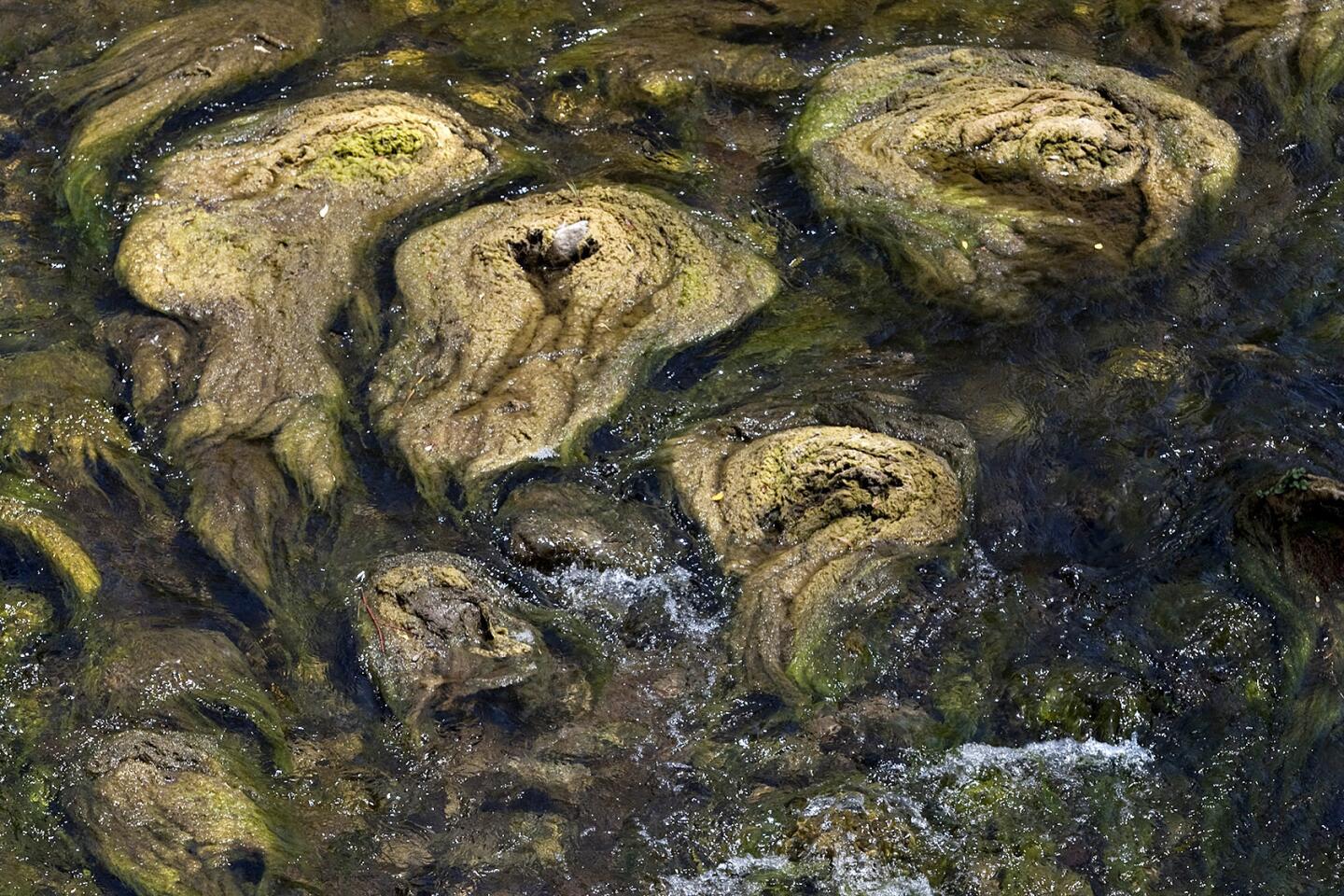
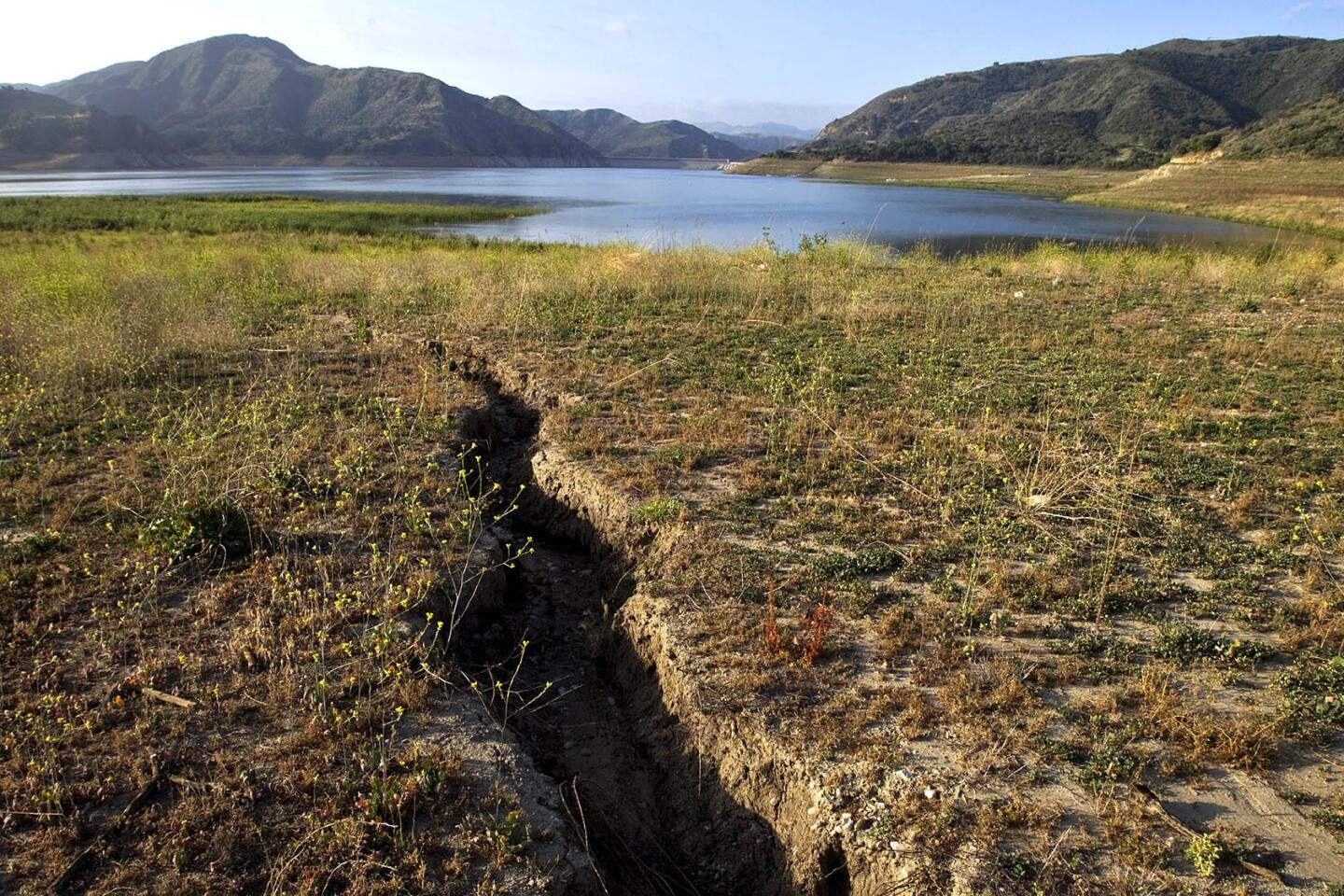
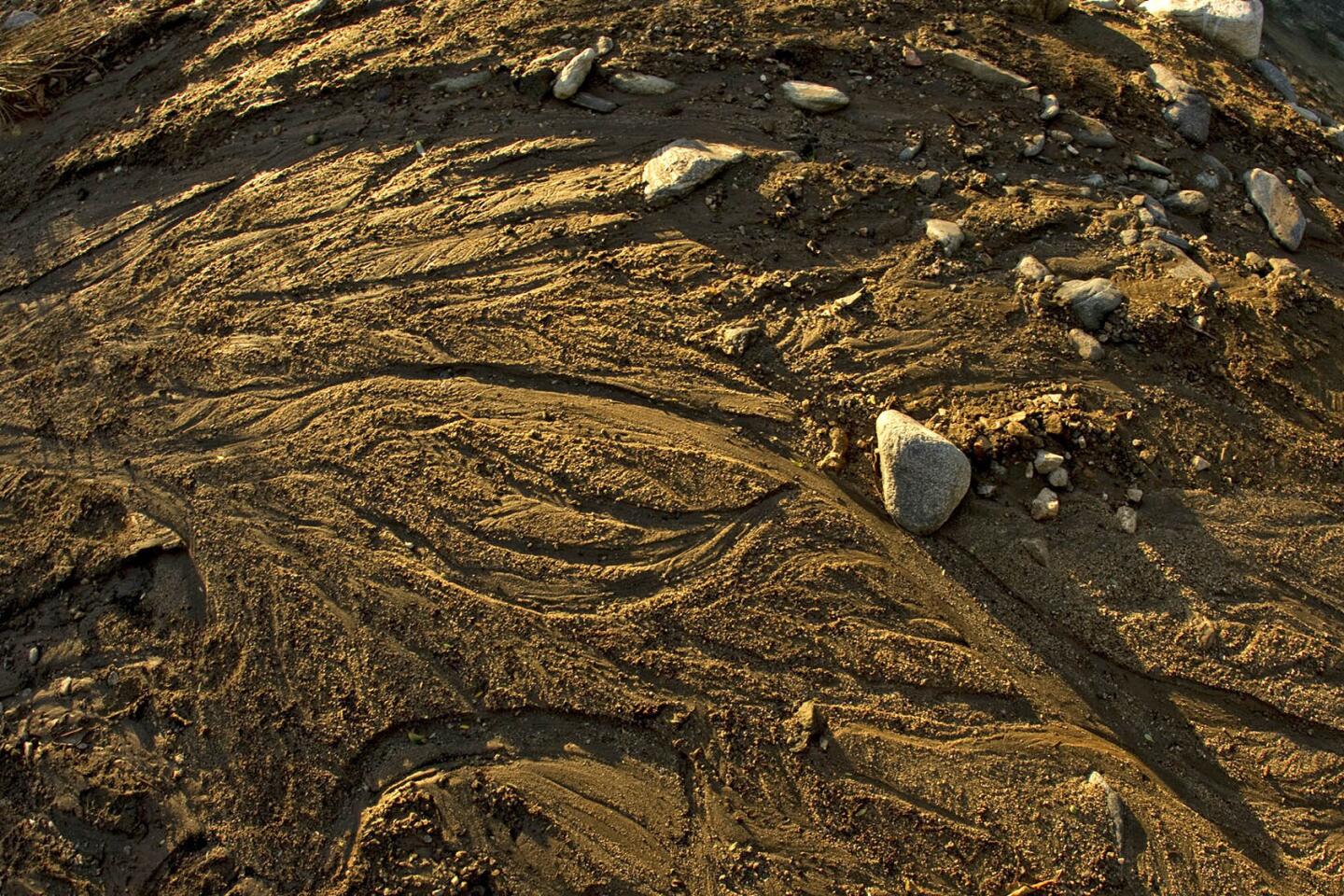
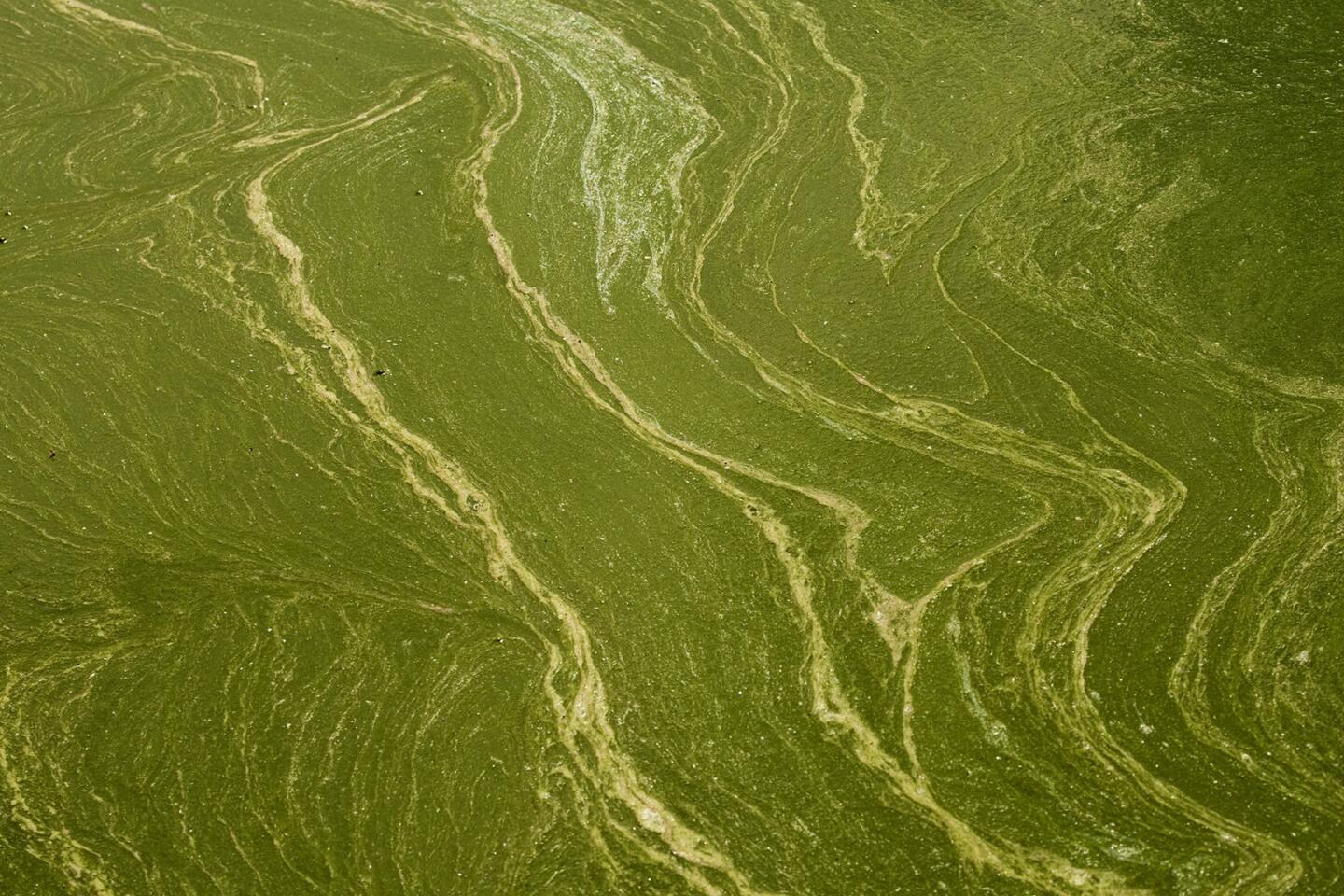
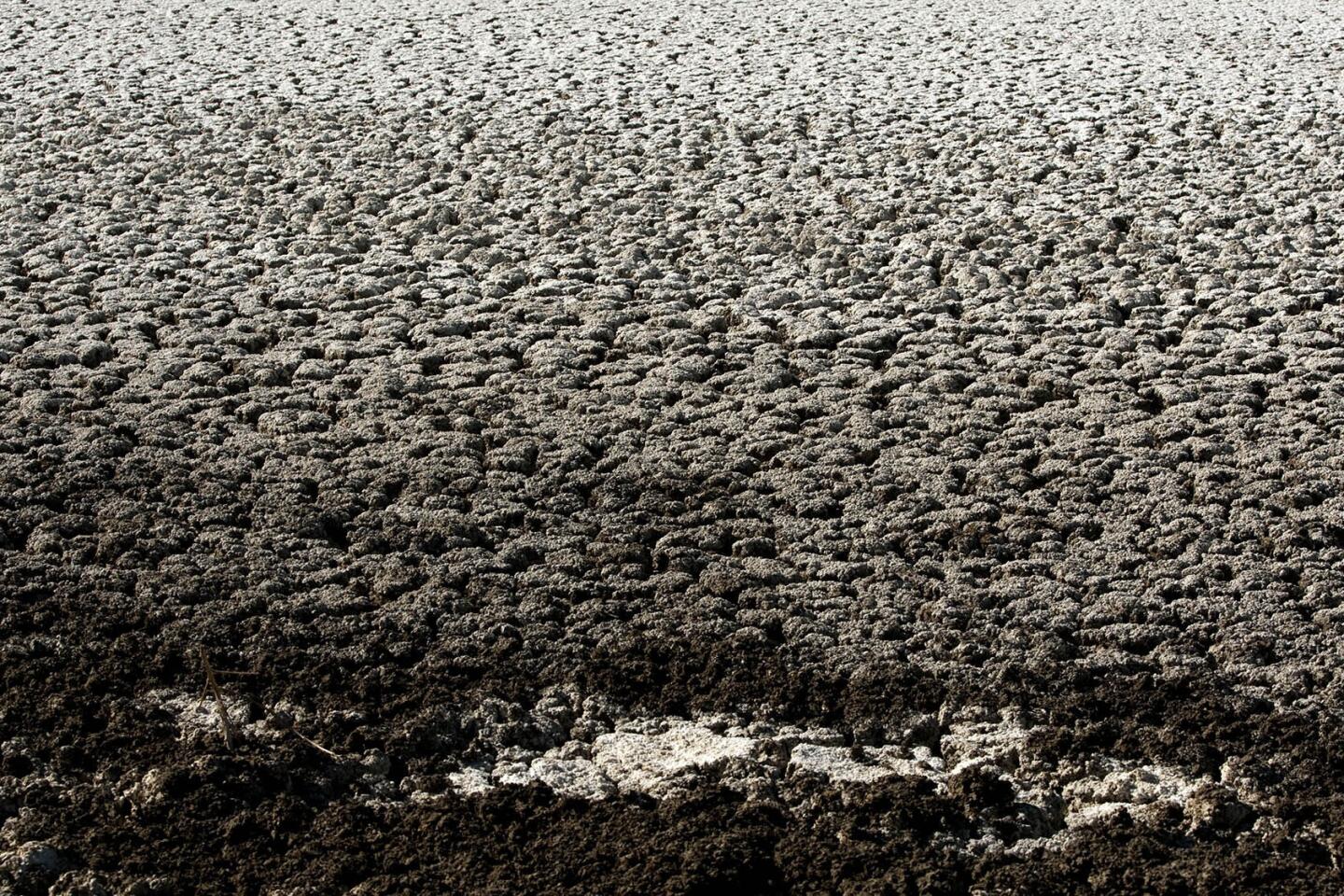
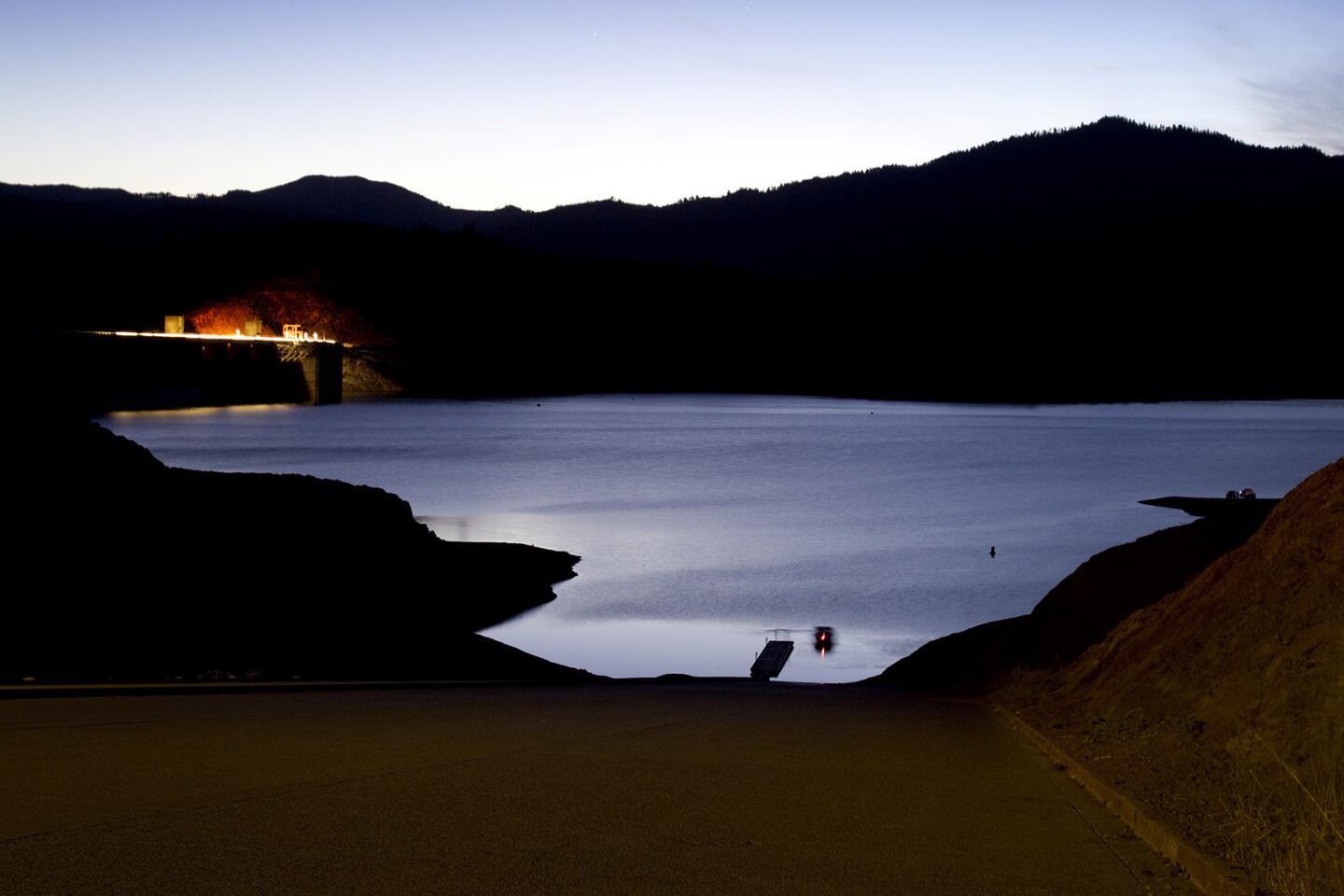

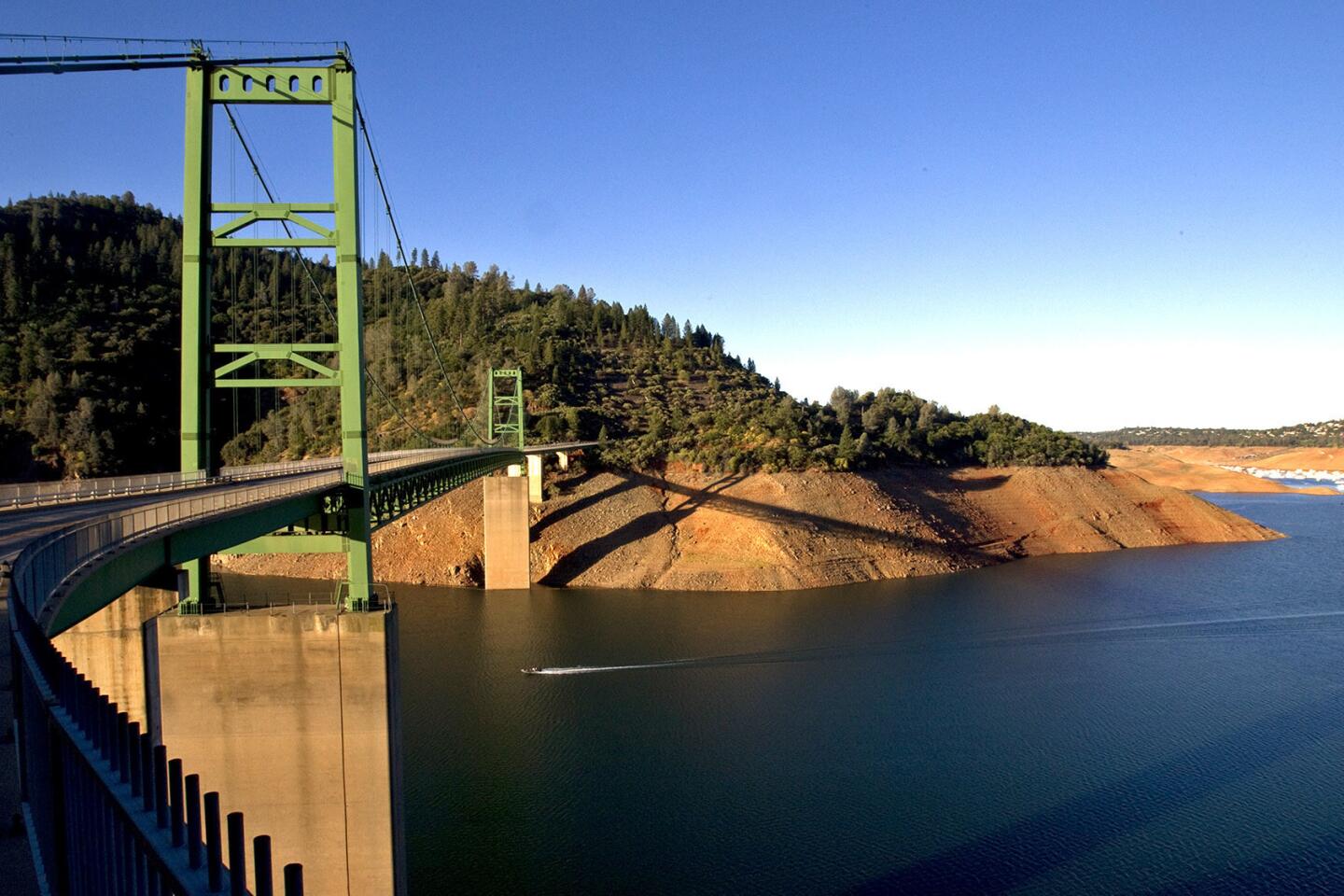
A boater speeds under the New Bidwell Bar Suspension Bridge as severe drought conditions show the water down 160 feet from the high water mark at Lake Oroville on June 21, 2014. Officials say Lake Oroville is at 43% capacity and is likely to get worse, but is not as bad as the drought of 1976-77.
(Allen J. Schaben / Los Angeles Times)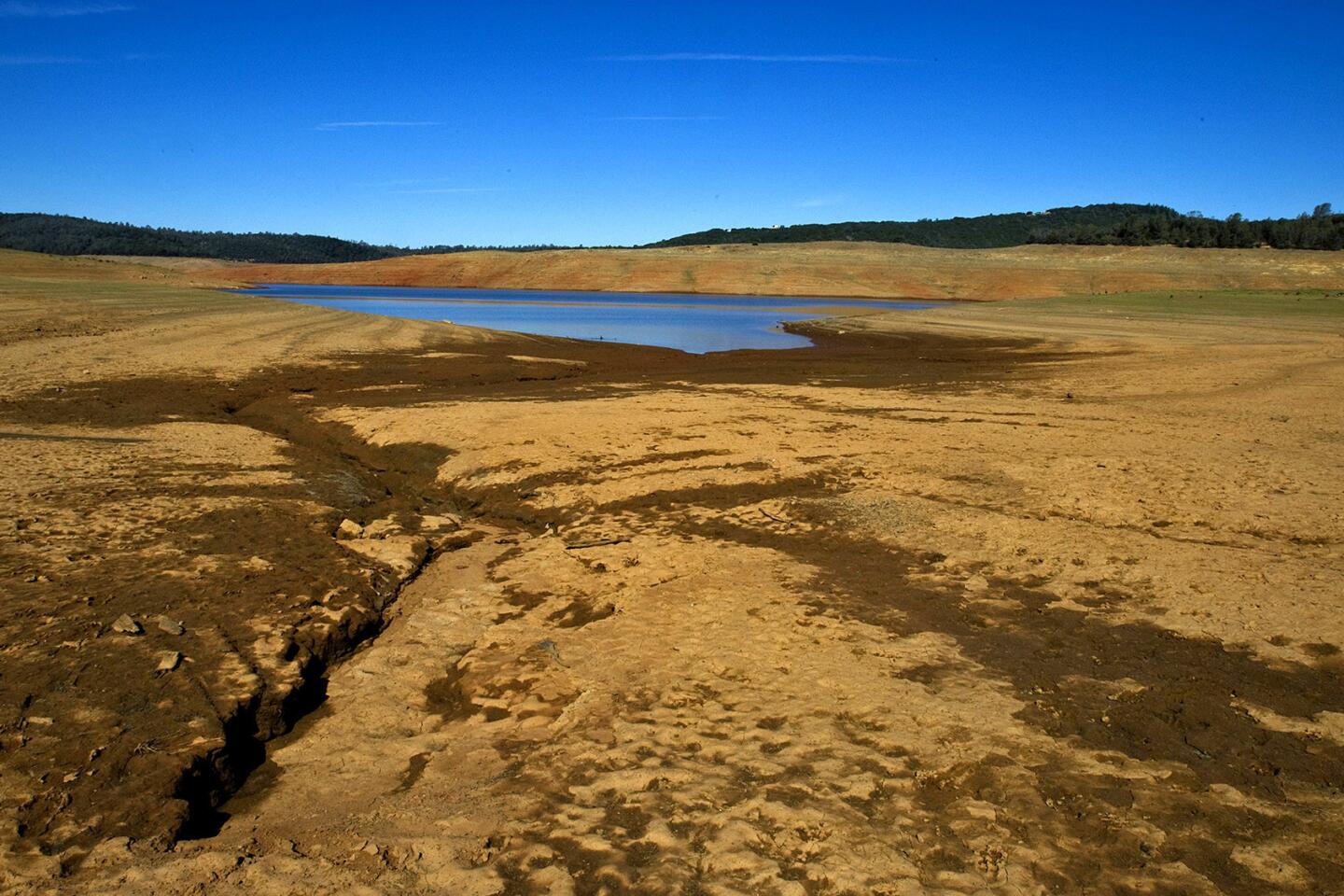
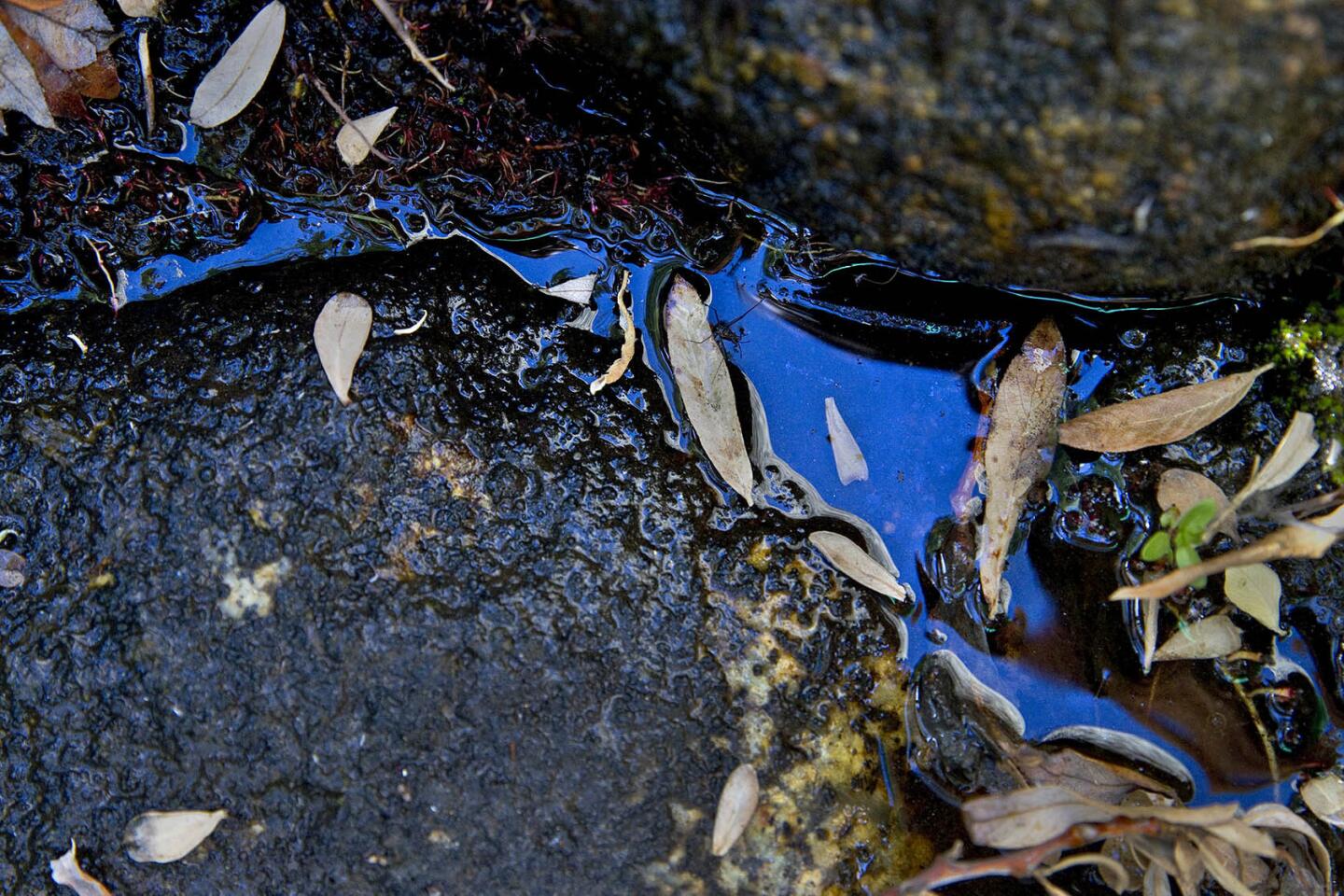
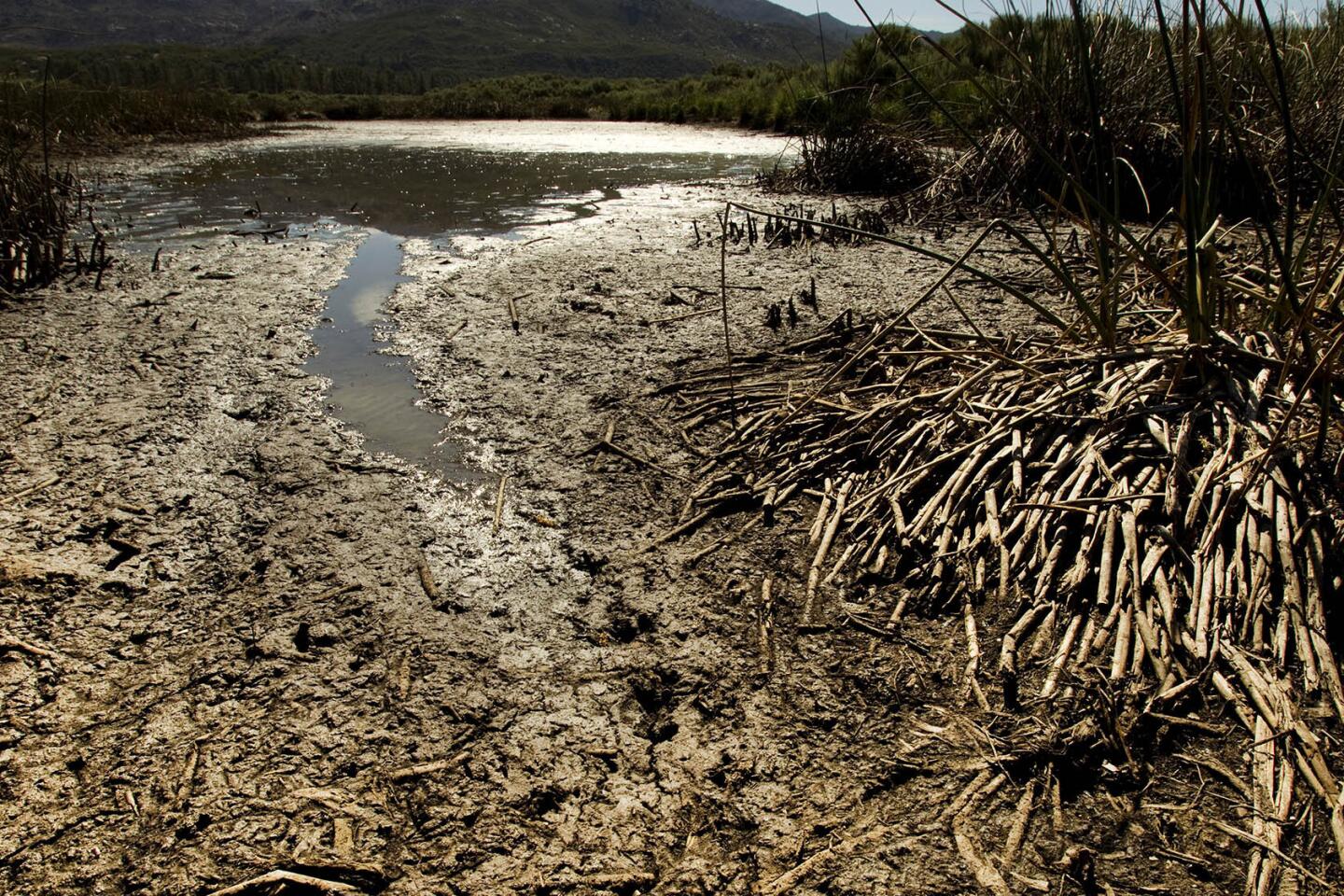
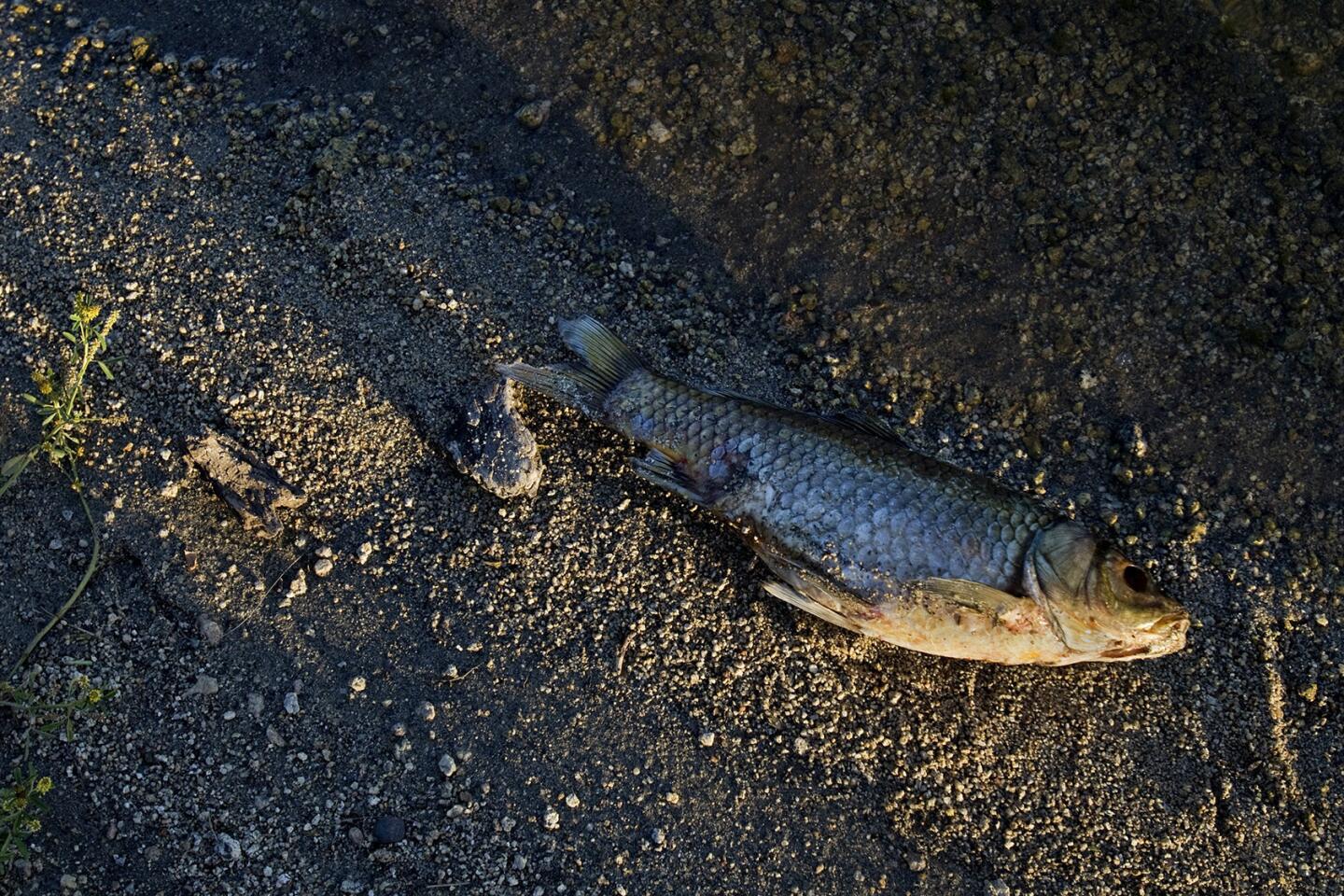
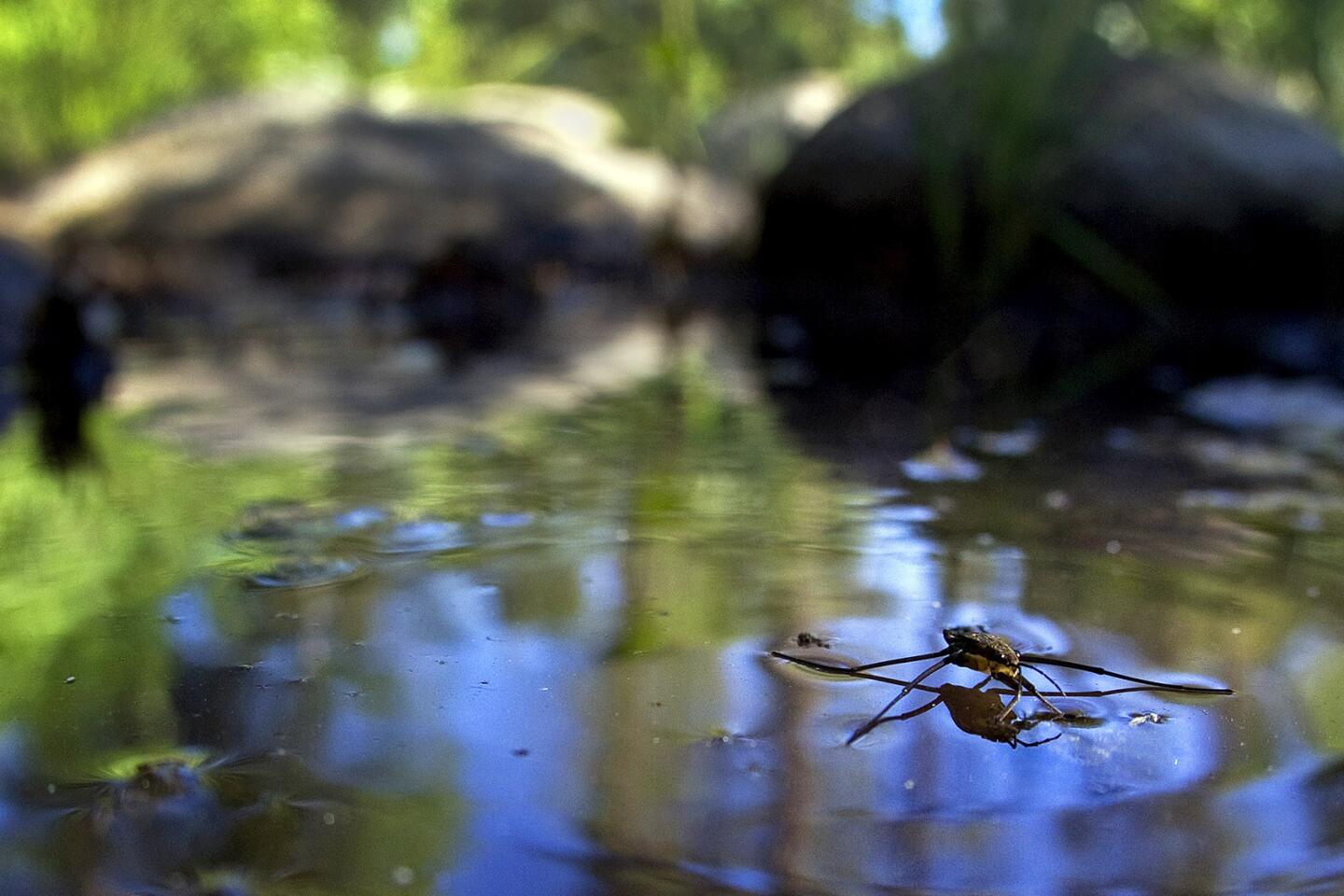
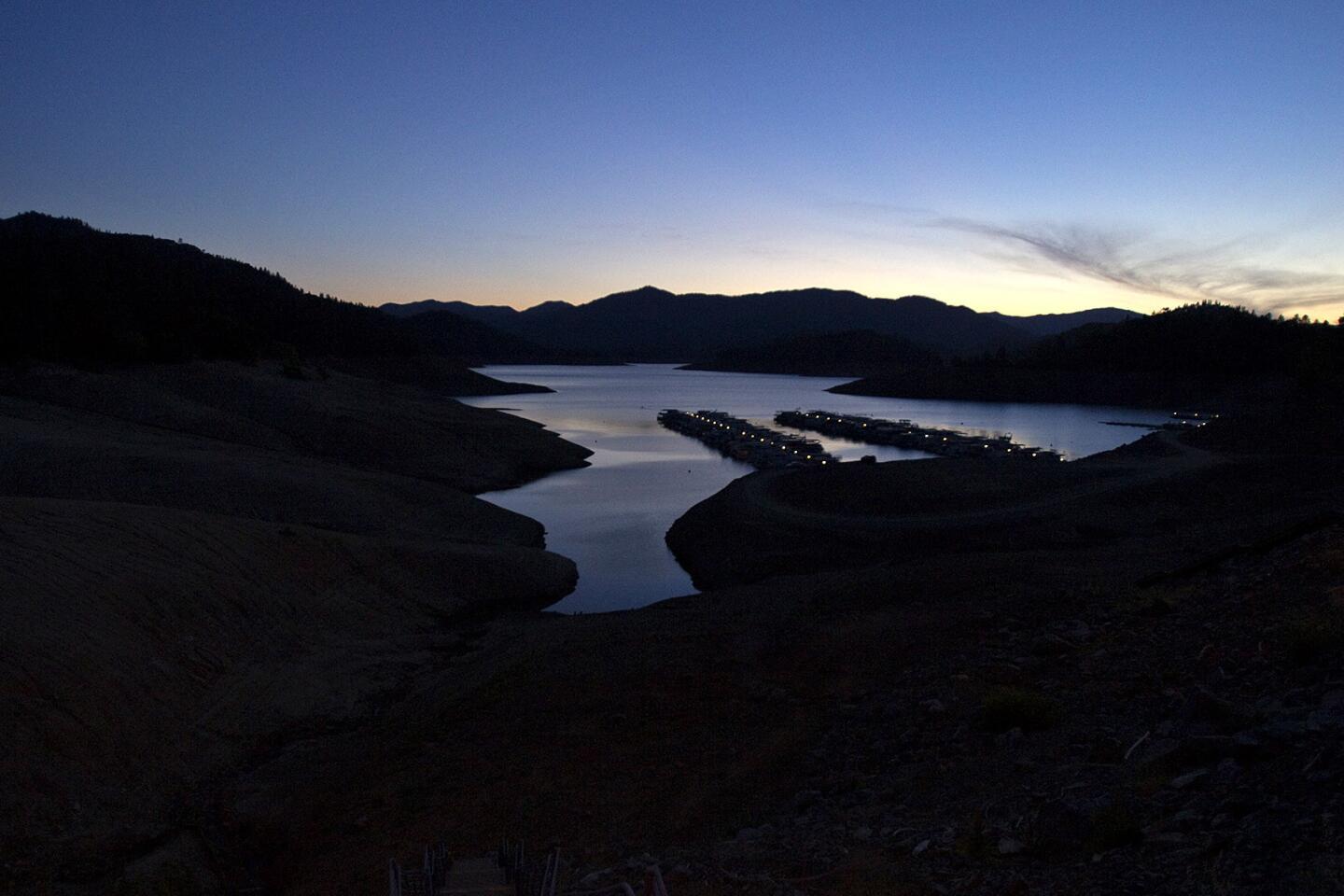
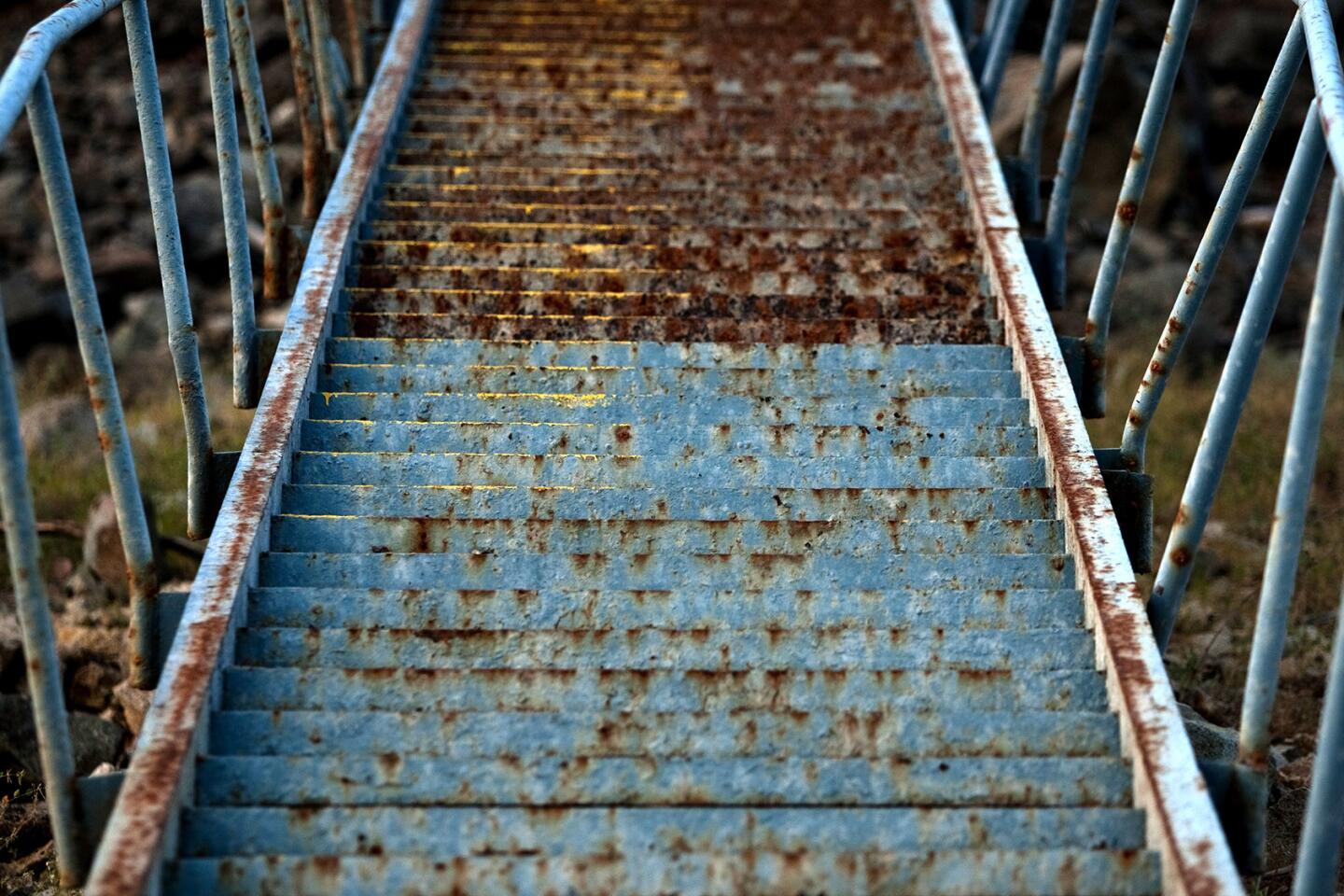
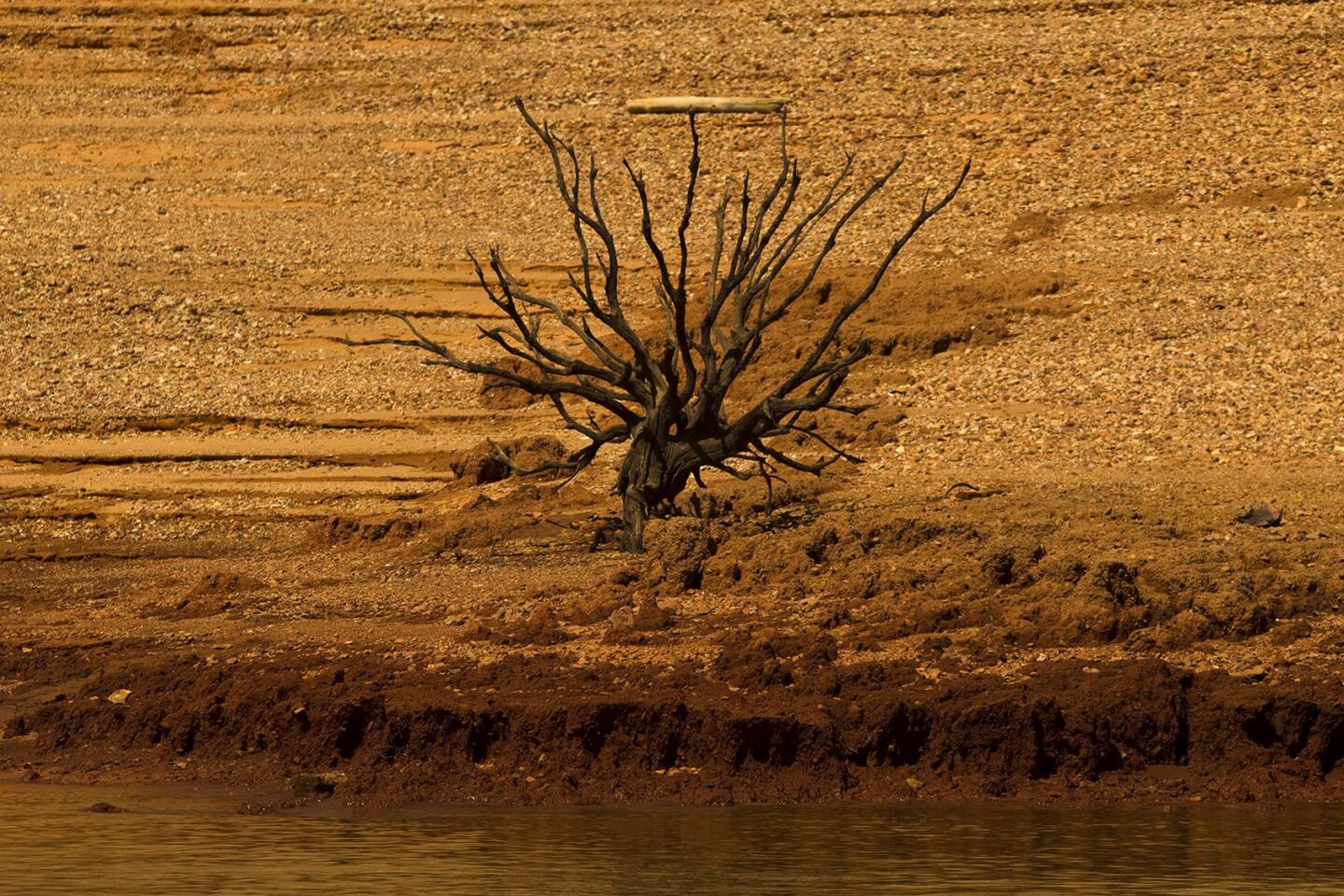
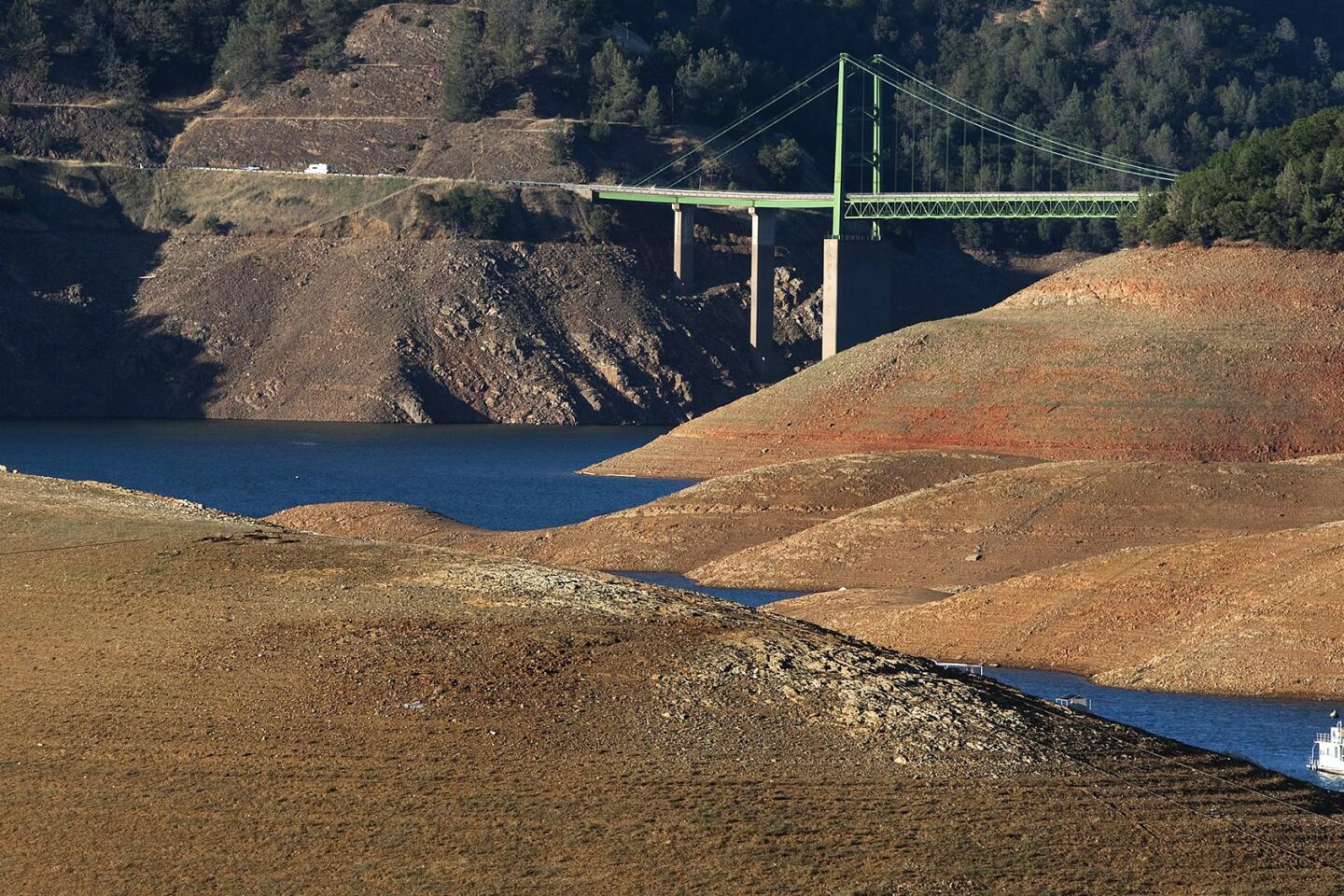
Severe drought conditions are evident as a lone houseboat is dwarfed by steep banks that show the water level down 160 feet from the high water mark at Lake Oroville on June 21, 2014. Receding water levels are revealing prehistoric and historic artifacts such as bedrock mortars and projectile points made by the Maidu people and remnants of placer and dredge mining that thrived here after John Bidwell discovered gold in 1848.
(Allen J. Schaben / Los Angeles Times)To the editor: Animal agriculture uses more water for drinking and growing food for feed than even the thirstiest vegetable crops. California would realize gargantuan water savings if more crops were fed directly to people instead of being wastefully diverted to the production of meat, dairy and eggs. (“Gov. Brown’s drought plan goes easy on agriculture,” April 3)
All we have to do is alter our habits and incentivize the growing of vegetable and fruit crops. I hope to read this inconvenient truth in The Times, especially on the front page, more often.
Deborah W. Elliott, Pacific Palisades
..
To the editor: Several weeks ago my wife and I went looking for wildflowers. We drove through the back roads of the Salinas Valley and the southwest side and foothills of the Central Valley.
The farms in this area are crying about the lack of water; they would have the Sacramento River drained to get their way.
During our trip we saw thousands of acres of new farming requiring more and more water. These were orchards, vineyards and fields. Many of the products will be shipped overseas. These are mostly corporate farms, not the mom-and-pop operations they would have you believe they are.
Don’t drain the state’s very limited water resources for corporate welfare.
Mordy Kay, Los Angeles
..
To the editor: I respect Brown and will be knocking another minute off my shower. And I will turn the water off while brushing my teeth.
But I sure would like to hear that he will be addressing the massive use of water for fracking. And how about preventing oil companies from reinjecting their fracking effluent into our aquifers?
Delton Lee Johnson, Santa Paula
Follow the Opinion section on Twitter @latimesopinion and Facebook
A cure for the common opinion
Get thought-provoking perspectives with our weekly newsletter.
You may occasionally receive promotional content from the Los Angeles Times.

